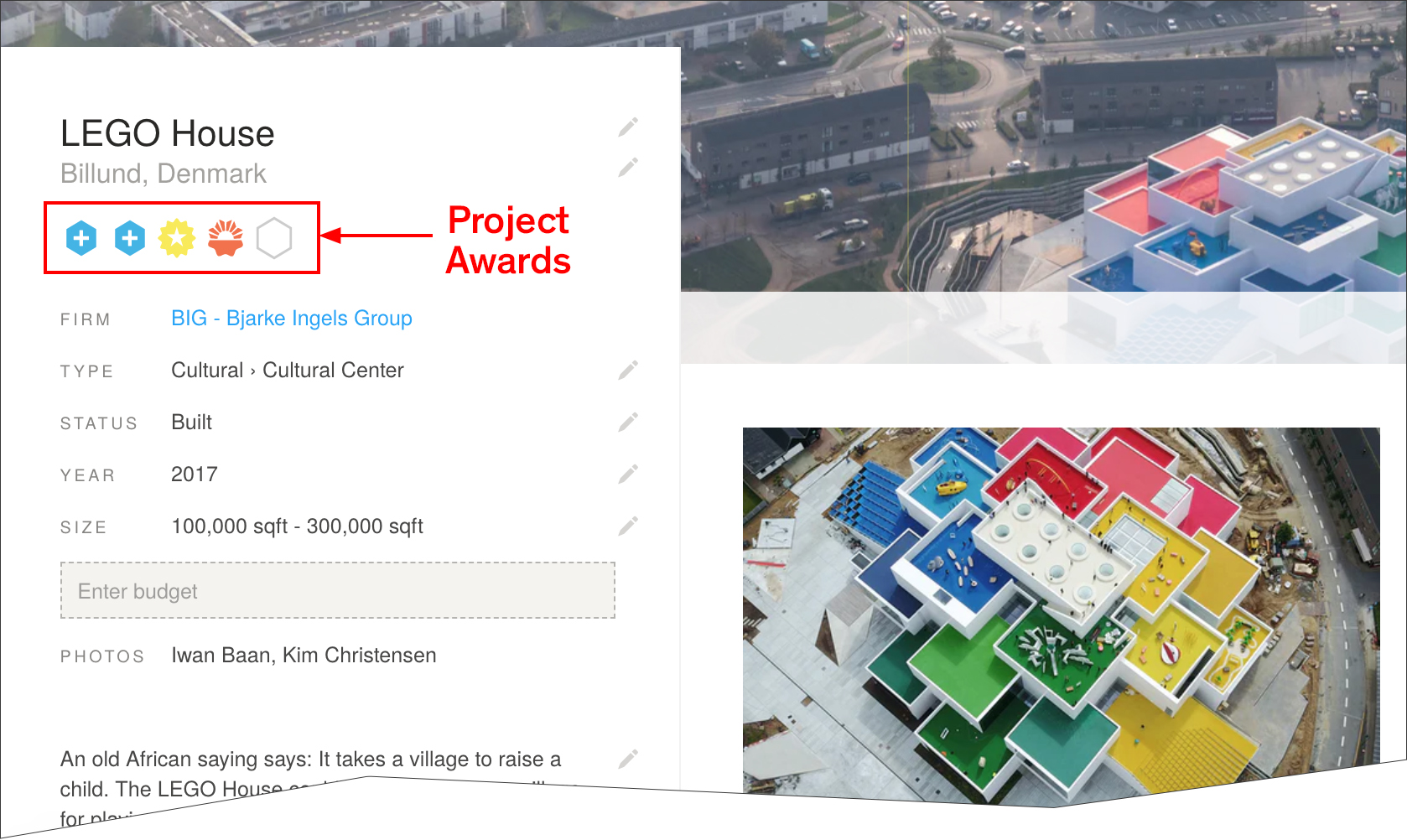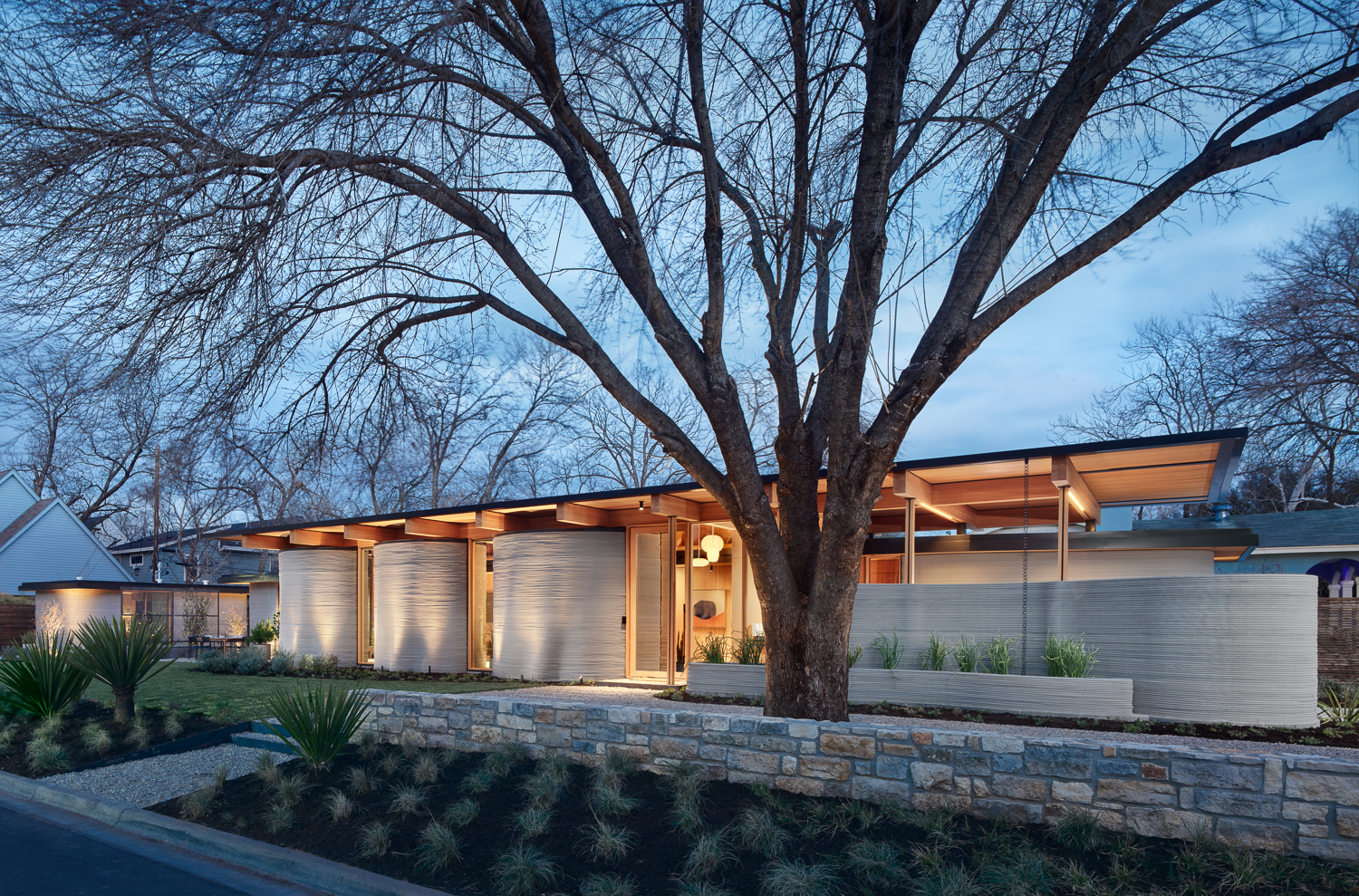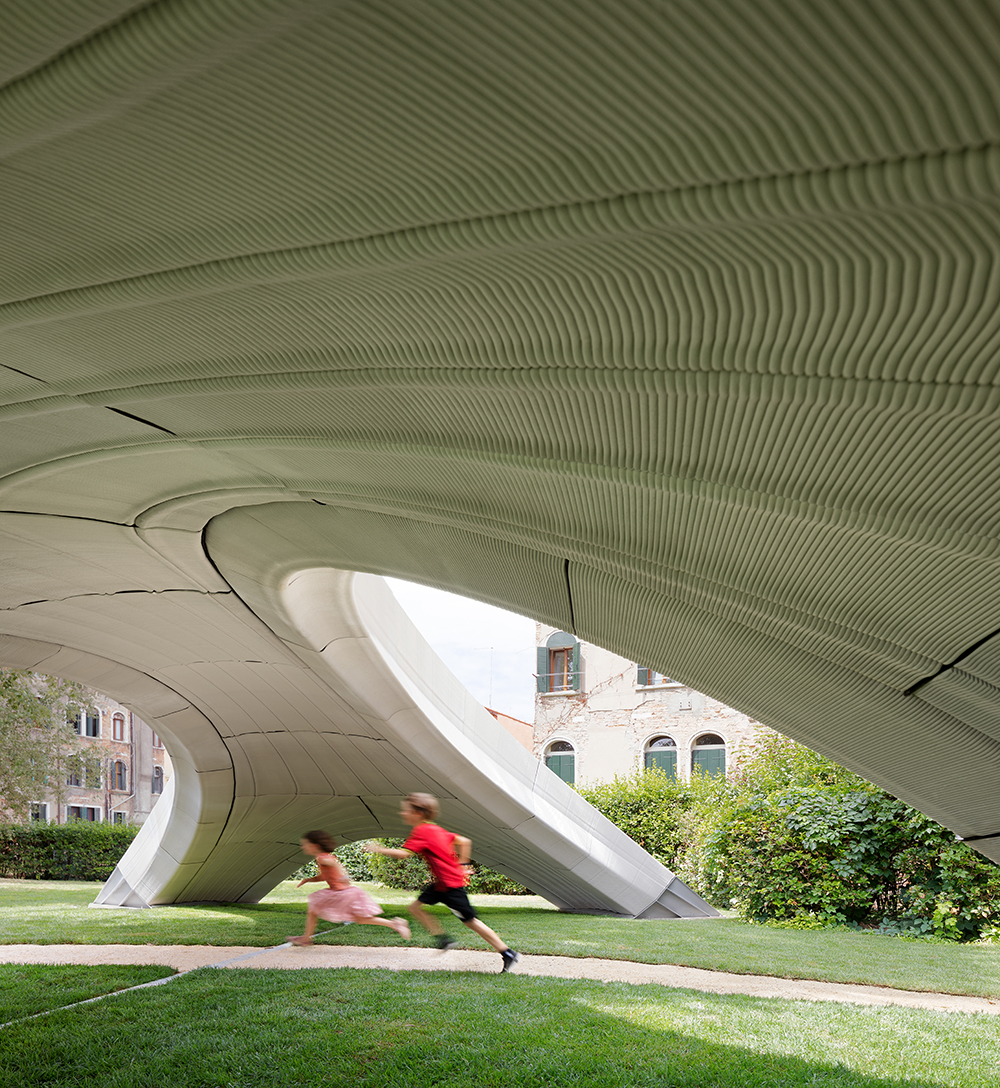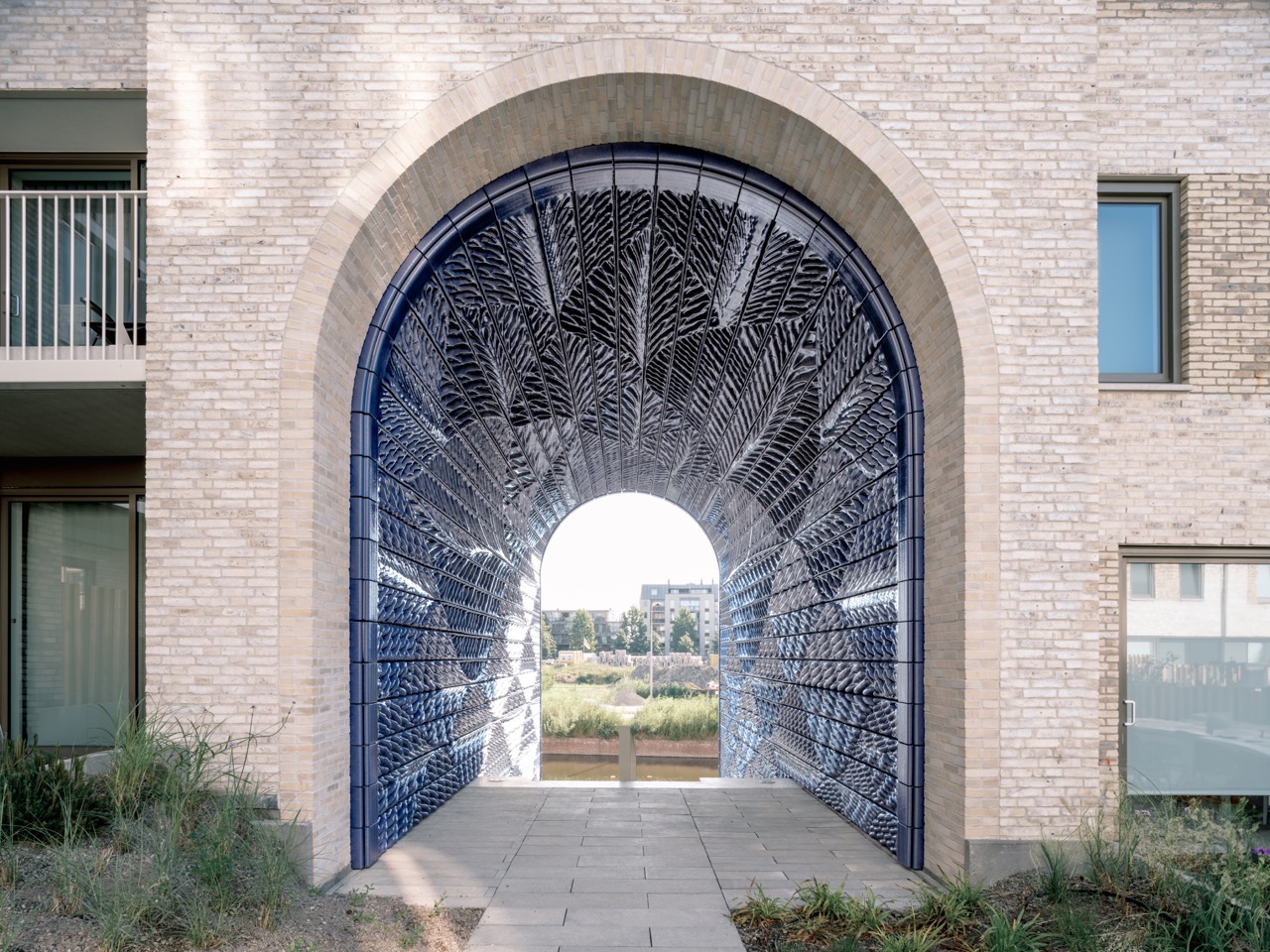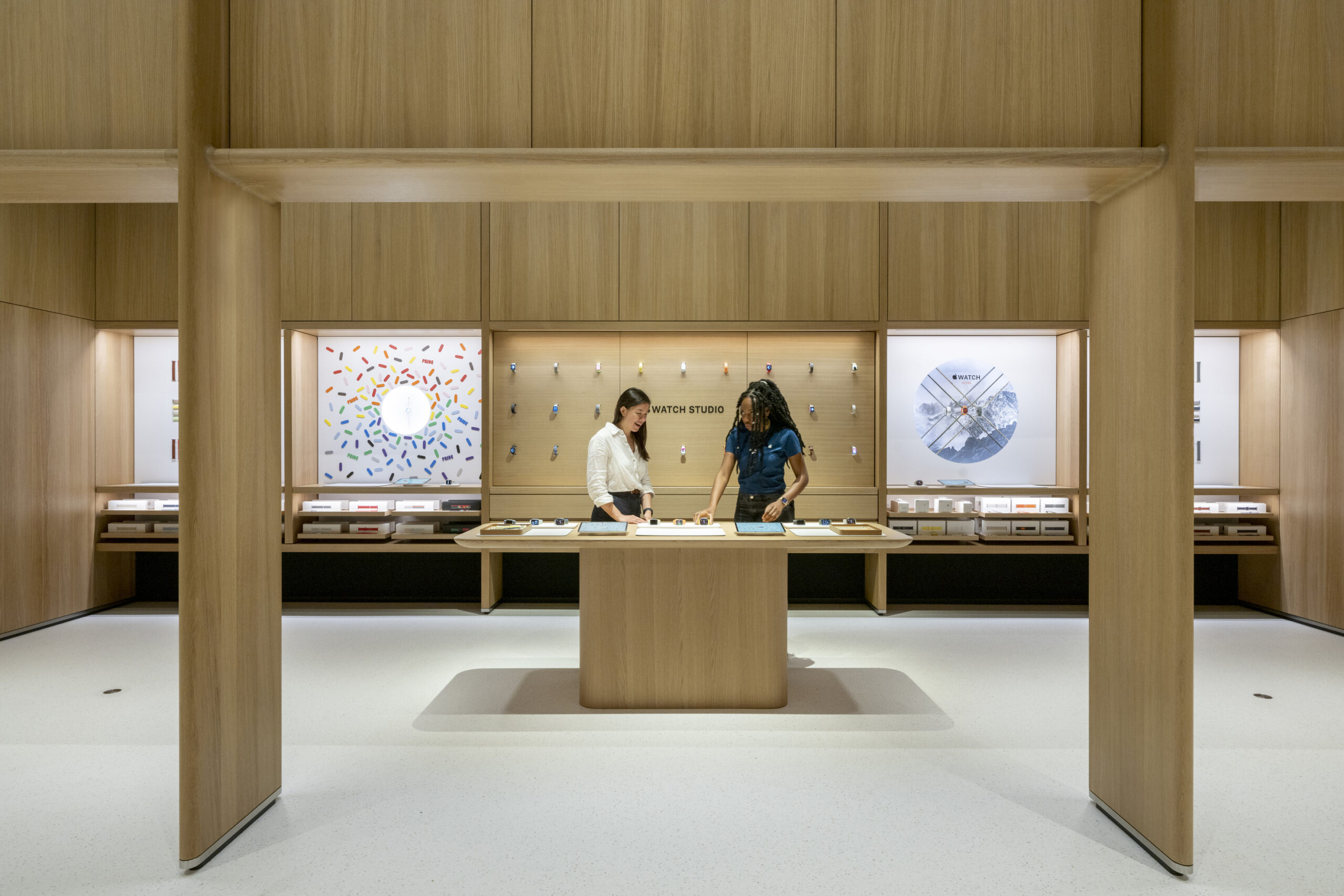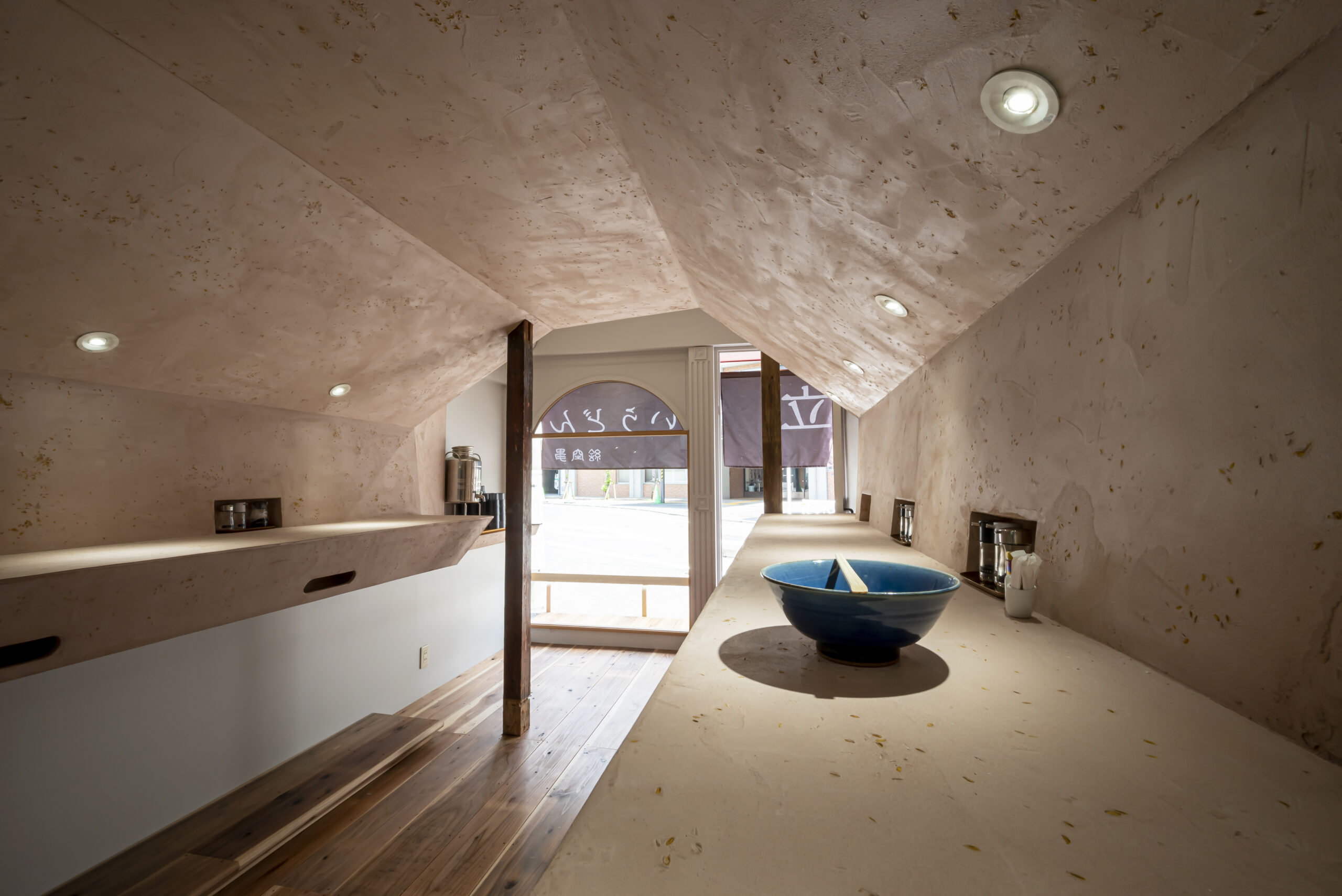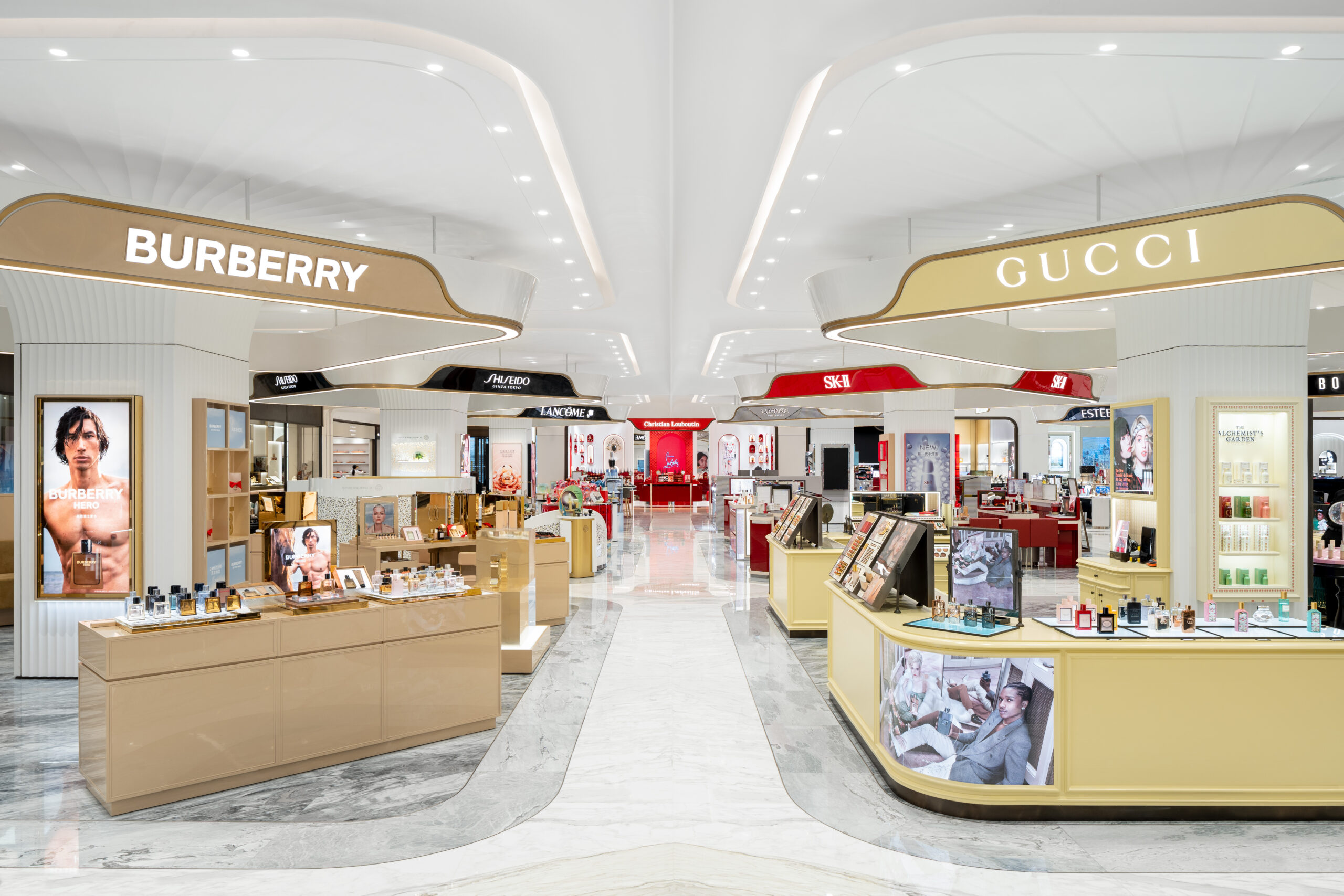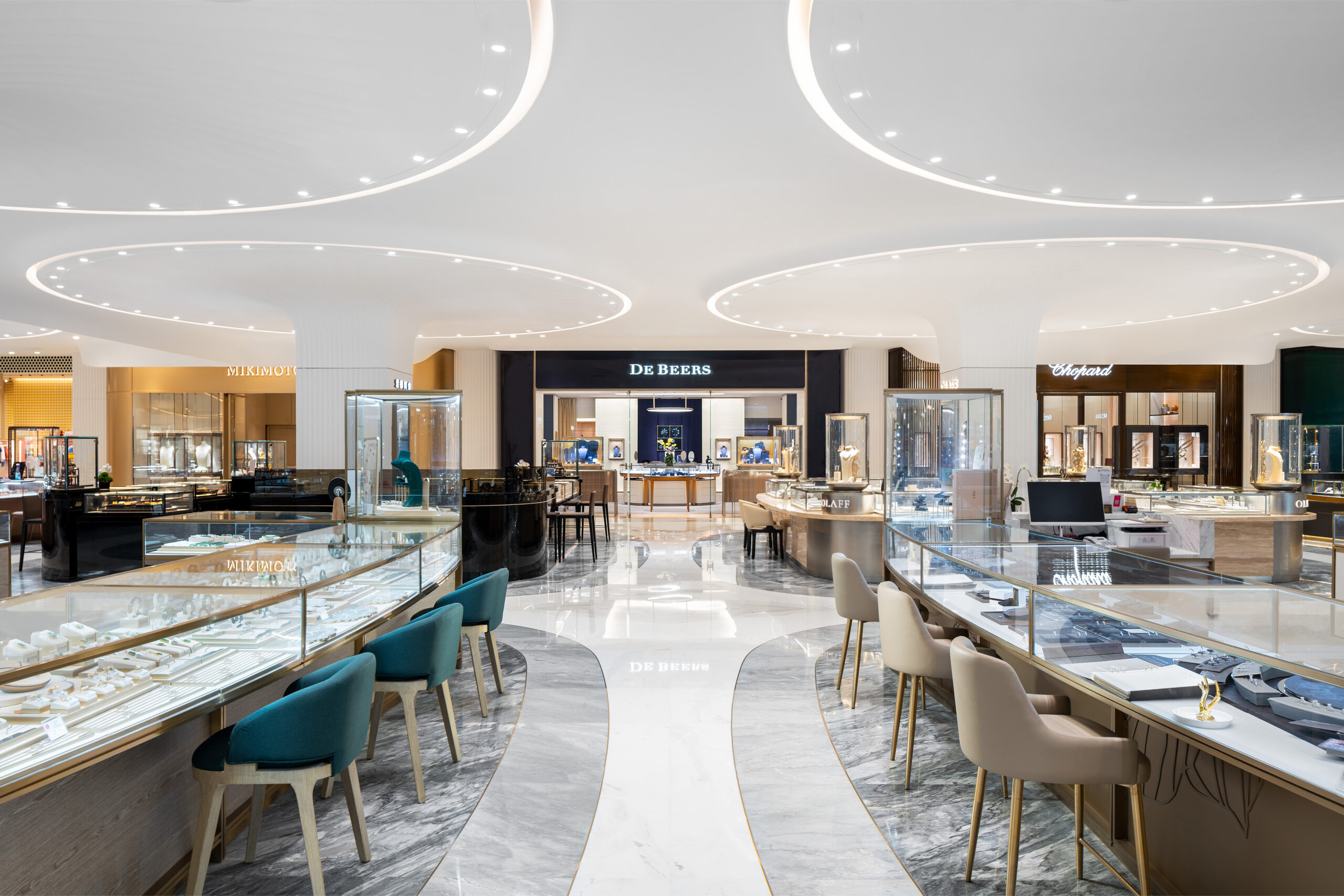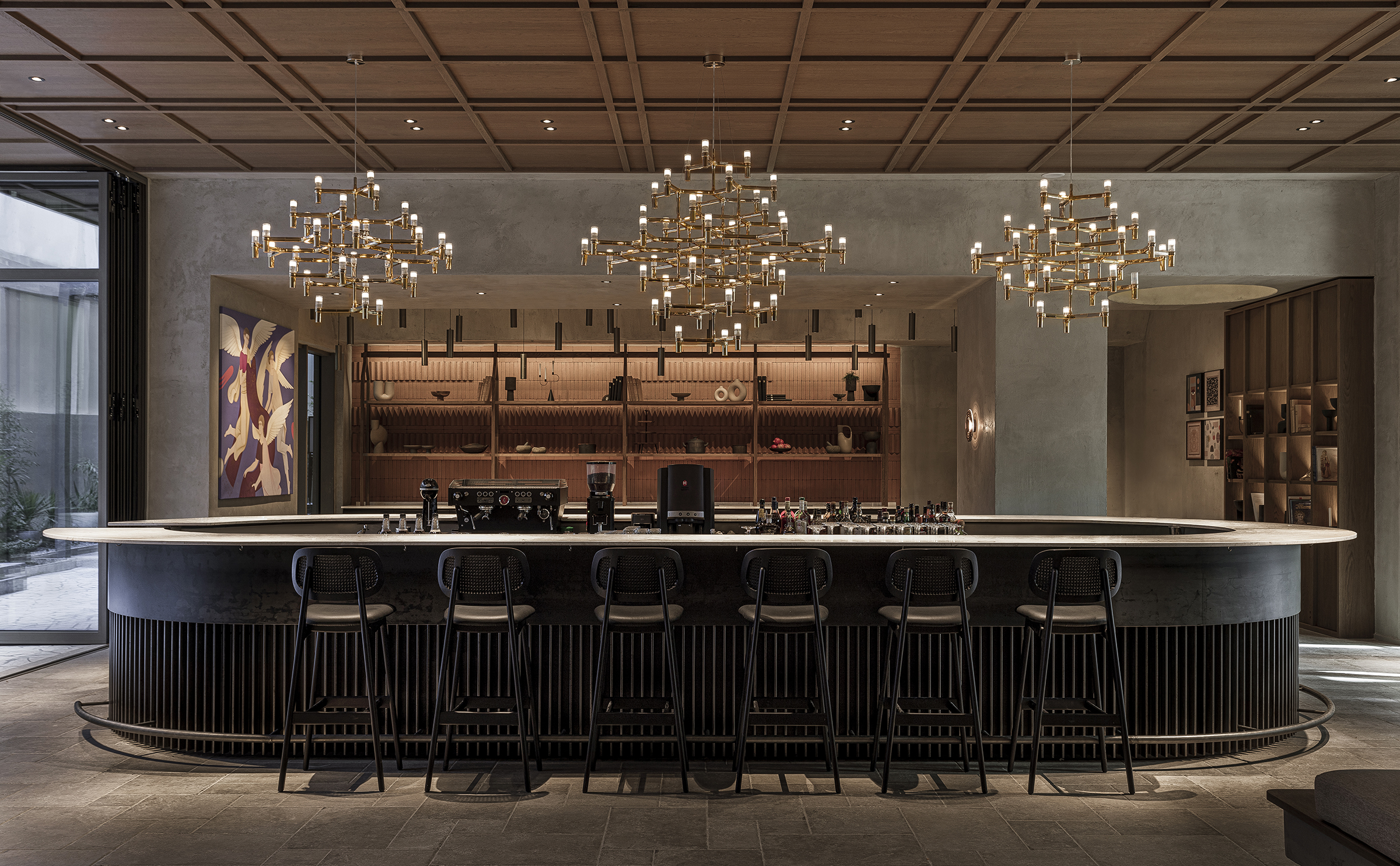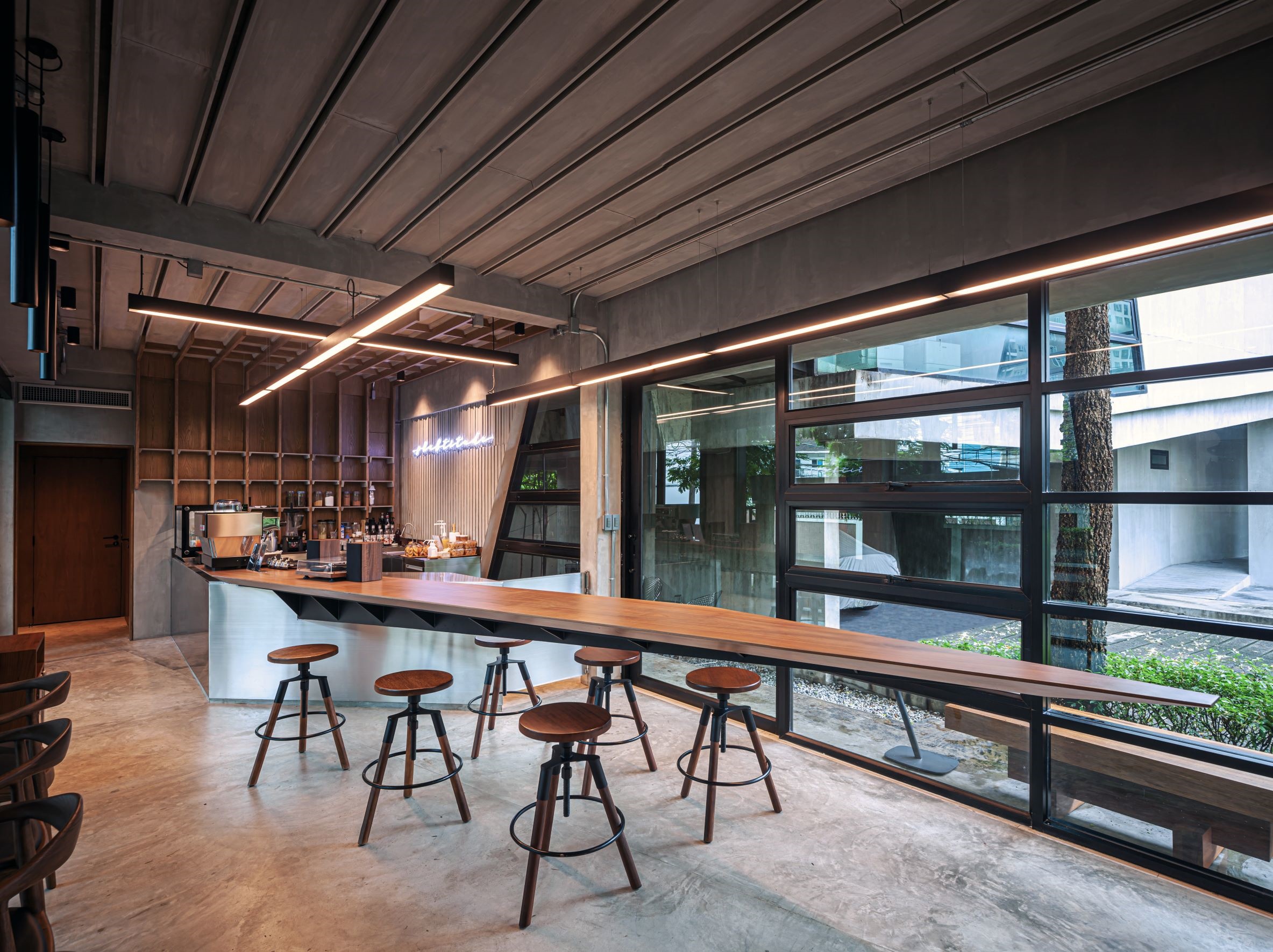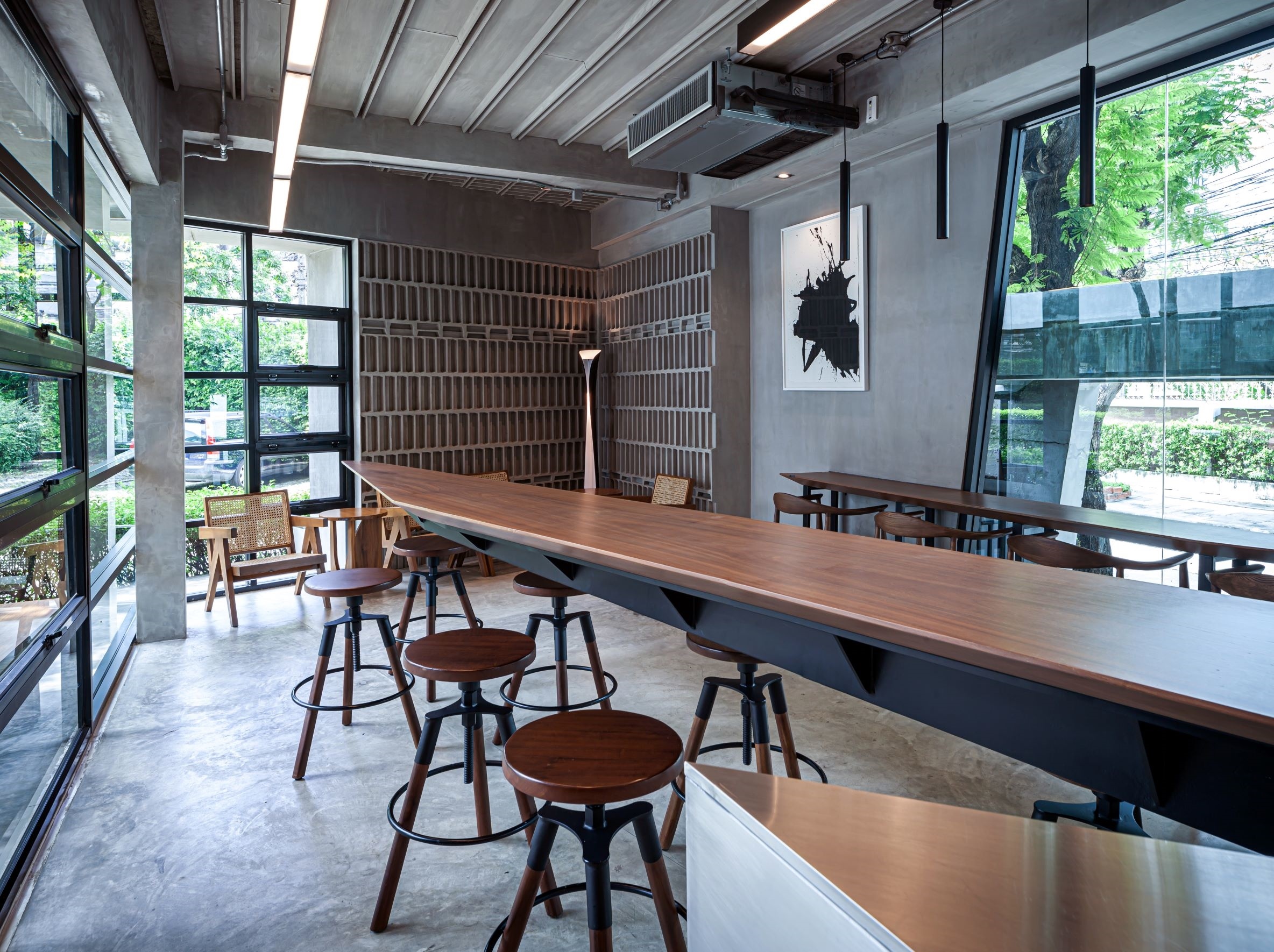Foundations of Excellence: 6 Instances of Institutional Architecture at Its Finest
Design holds the power to enrich the lives of communities and people around the world. For this year’s Architizer A+ Awards program, projects were submitted across institutional architecture that stand out for their profound impact on how they bring people together. These buildings encompass an array of libraries, schools, community centers and civic buildings — spaces integral to the fabric of cities. In an era marked by rapid urbanization and societal shifts, the relevance of exceptional institutional architecture has never been more pronounced. These structures not only provide essential services but also foster community, inclusivity and innovation.
The A+ Awards highlight the most inspiring and innovative architectural projects from around the globe. This year’s winners in the institutional architecture category exemplify some of the best in contemporary design. From state-of-the-art educational facilities to inviting community hubs, these projects showcase a commitment to accessibility and beauty. Each design also reflects a deep understanding of the unique needs and aspirations of the communities they serve. Discover a few of the winners below, and see the full list of human-centric designs here.
Kresge College Expansion at the University of California, Santa Cruz
By Studio Gang, Santa Cruz, California
Popular Choice Winner, 12th Annual A+Awards, Higher Education and Research Facilities
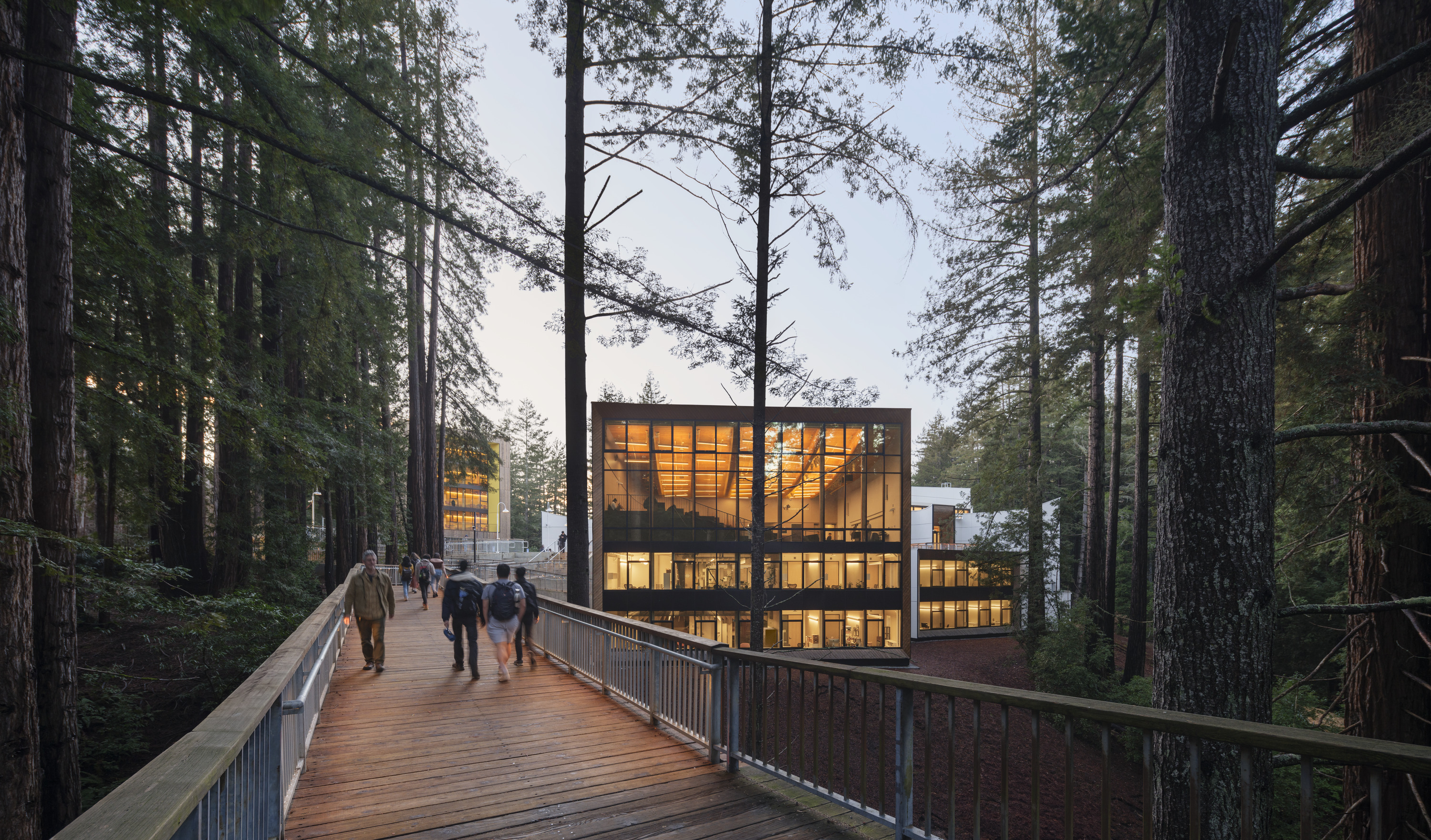
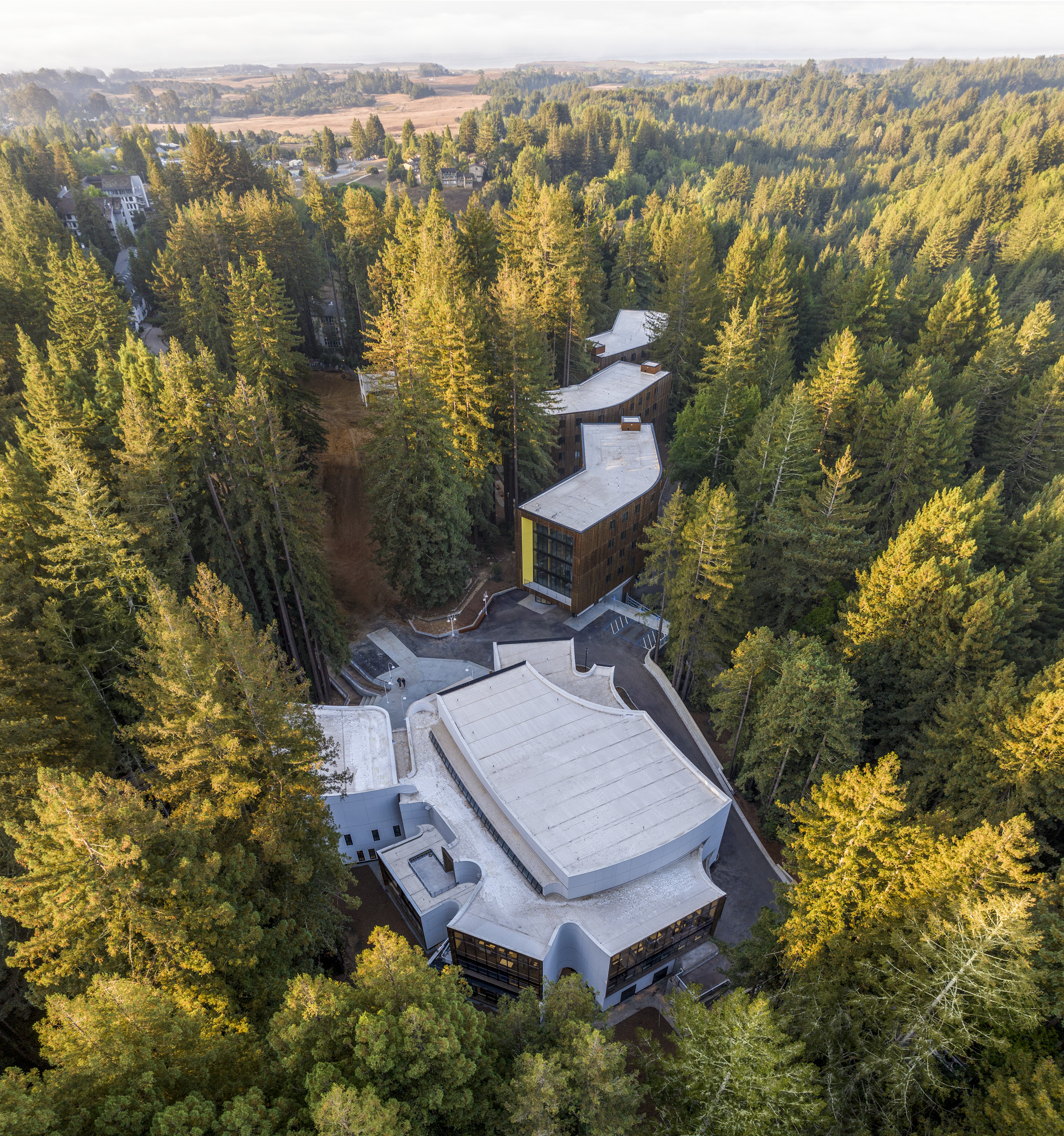 Located in a redwood forest in northern California, Kresge College has been an experiment in student-driven education since 1971. Originally designed by Charles Moore and William Turnbull, the “hill town” campus features a playful village anchored by a winding pedestrian street where students could practice participatory democracy and explore new ways of living and learning. Fifty years later, Studio Gang’s campus expansion plan aims to rejuvenate this experimental environment while making it more inclusive and connected to the surrounding university and landscape.
Located in a redwood forest in northern California, Kresge College has been an experiment in student-driven education since 1971. Originally designed by Charles Moore and William Turnbull, the “hill town” campus features a playful village anchored by a winding pedestrian street where students could practice participatory democracy and explore new ways of living and learning. Fifty years later, Studio Gang’s campus expansion plan aims to rejuvenate this experimental environment while making it more inclusive and connected to the surrounding university and landscape.
The expansion includes four new buildings — three residential halls and an academic center — that complement the original design’s rectilinear, angular language with a more organic one of curvature and porosity. These buildings are carefully sited to preserve redwood trees and integrate with the natural topography. The project extends the original pedestrian street into a loop path, incorporating accessible pathways and connecting the campus with the surrounding forest and university. Enhancements to the historic runnel system improve stormwater management, while the redwood canopy and operable windows optimize passive cooling and ventilation.
Dich Vong Hau Kindergarten
By Sunjin Vietnam Joint Venture Company, Hanoi, Vietnam
Popular Choice Winner, 12th Annual A+Awards, Kindergartens
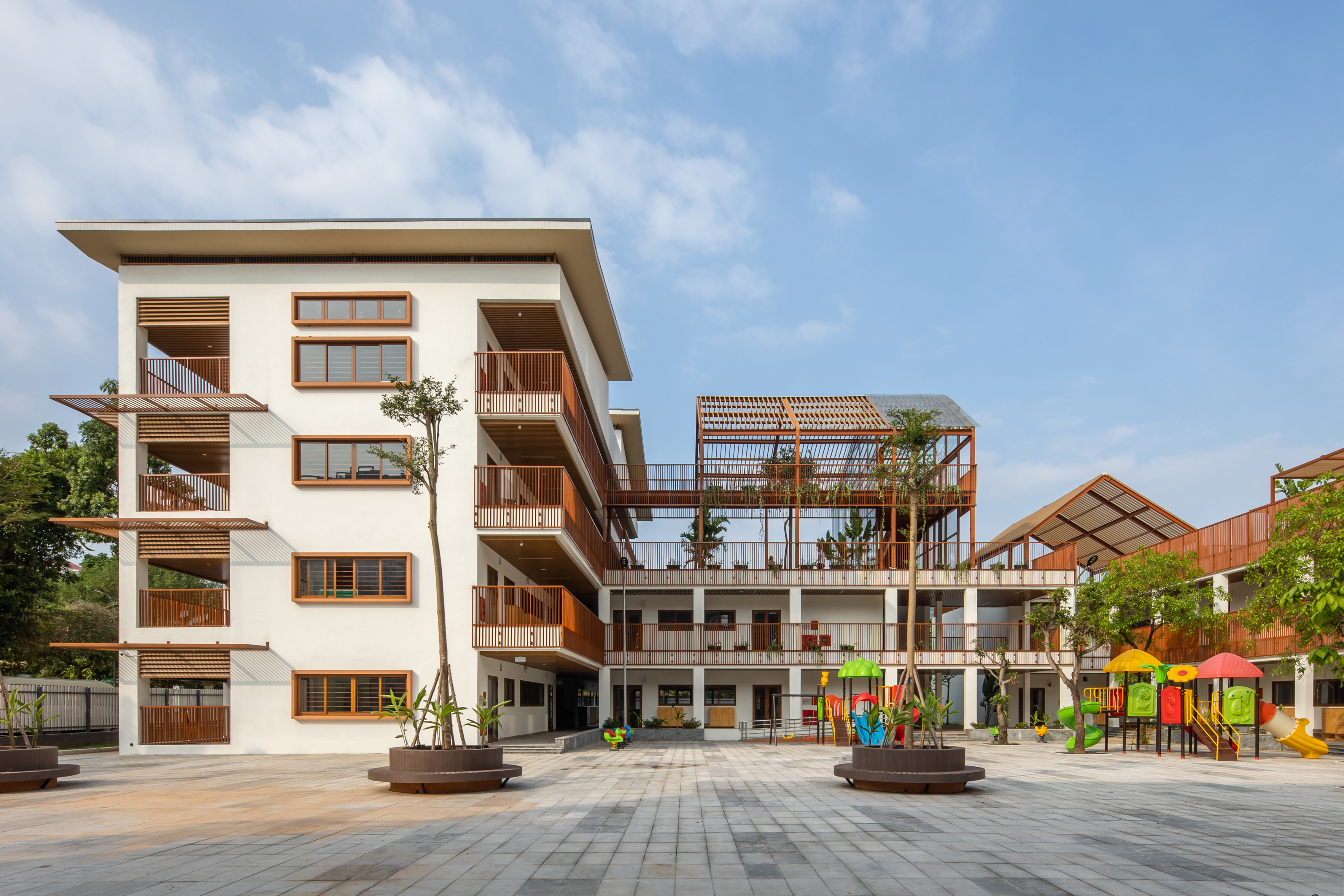
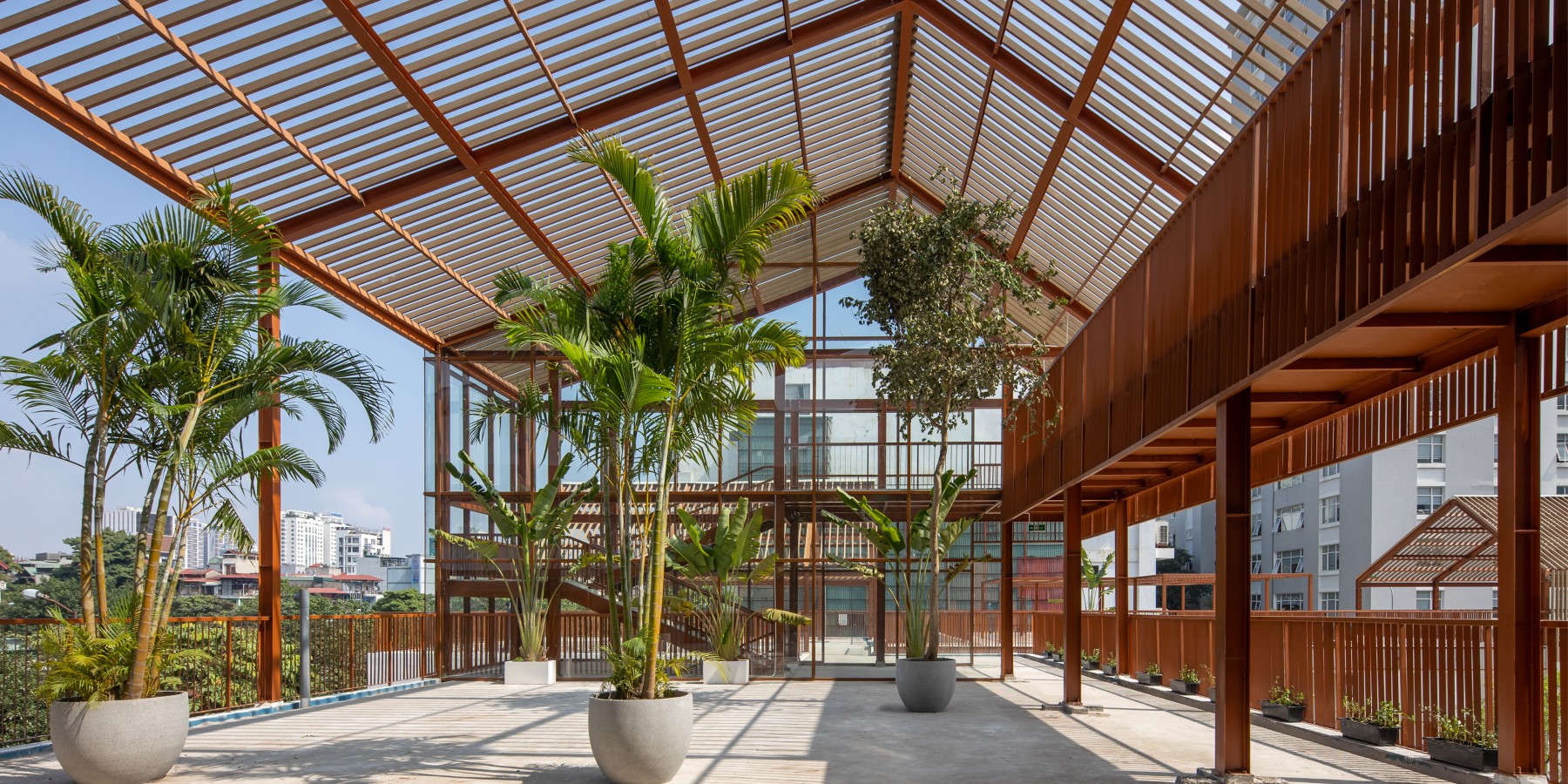 This 20-year-old suburban school, now within an urban growth area, has been restored to meet modern land use planning standards and updated teaching requirements. Originally a two-story building in poor condition with limited amenities and no play areas, the structure lacked the necessary facilities for contemporary education. The redesigned school retains the original framework but adds a third story with a steel frame coated in plastic wood, embracing a “students as the center” philosophy.
This 20-year-old suburban school, now within an urban growth area, has been restored to meet modern land use planning standards and updated teaching requirements. Originally a two-story building in poor condition with limited amenities and no play areas, the structure lacked the necessary facilities for contemporary education. The redesigned school retains the original framework but adds a third story with a steel frame coated in plastic wood, embracing a “students as the center” philosophy.
Two additional four-story blocks are being constructed on the west side, creating a secure central playground that serves as the school’s main skylight and promotes cross-ventilation. Classrooms have been reconfigured to increase their size by 1.5 times, featuring villa-like designs with lush gardens for natural ventilation and roof overhangs for shade. The roof is transformed into a green space, providing an area for learning and play while contributing to the city’s ecological landscape.
Nunawading Community Hub
By fjcstudio, Australia
Jury Winner, 12th Annual A+Awards, Community Centers
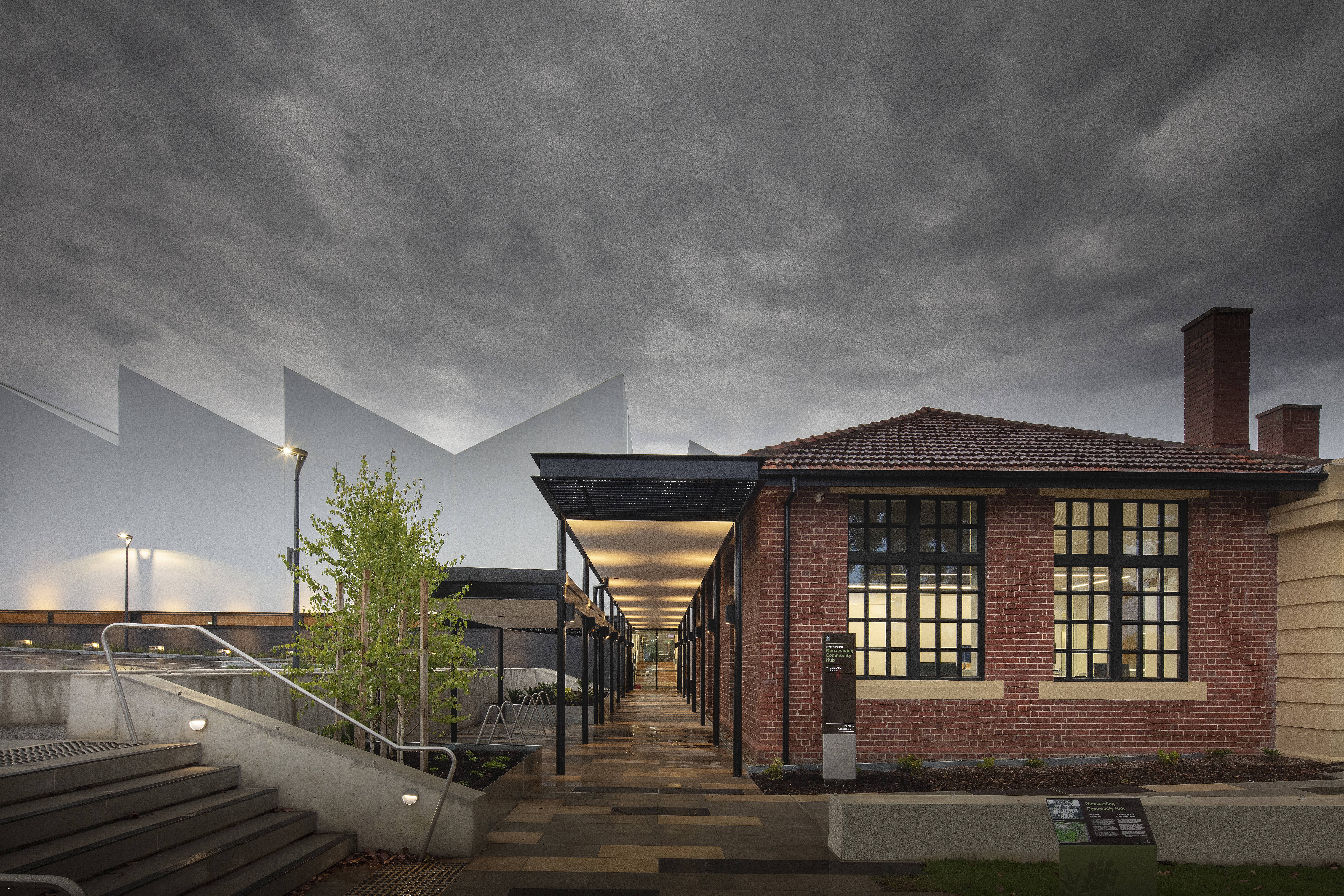
 This new community hub, located on the former Nunawading Primary School site, is interlinked with its old football oval and Tunstall Park. Built on the traditional lands of the Wurundjeri Woiwurrung People of the Kulin Nation, the site is historically referenced as a place of gathering. This heritage schoolhouse remains at the threshold, reflecting local materiality and celebrating the collective memory of those who spent their childhood there. Abstract white forms rise as a backdrop to the heritage fabric and park, creating a sense of monumentality and dignity for this important public place.
This new community hub, located on the former Nunawading Primary School site, is interlinked with its old football oval and Tunstall Park. Built on the traditional lands of the Wurundjeri Woiwurrung People of the Kulin Nation, the site is historically referenced as a place of gathering. This heritage schoolhouse remains at the threshold, reflecting local materiality and celebrating the collective memory of those who spent their childhood there. Abstract white forms rise as a backdrop to the heritage fabric and park, creating a sense of monumentality and dignity for this important public place.
The design team’s approach was to create an open, inviting public space, expressing equitable access for all. The scheme includes flexible settings for a wide range of community activities, while addressing specific user group needs. An inviting and transparent architecture reinforces the connection to the natural assets of the landscaped setting and residential suburban context. The design, with its simple forms and appropriate proportions, celebrates people, their creativity and their sense of togetherness, honoring the highly valued park and school building integral to Nunawading’s community.
Tainan Public Library
By Mecanoo and MAYU, Tainan City, Taiwan
Popular Choice Winner, 12th Annual A+Awards, Libraries
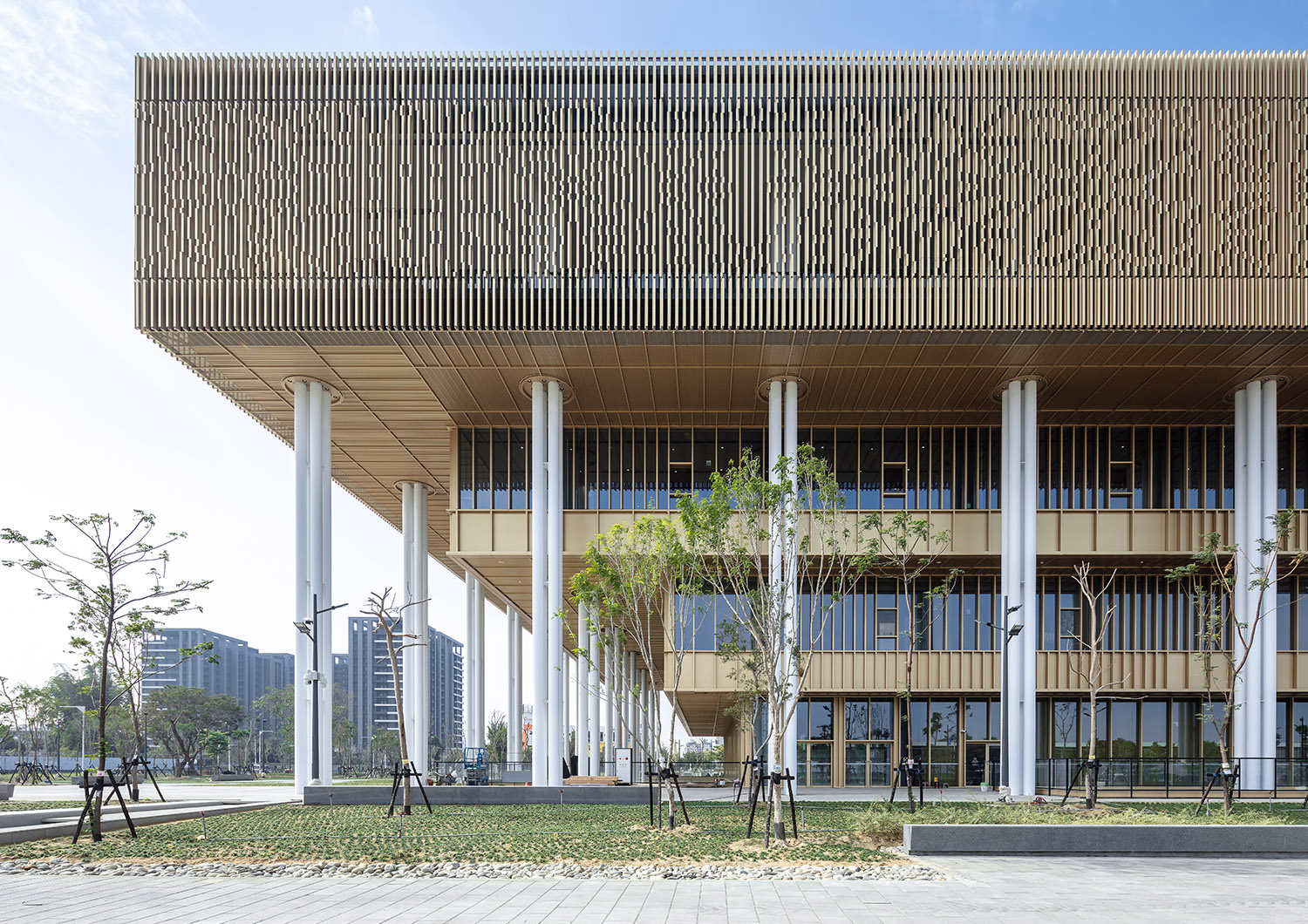
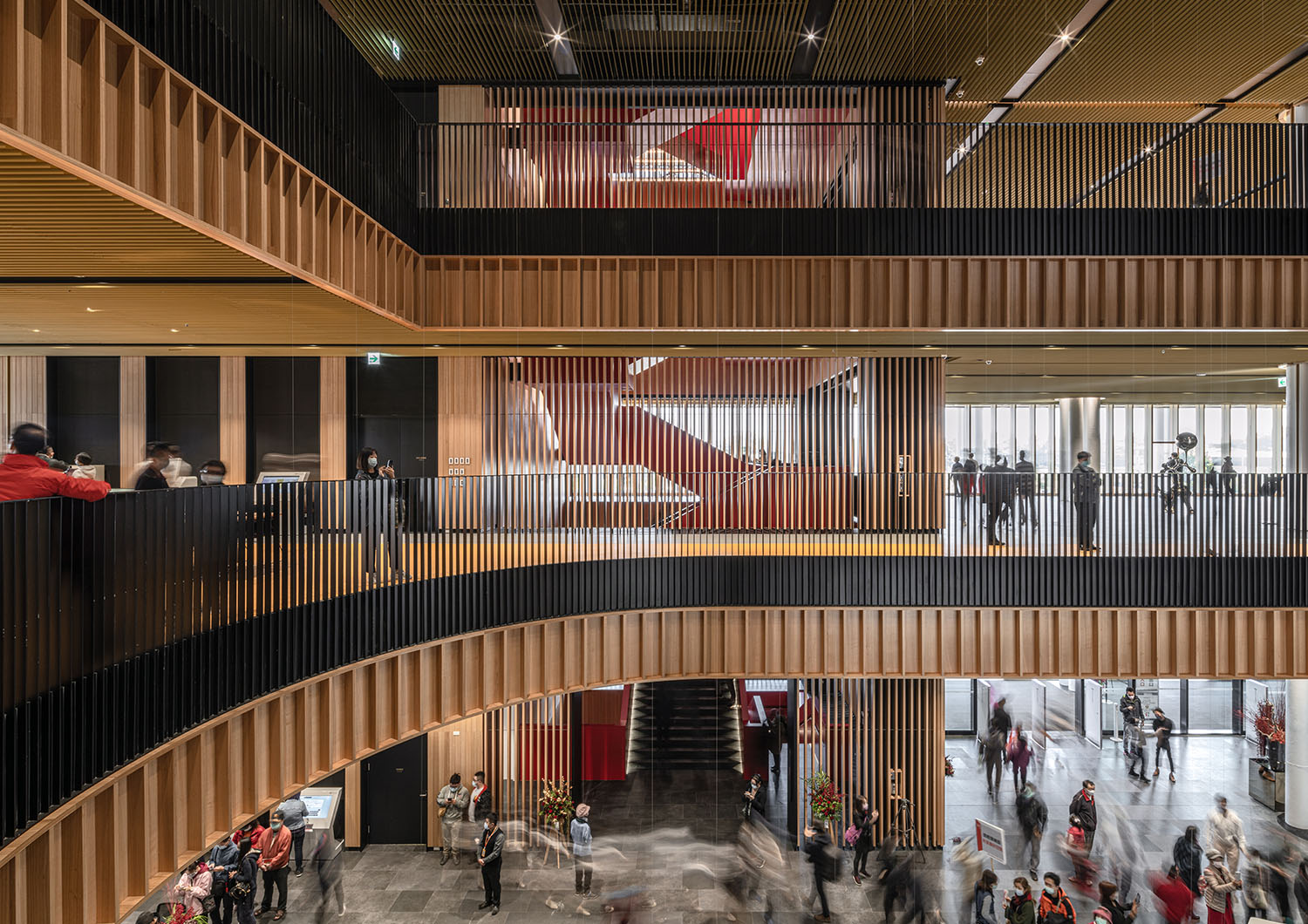 Mecanoo and MAYU’s design for the Tainan Public Library embodies the convergence of cultures, generations and histories. Inspired by Tainan’s local culture and tropical climate, the library houses the city’s cultural heritage, modern art, music, films and over a million books, including 16,000 from the Japanese occupation period. Equipped with modern library technologies, it serves as a cultural hub. The library’s most striking feature is its inverted stepped shape, supported by slender columns reminiscent of a bamboo forest.
Mecanoo and MAYU’s design for the Tainan Public Library embodies the convergence of cultures, generations and histories. Inspired by Tainan’s local culture and tropical climate, the library houses the city’s cultural heritage, modern art, music, films and over a million books, including 16,000 from the Japanese occupation period. Equipped with modern library technologies, it serves as a cultural hub. The library’s most striking feature is its inverted stepped shape, supported by slender columns reminiscent of a bamboo forest.
The crown of the building, adorned with vertical aluminum slats carved with flower patterns, filters light and reduces heat, creating a distinctive façade visible from afar. The library’s design seamlessly transitions between exterior and interior spaces. The stepped structure provides shelter, with four sunken patios for outdoor activities, such as lectures, concerts and exhibitions. The interior features a spacious double-height atrium with art by Paul Cocksedge and interactive installations. A red sculptural staircase intersects all levels, while upper floors offer stunning city views from the uppermost levels.
PEGS Gymnasium
By McBride Charles Ryan, Keilor East, Australia
Jury Winner, 12th Annual A+Awards, Primary and High Schools

 McBride Charles Ryan has been developing projects for the Penleigh and Essendon Grammar School (PEGS) senior campus for a number of years, creating a rich and diverse architectural experience. The campus is reimagined as a vibrant mini-city, with the latest addition, the ‘Palazzo della Regione,’ serving as the central meeting place. This building fosters civic engagement among students while offering flexible, utilitarian functions and a distinct civic presence. It seamlessly integrates with the existing gymnasium through a full-height operable wall, doubling the space for performances and competitions and maintaining its unique character.
McBride Charles Ryan has been developing projects for the Penleigh and Essendon Grammar School (PEGS) senior campus for a number of years, creating a rich and diverse architectural experience. The campus is reimagined as a vibrant mini-city, with the latest addition, the ‘Palazzo della Regione,’ serving as the central meeting place. This building fosters civic engagement among students while offering flexible, utilitarian functions and a distinct civic presence. It seamlessly integrates with the existing gymnasium through a full-height operable wall, doubling the space for performances and competitions and maintaining its unique character.
The new facility enhances the school’s interaction with the larger community. It frames the main school oval to the north, intensifying the connection between players and spectators, while the south facade serves as the main civic interface with a welcoming colonnade and scalloped brickwork. The design leverages the natural topography for tiered seating, reducing excavation costs and providing flexible space for gatherings. The building includes basketball courts, fitness centers, classrooms and multipurpose rooms, with sustainable features like a vaulted ceiling for passive cooling and a rooftop photovoltaic farm for electricity.
Changsha International Conference Center
By SCUT Architectural Design and Research Institute, Changsha, China
Popular Choice Winner, 12th Annual A+Awards, Government and Civic Buildings
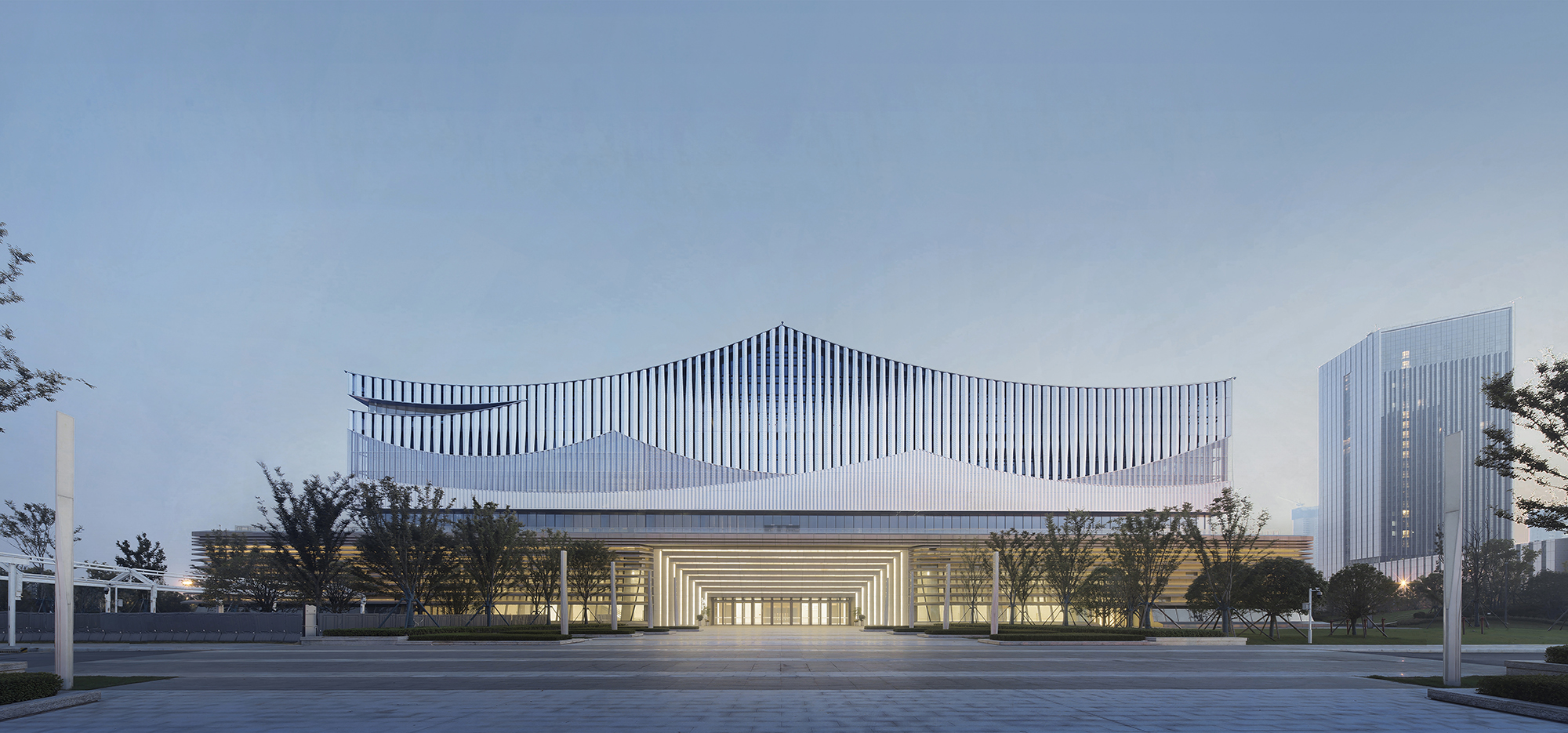
 The Changsha International Conference Center is located in the High-speed Railway New Town of Changsha City, overlooking Changshanan Railway Station and adjacent to the Changsha International Convention and Exhibition Center. The building consists of three above-ground floors and one underground floor. It features 60 conference halls and rooms that can accommodate up to 10,500 people, including a column-free main venue, a roundtable conference hall, a banquet hall, and a roof garden, making it the largest conference center in central China.
The Changsha International Conference Center is located in the High-speed Railway New Town of Changsha City, overlooking Changshanan Railway Station and adjacent to the Changsha International Convention and Exhibition Center. The building consists of three above-ground floors and one underground floor. It features 60 conference halls and rooms that can accommodate up to 10,500 people, including a column-free main venue, a roundtable conference hall, a banquet hall, and a roof garden, making it the largest conference center in central China.
The design of the conference center draws on traditional Chinese aesthetics and cultural symbols, integrating natural, architectural, and cultural elements such as mountain contours, sloped roofs, and unfolded Chinese folding fan patterns. This approach highlights the harmonious coexistence of human civilization and the natural environment, embodying the core values of Chinese culture. The building’s façade is inspired by ink paintings of the Chinese landscape and local guqin masterpieces, showcasing the dynamic scenery of the Xiao and Xiang Rivers.
Architects: Want to have your project featured? Showcase your work through Architizer and sign up for our inspirational newsletters.The post Foundations of Excellence: 6 Instances of Institutional Architecture at Its Finest appeared first on Journal.

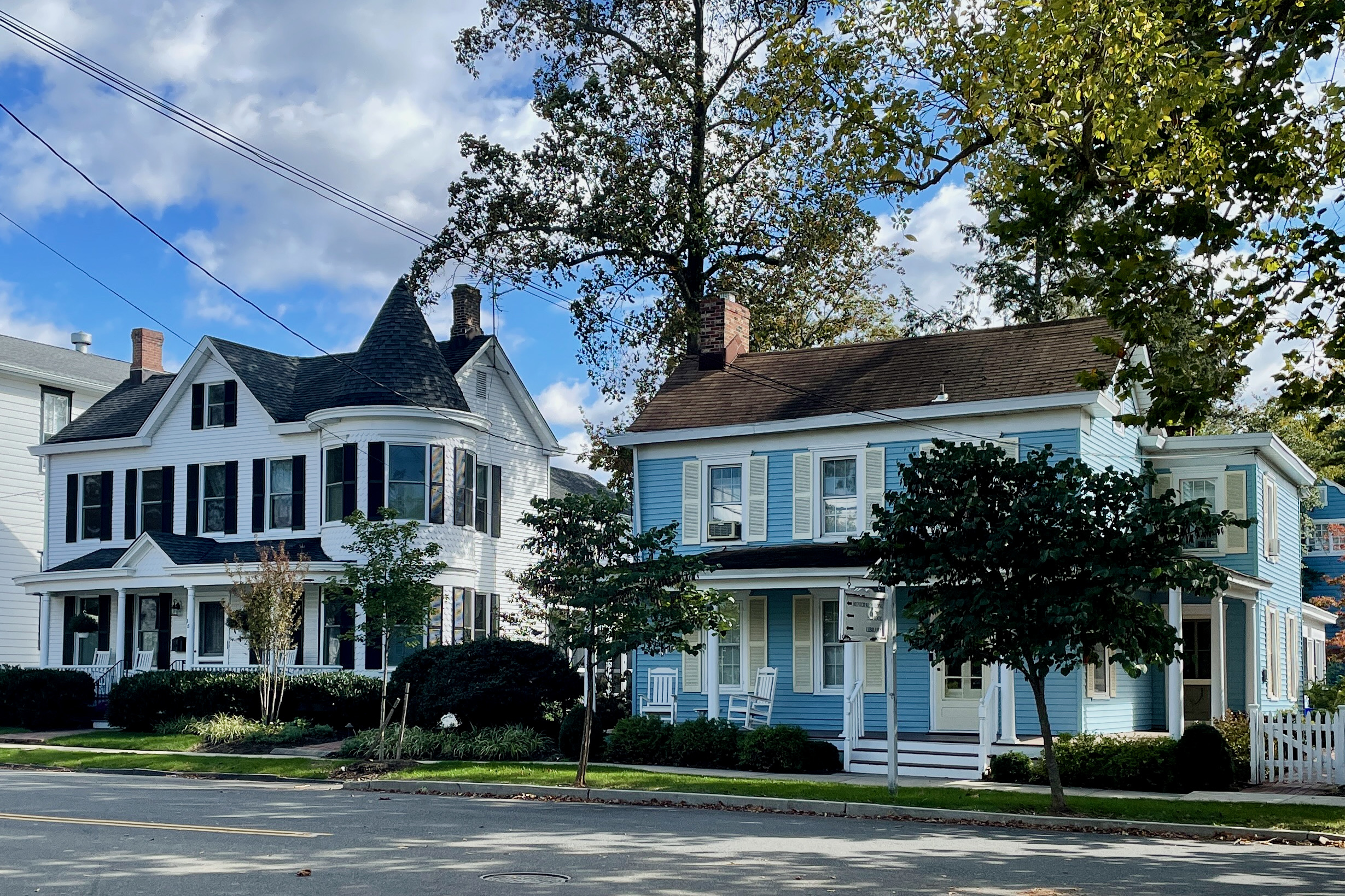
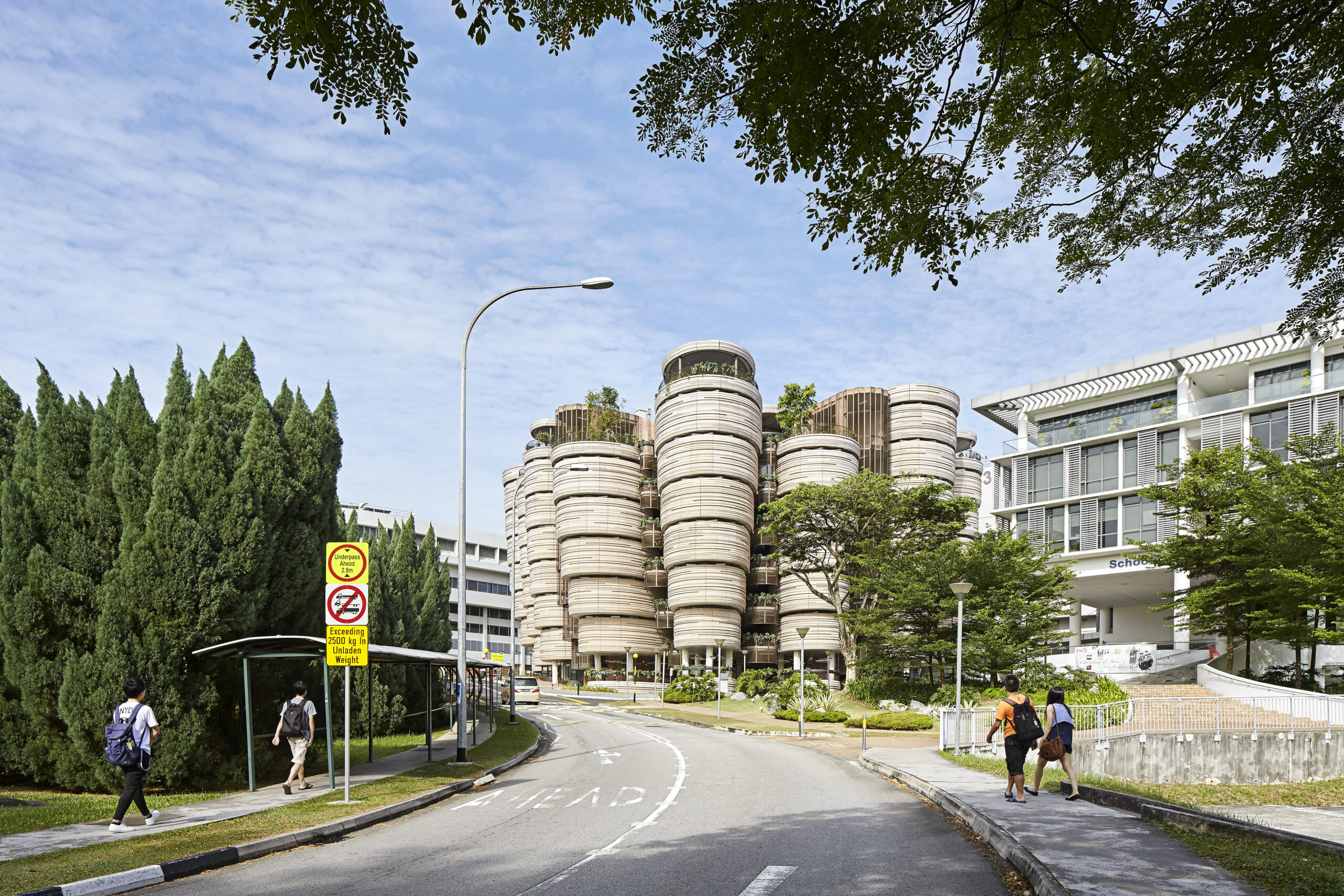
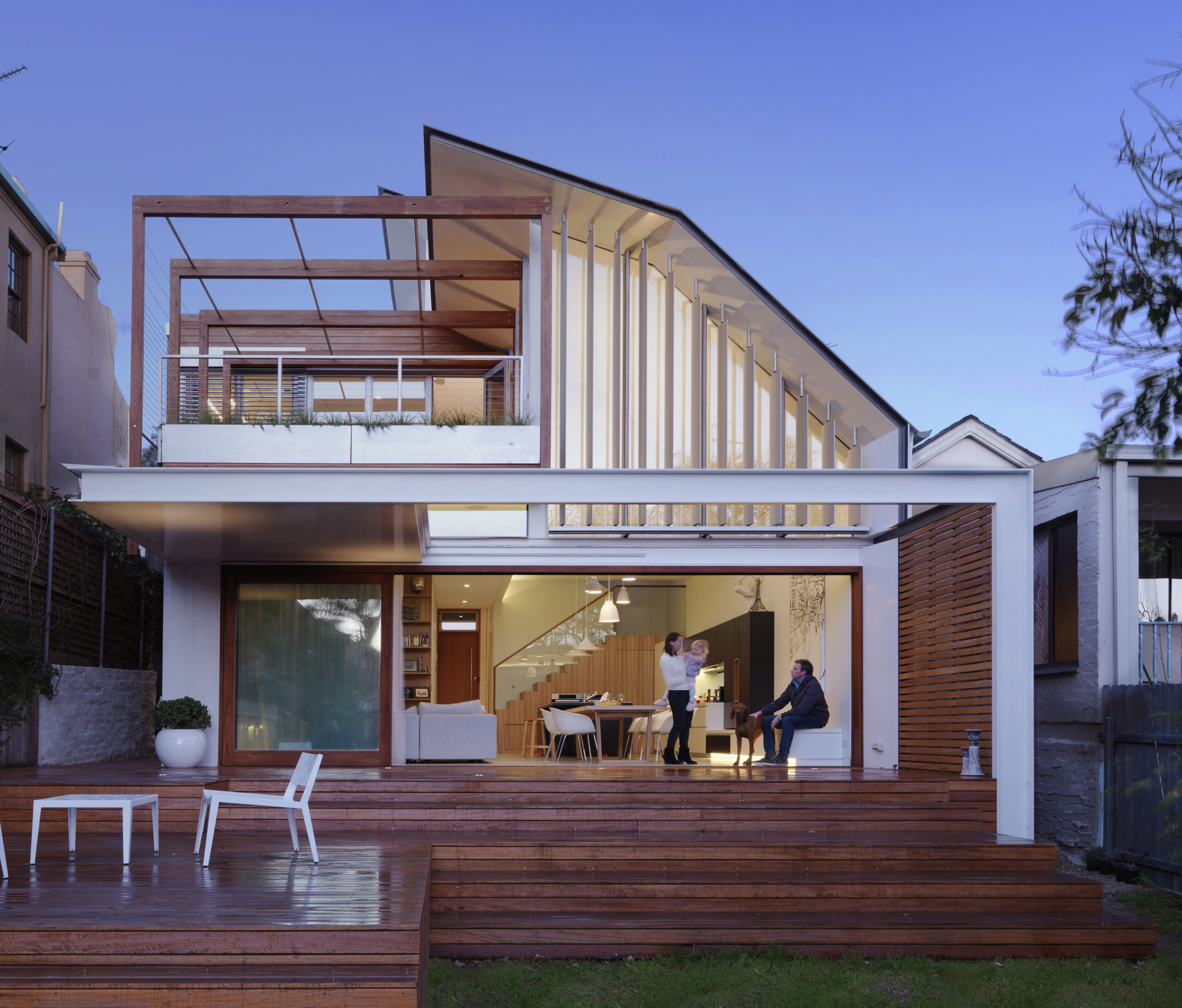

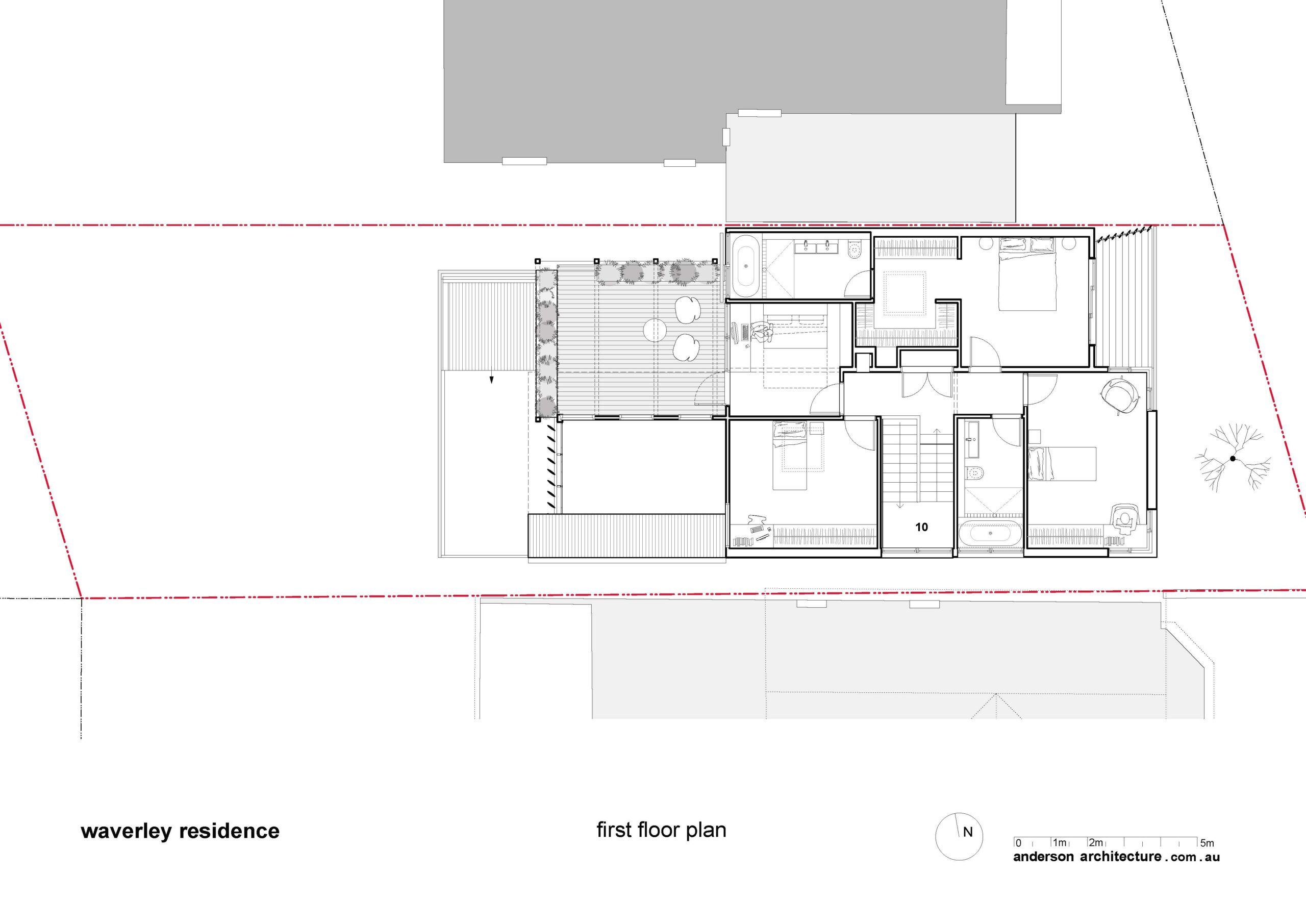
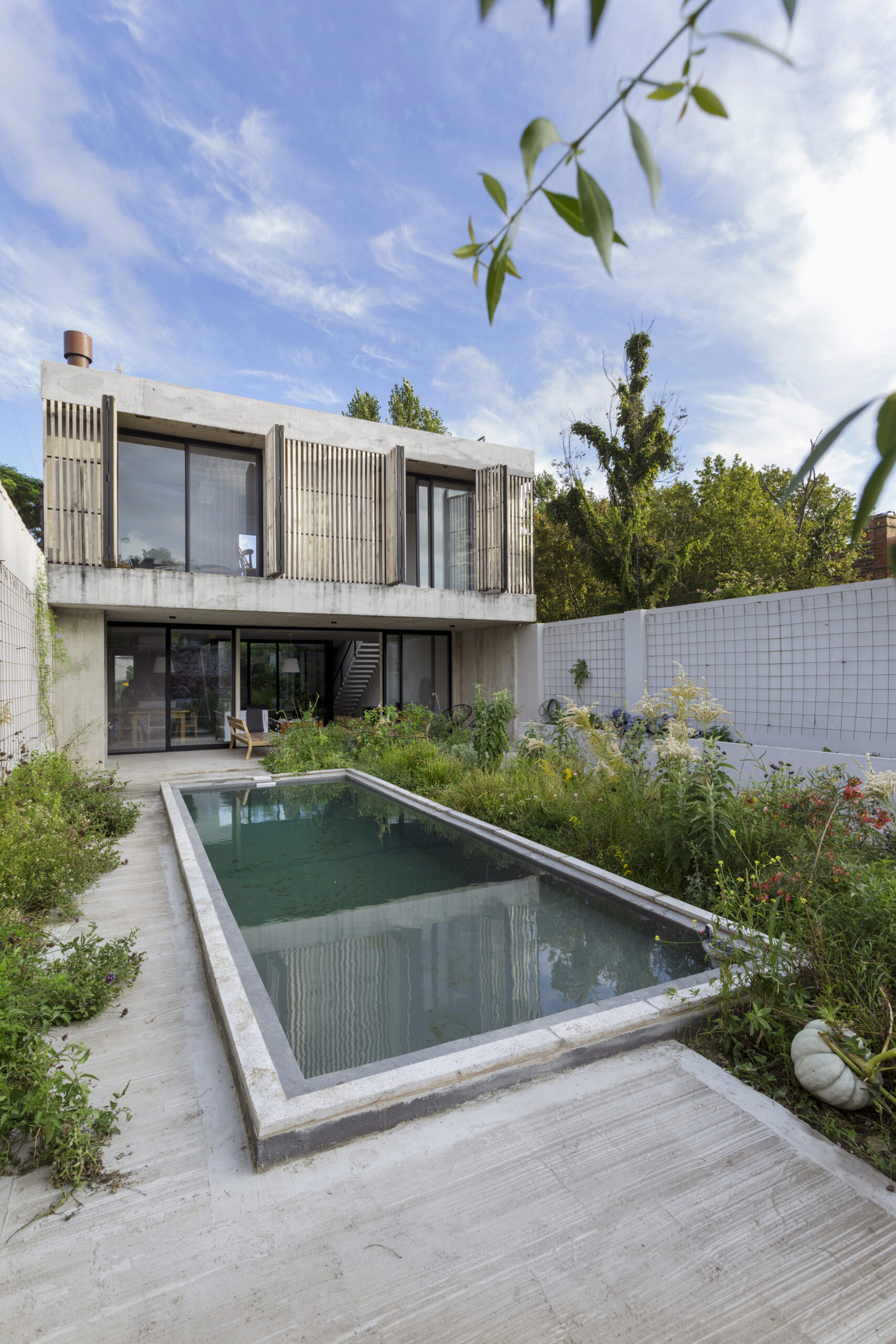
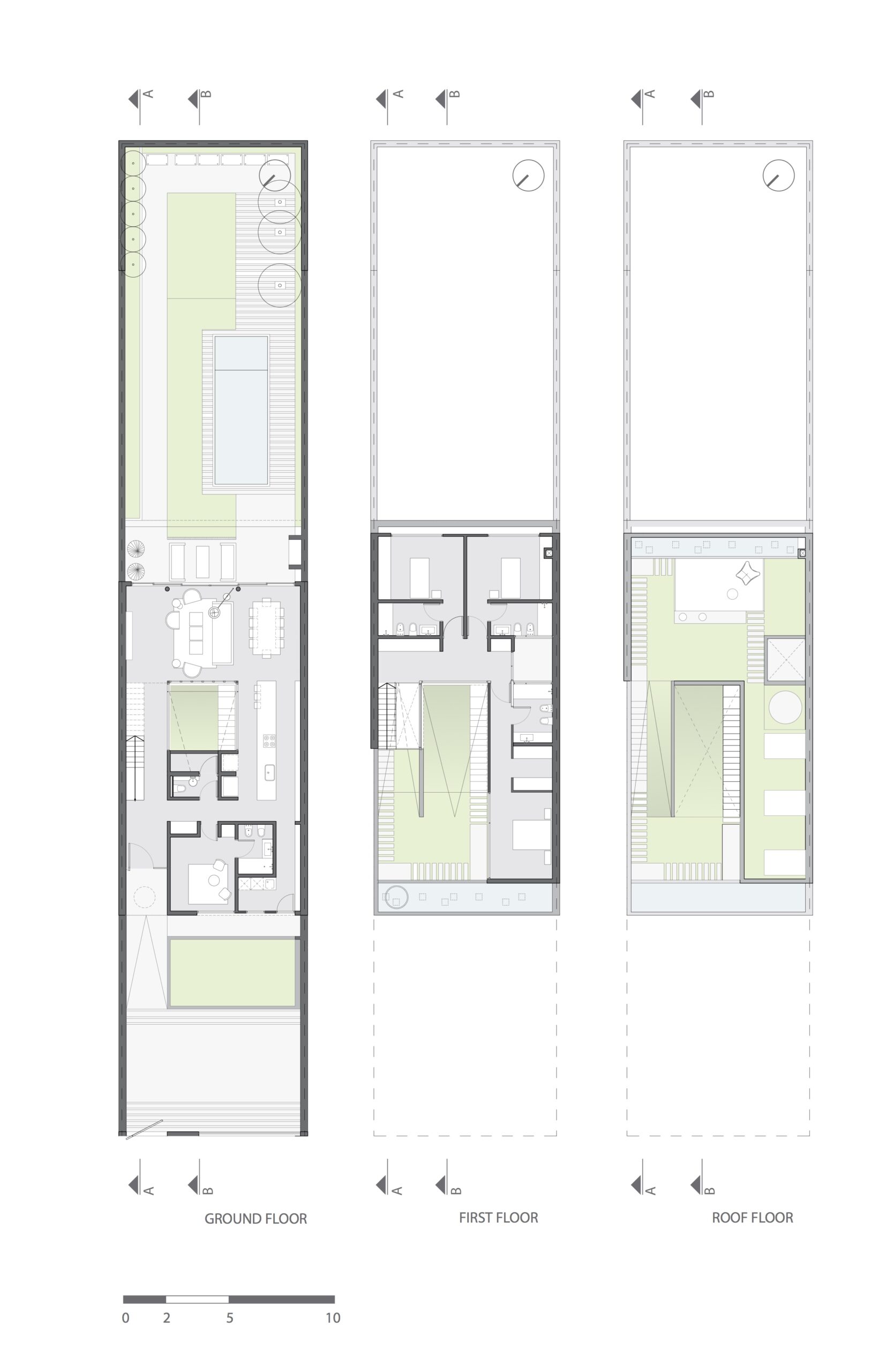

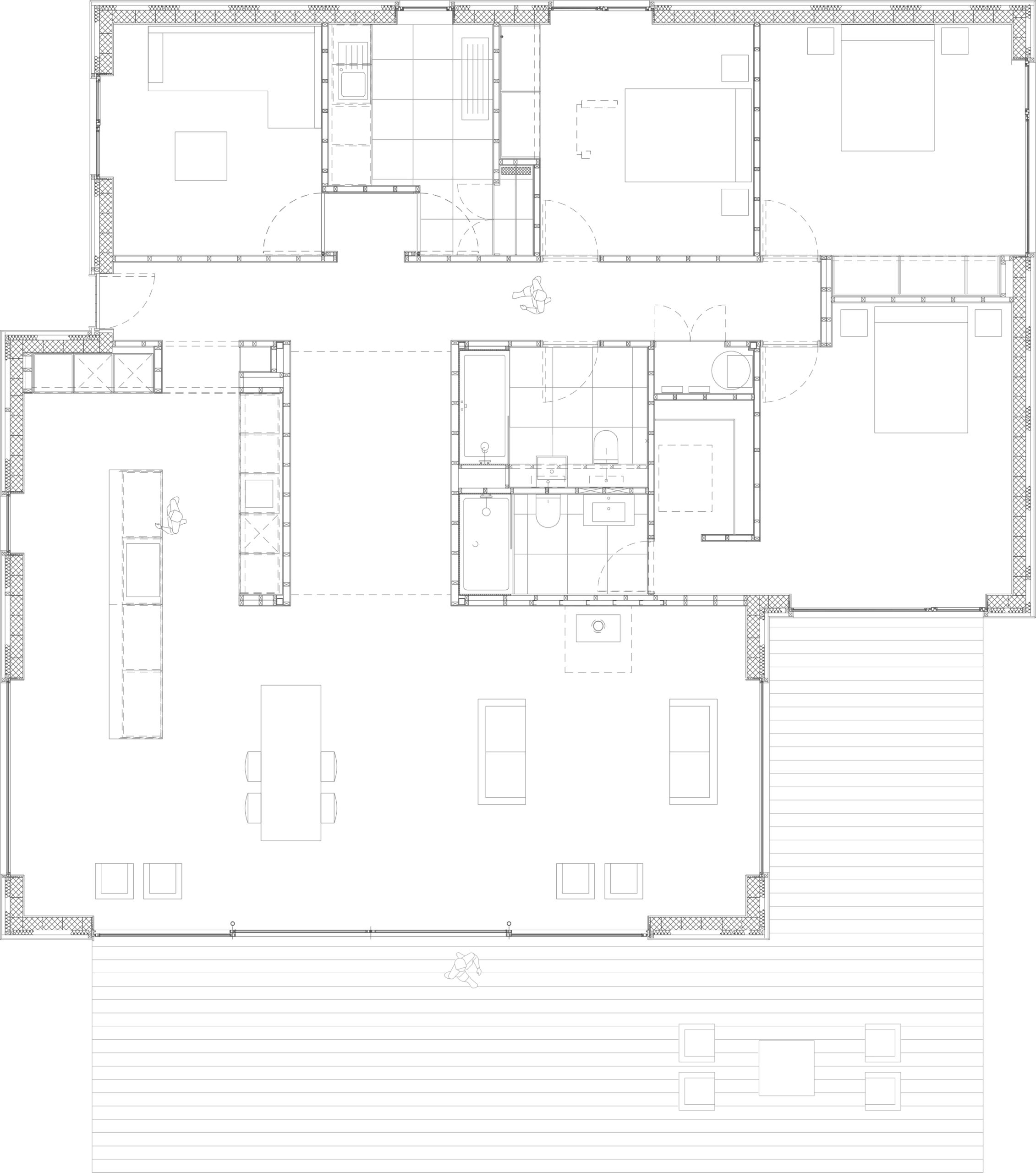
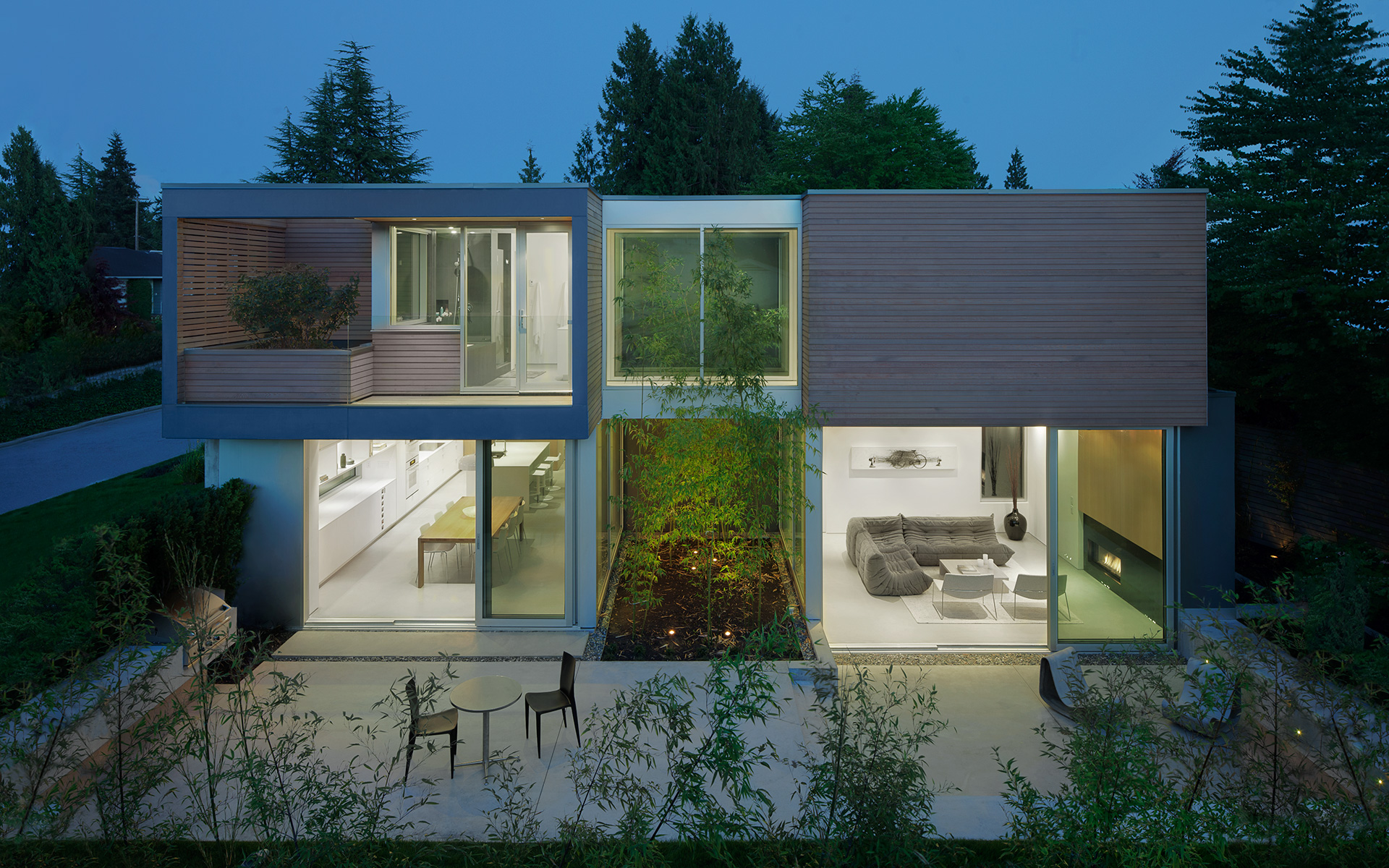
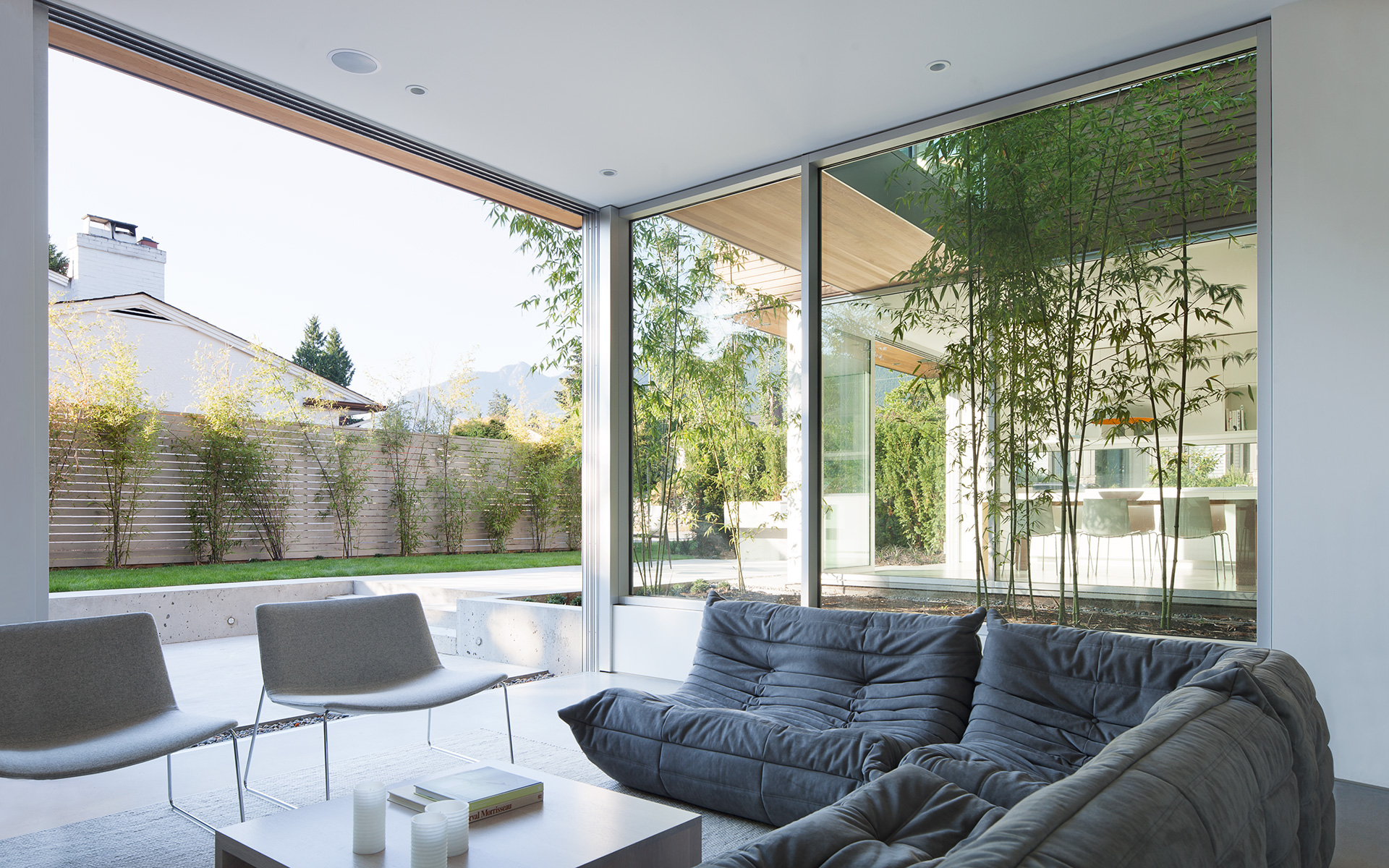 On the ground floor, the kitchen/dining area and living spaces are intentionally designed as separate entities to accommodate different schedules and movement patterns, ensuring flexibility and privacy for all occupants. Large sliding glass doors connect the kitchen and living spaces to the outdoors, creating a fluid indoor-outdoor transition. This design allows for distinct spaces while enabling easy movement between them, enhancing the overall flow and connectivity throughout the home. These outdoor areas, where family members can relax and enjoy each other’s company amidst nature, serve as extensions of the indoor living spaces, fostering a seamless indoor-outdoor lifestyle.
On the ground floor, the kitchen/dining area and living spaces are intentionally designed as separate entities to accommodate different schedules and movement patterns, ensuring flexibility and privacy for all occupants. Large sliding glass doors connect the kitchen and living spaces to the outdoors, creating a fluid indoor-outdoor transition. This design allows for distinct spaces while enabling easy movement between them, enhancing the overall flow and connectivity throughout the home. These outdoor areas, where family members can relax and enjoy each other’s company amidst nature, serve as extensions of the indoor living spaces, fostering a seamless indoor-outdoor lifestyle.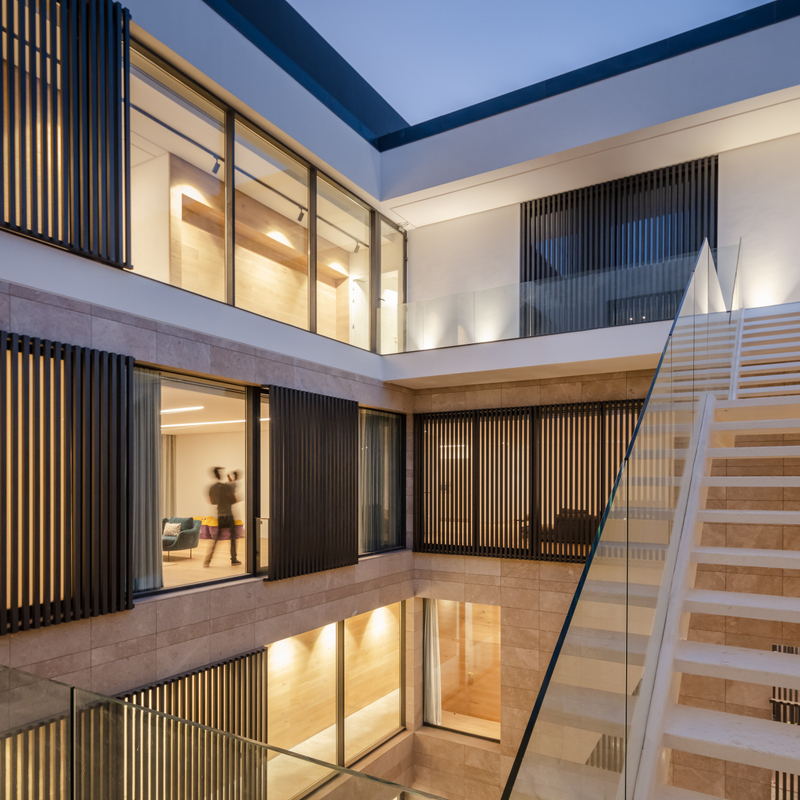
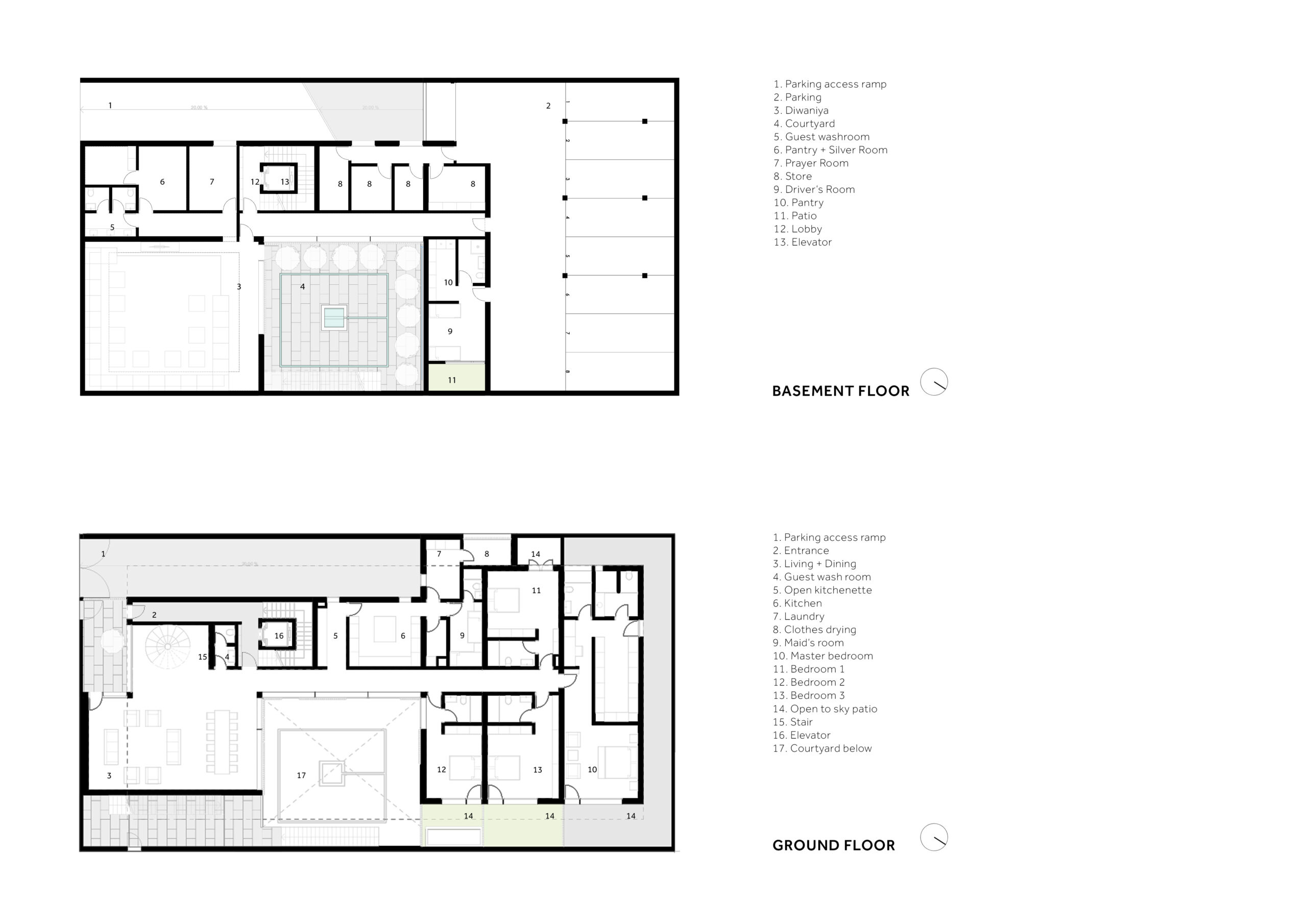
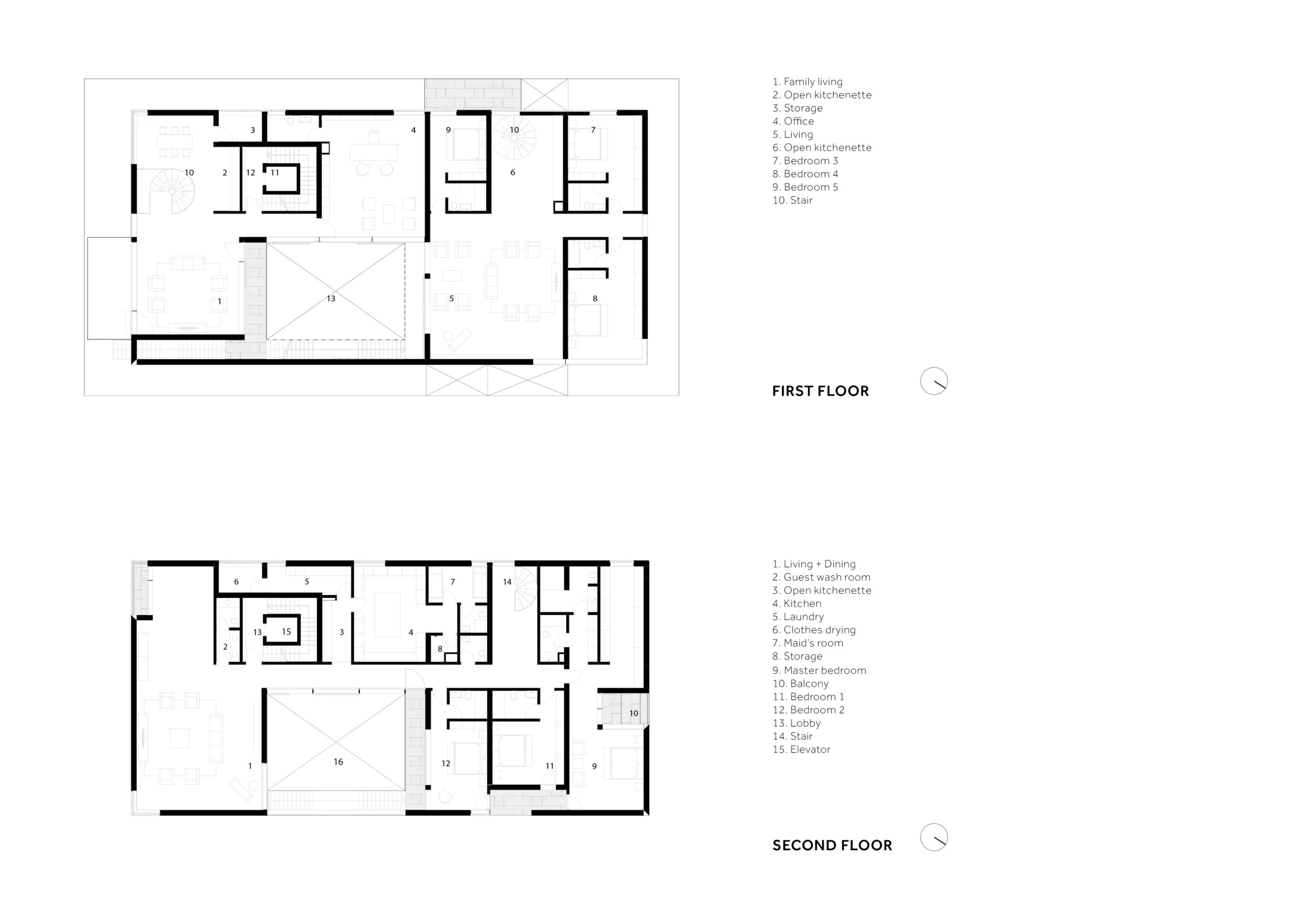
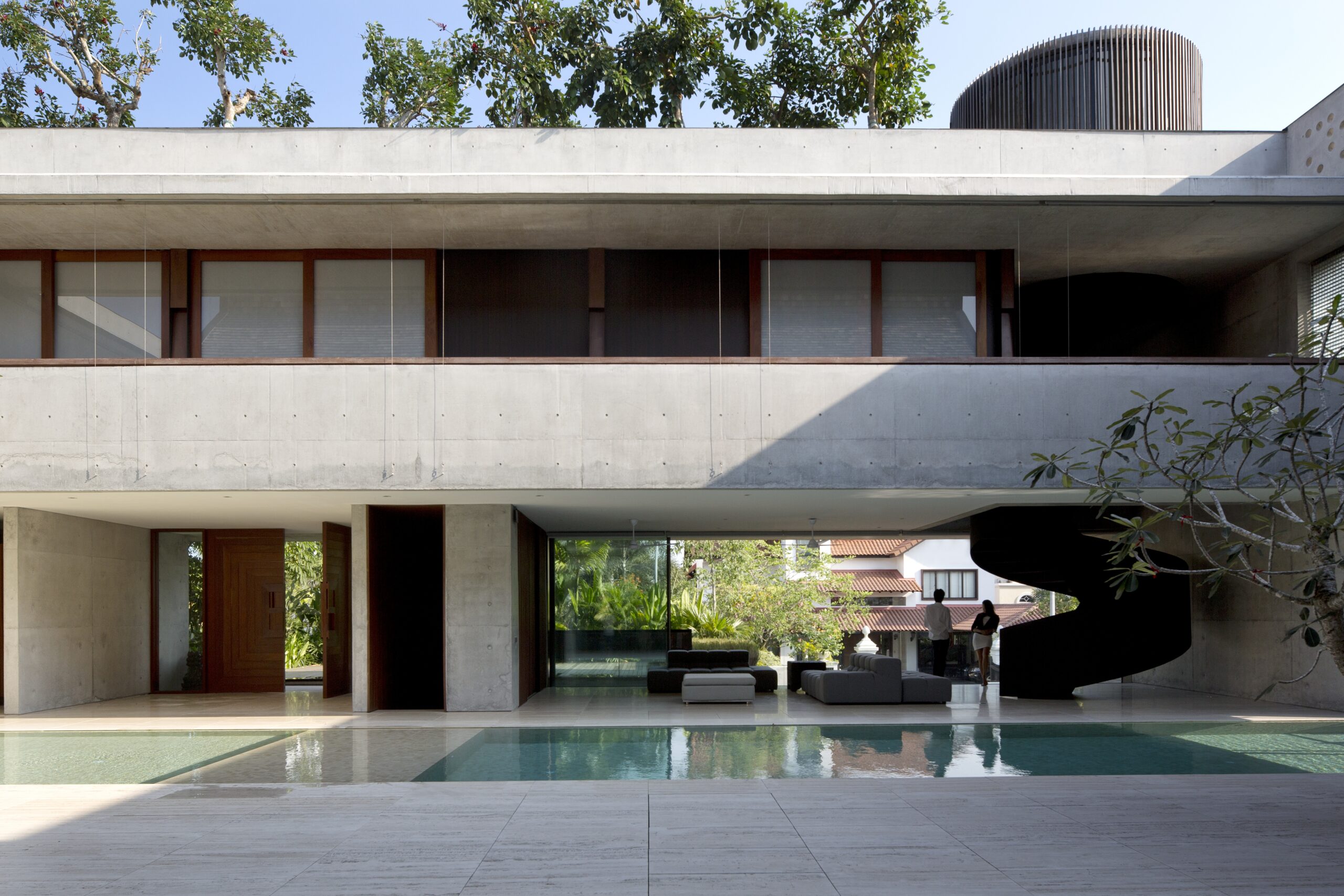
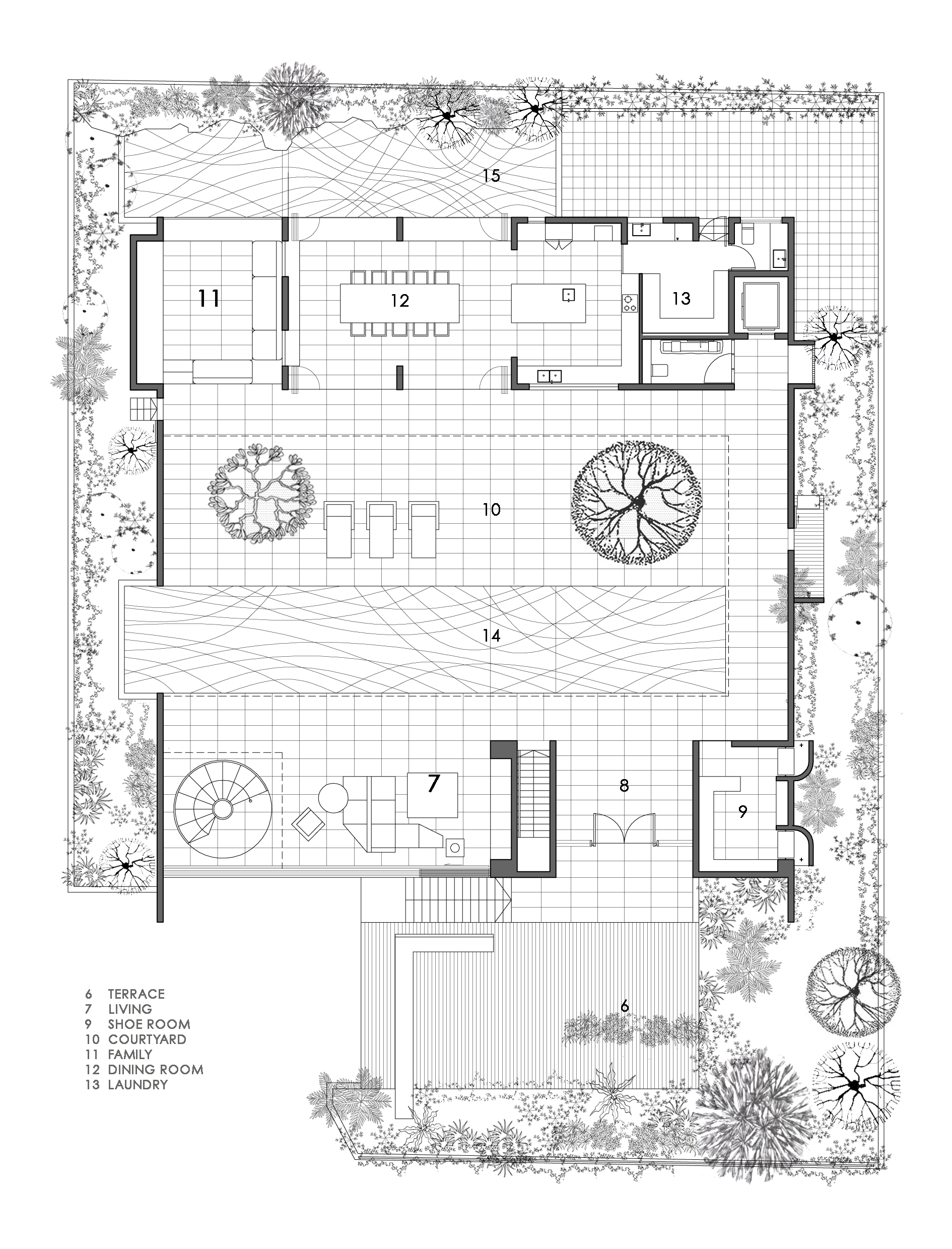
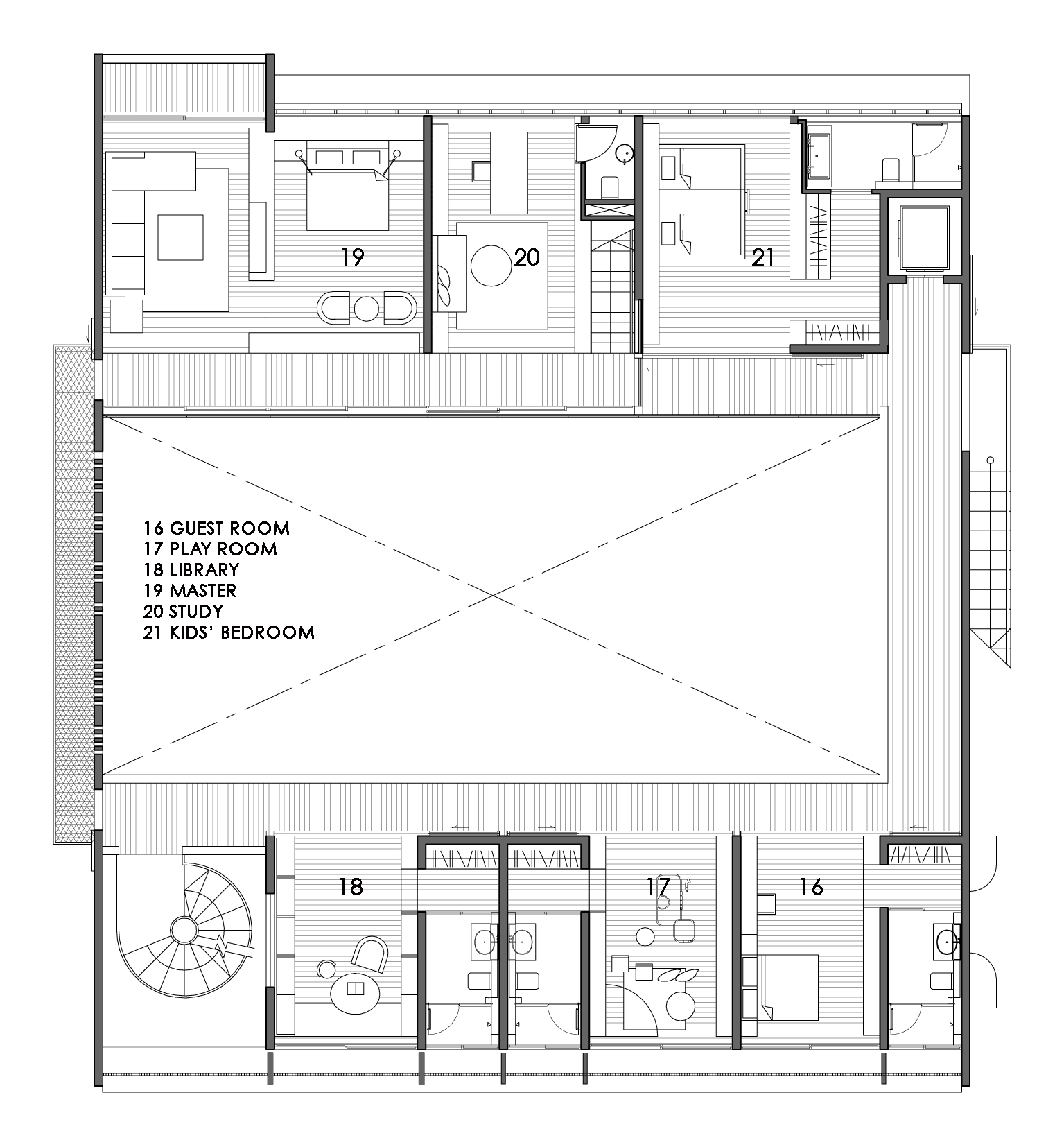
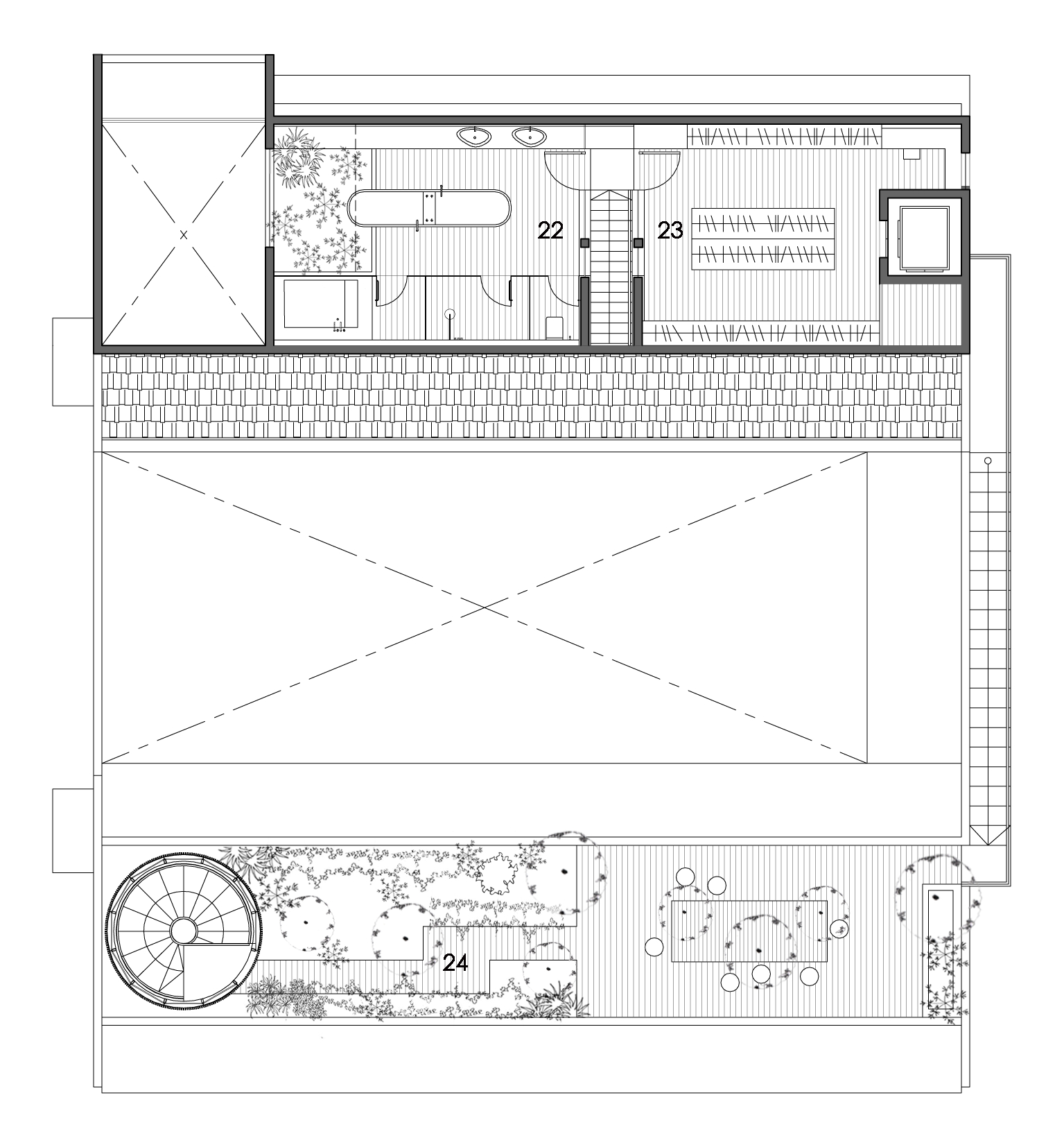
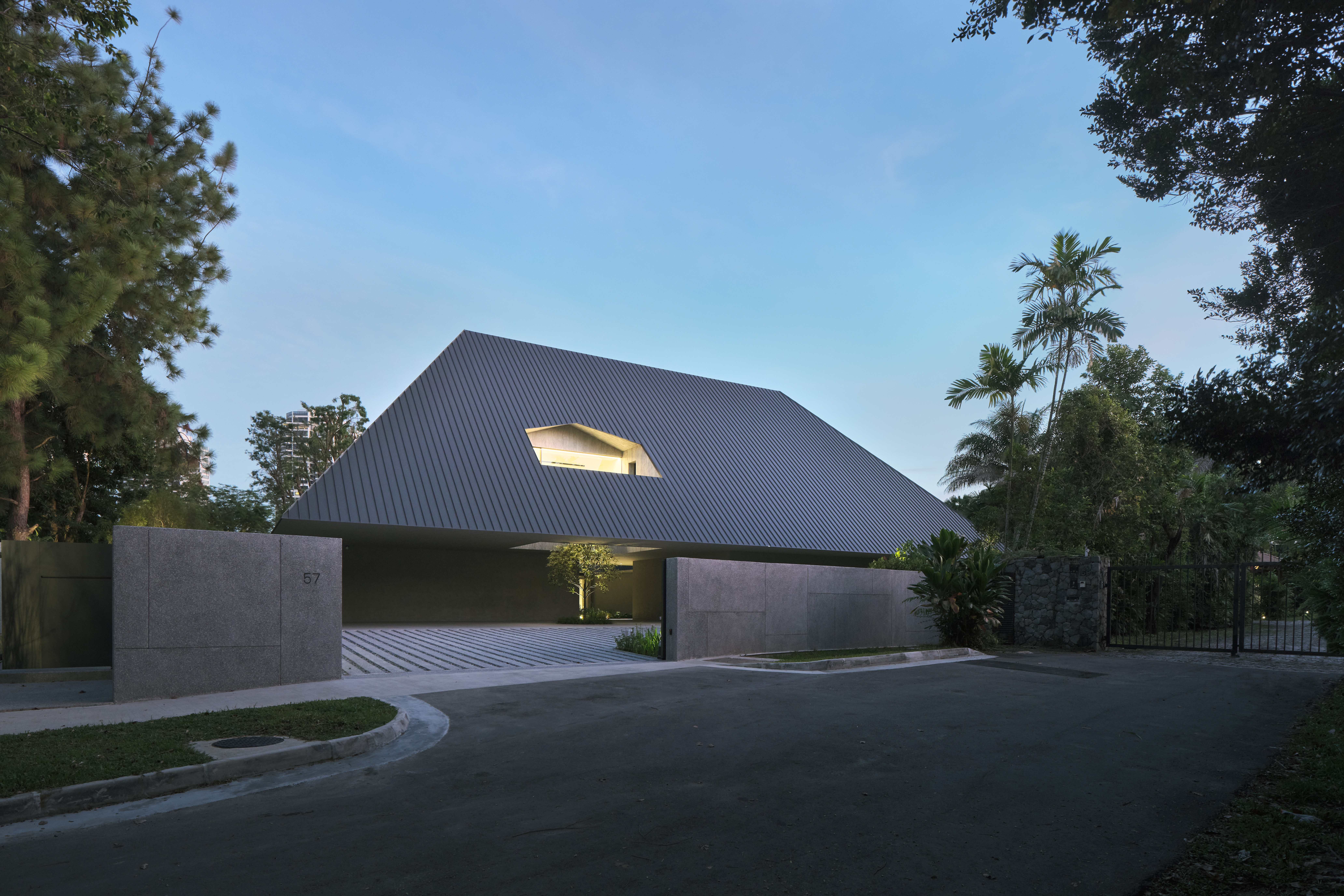
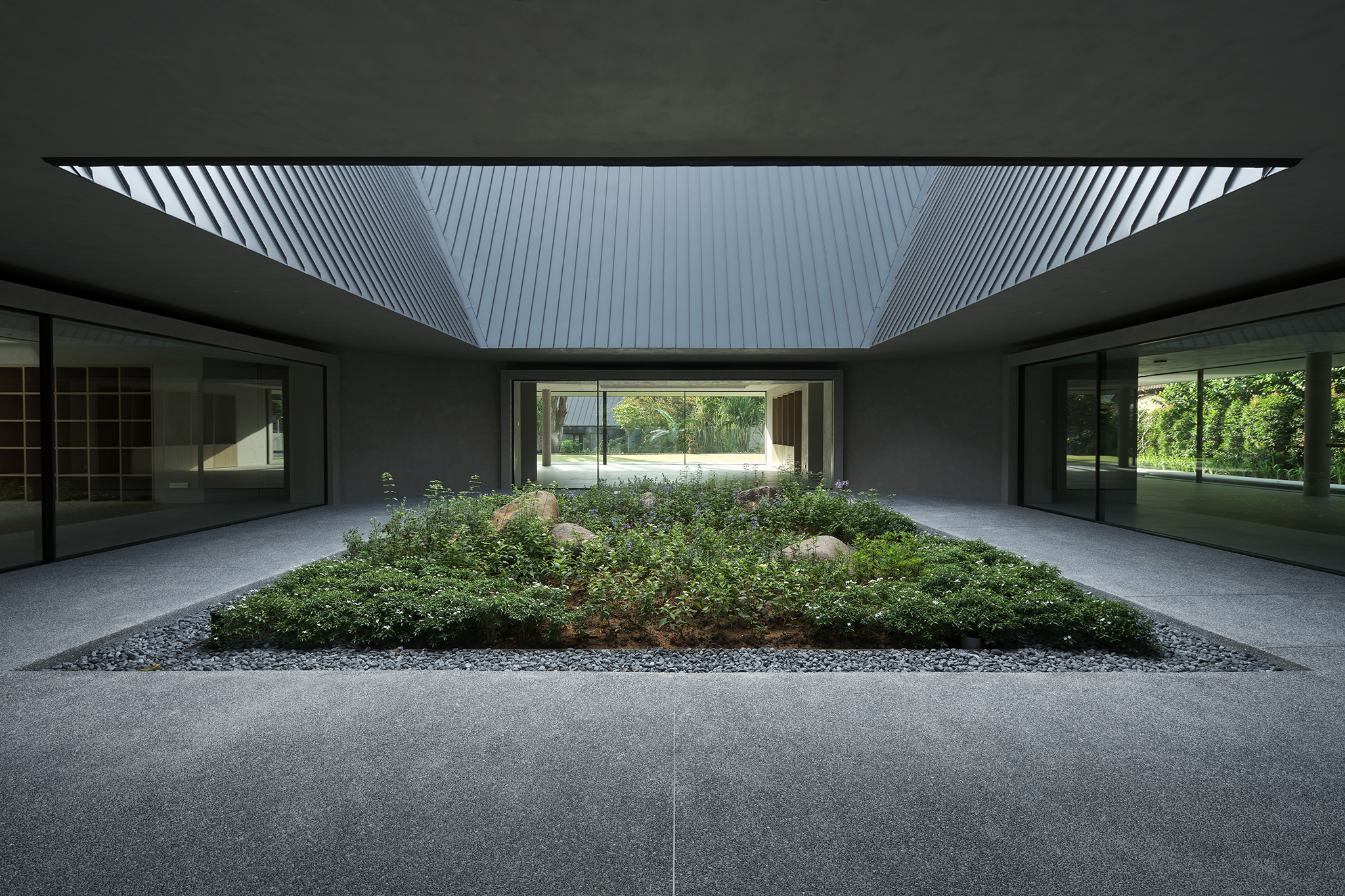
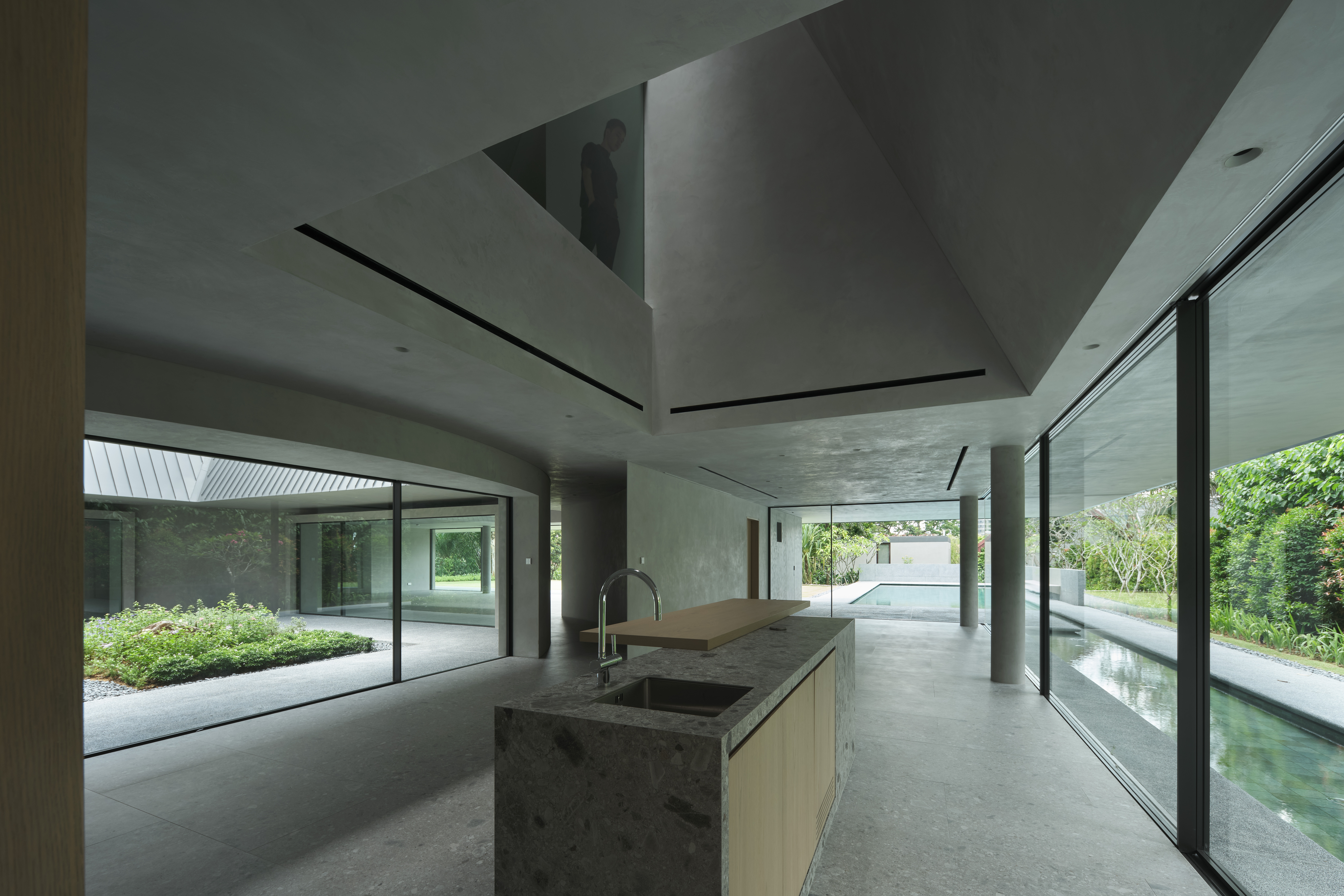
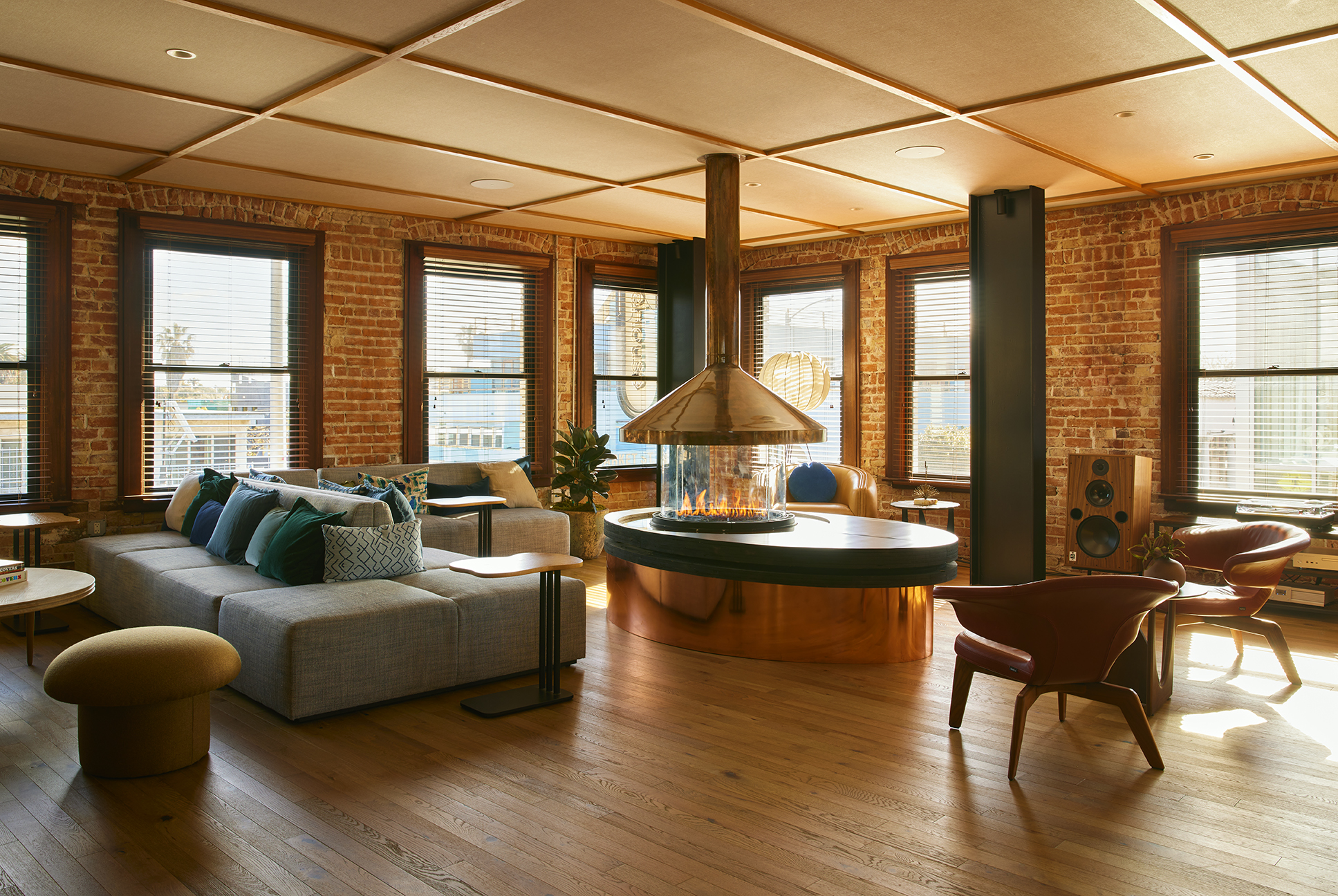
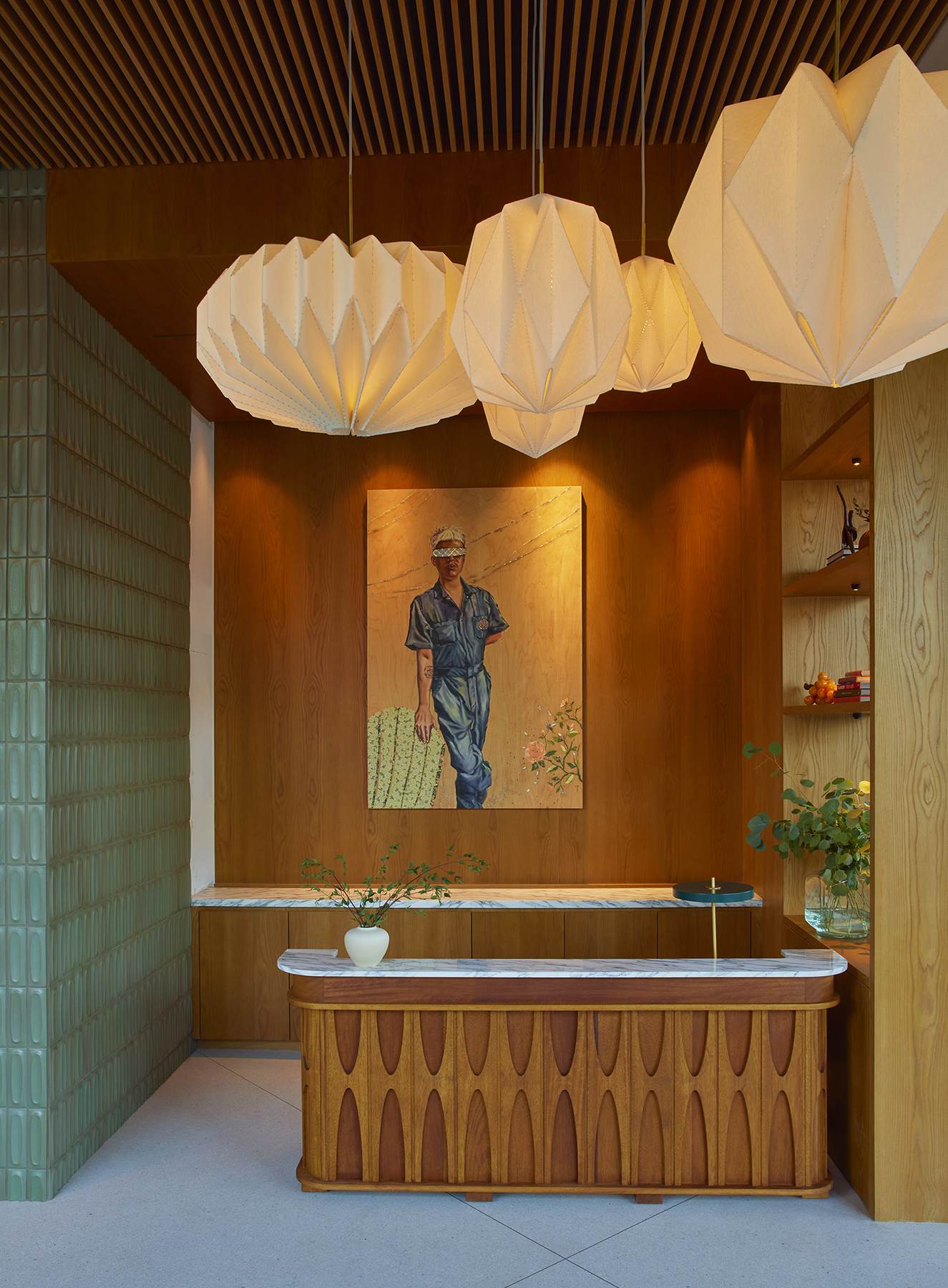
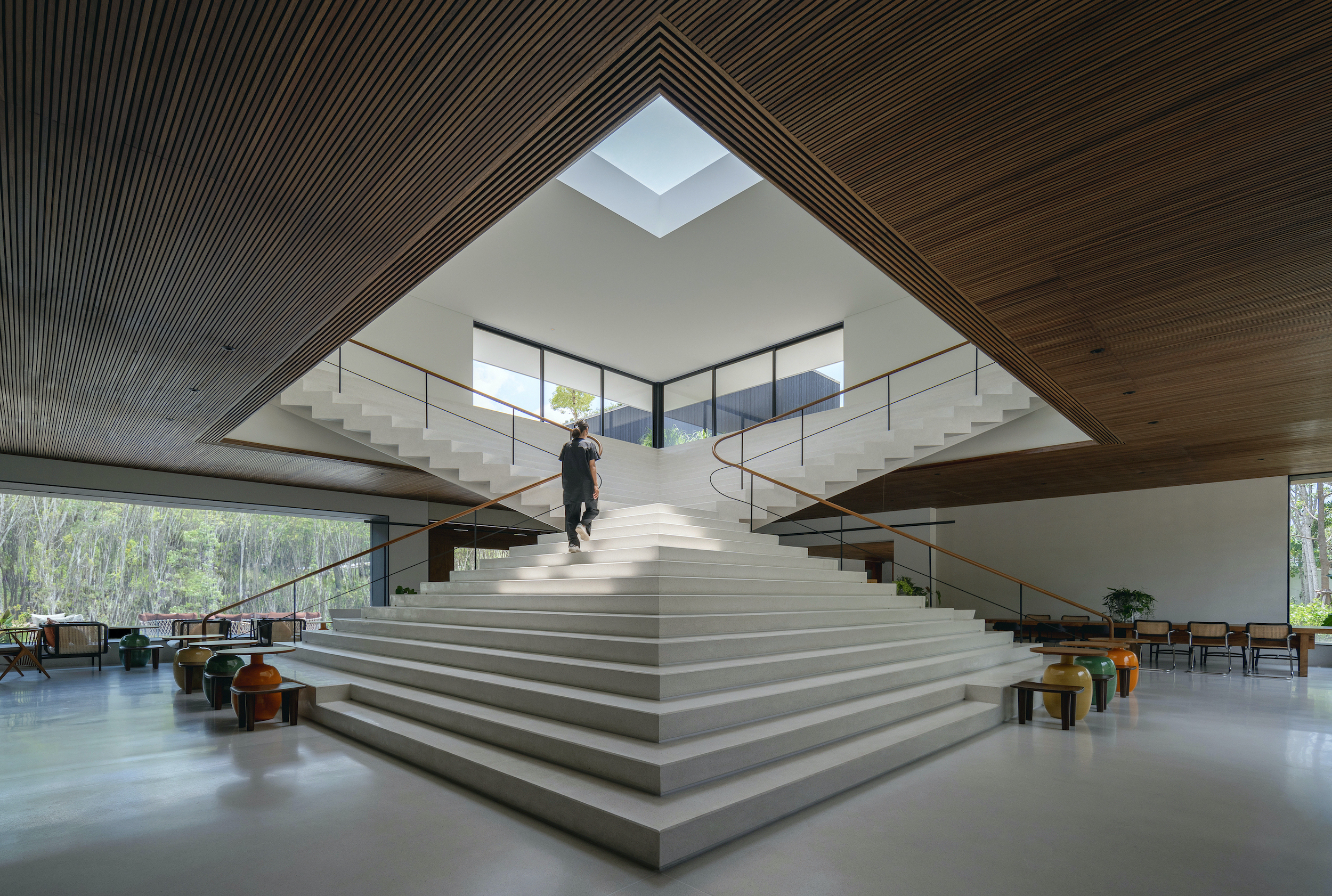
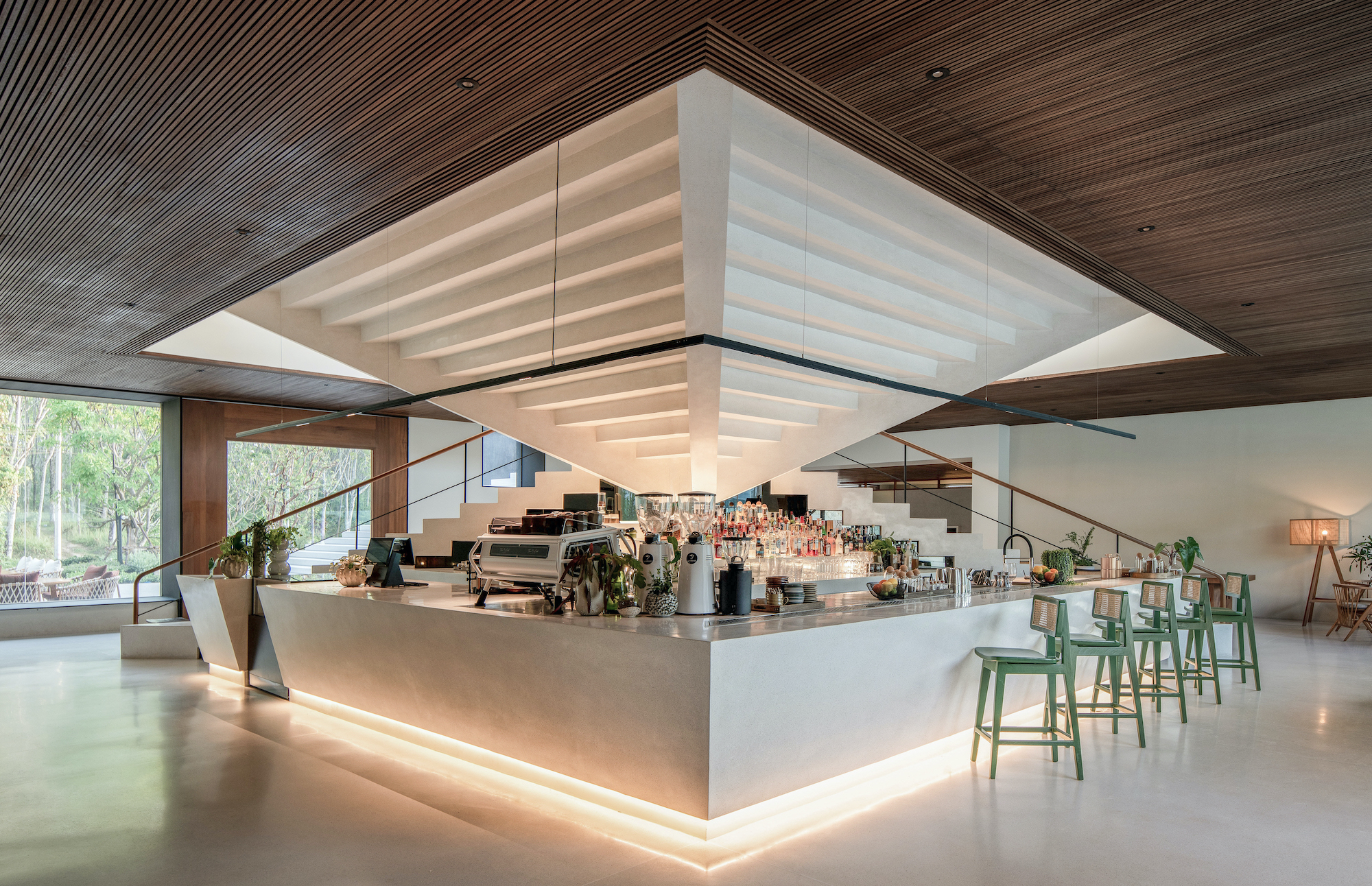
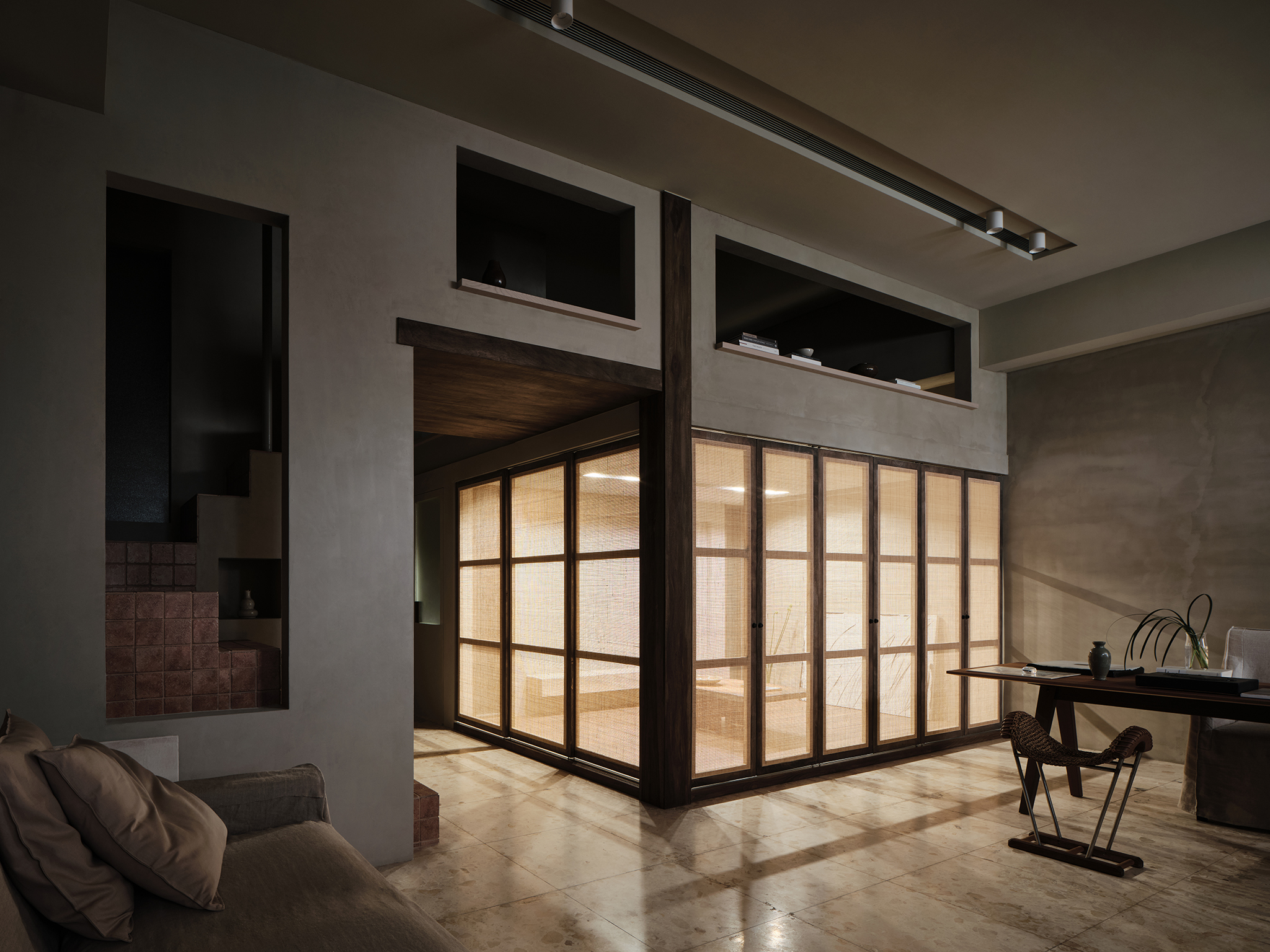
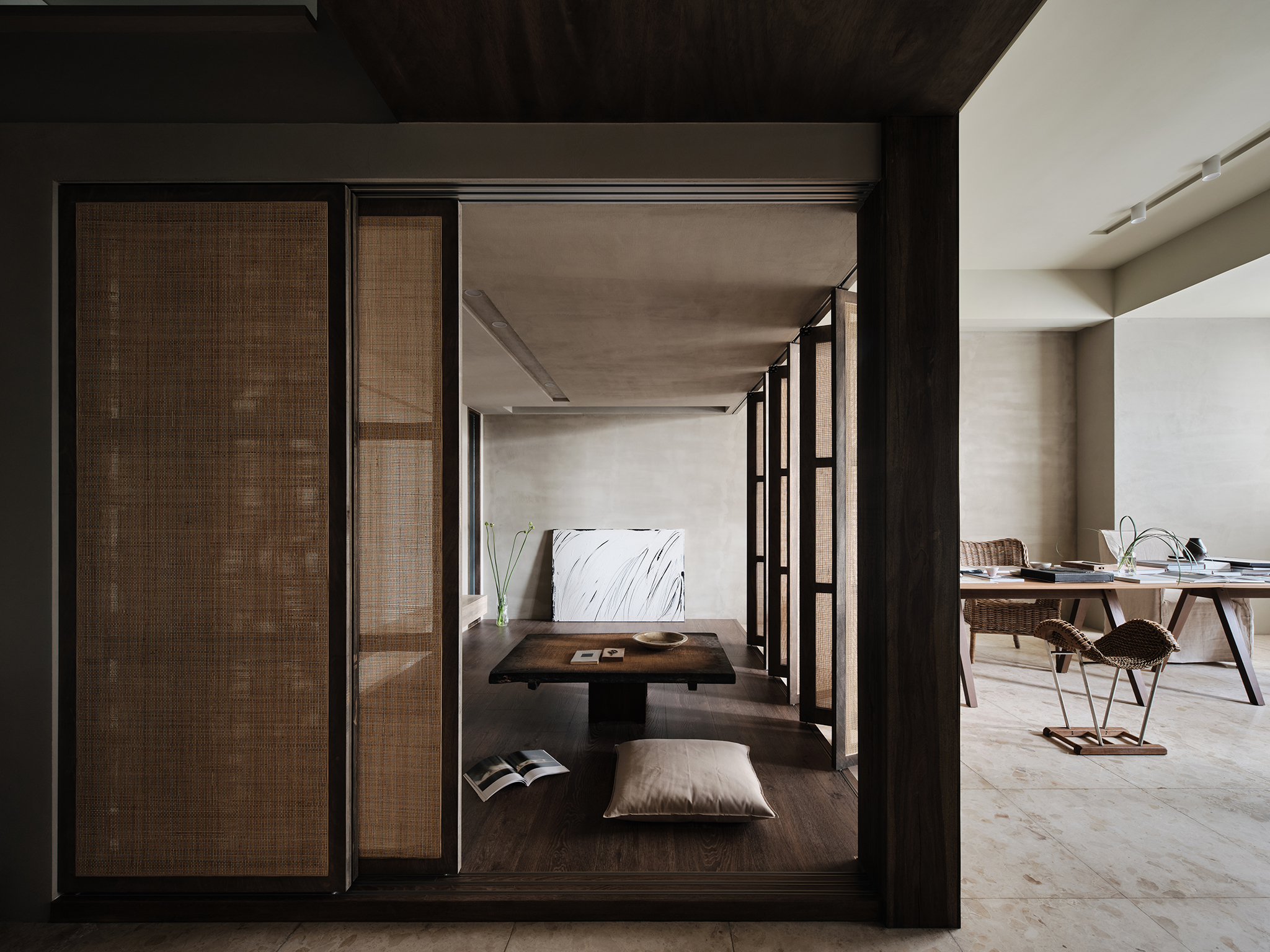
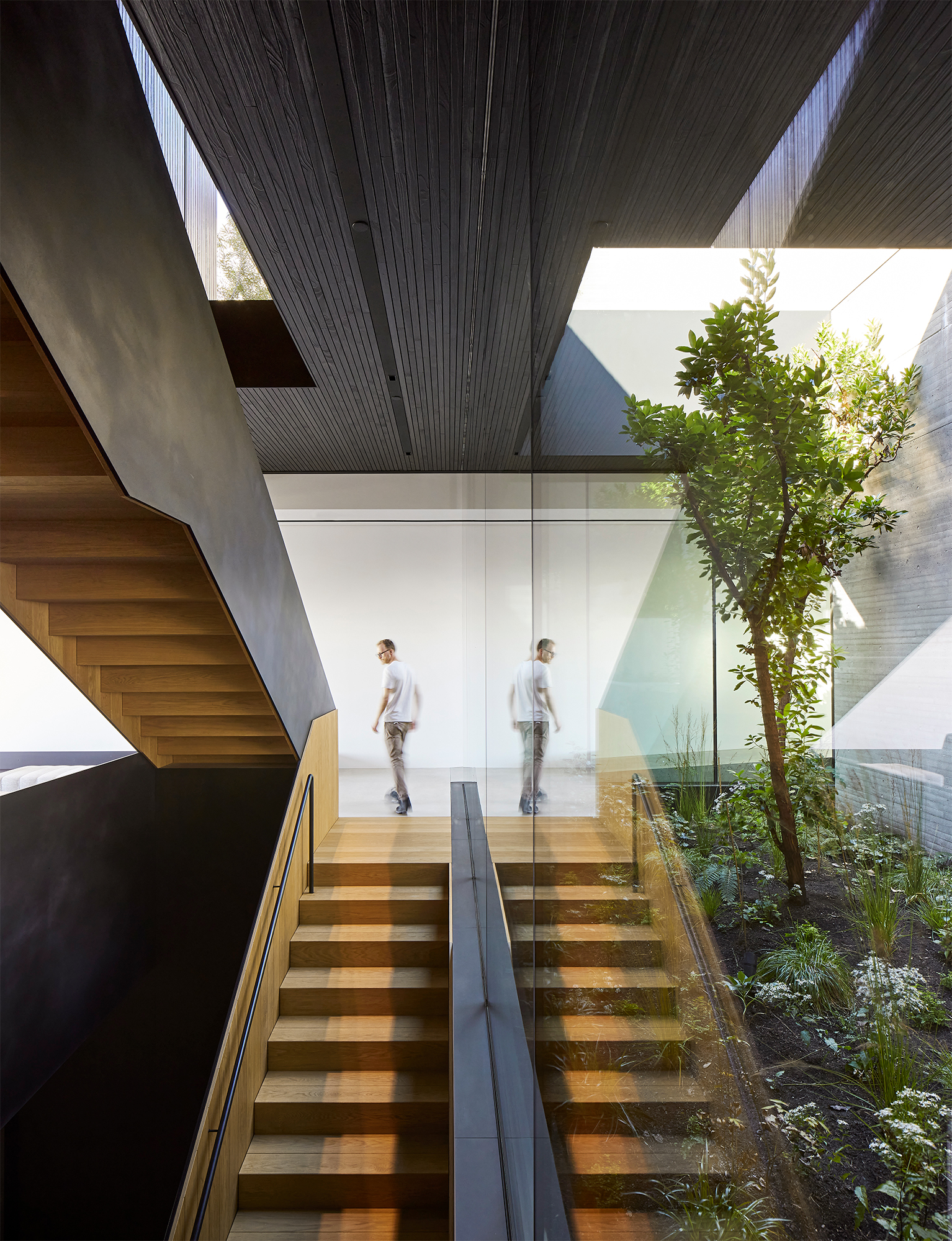
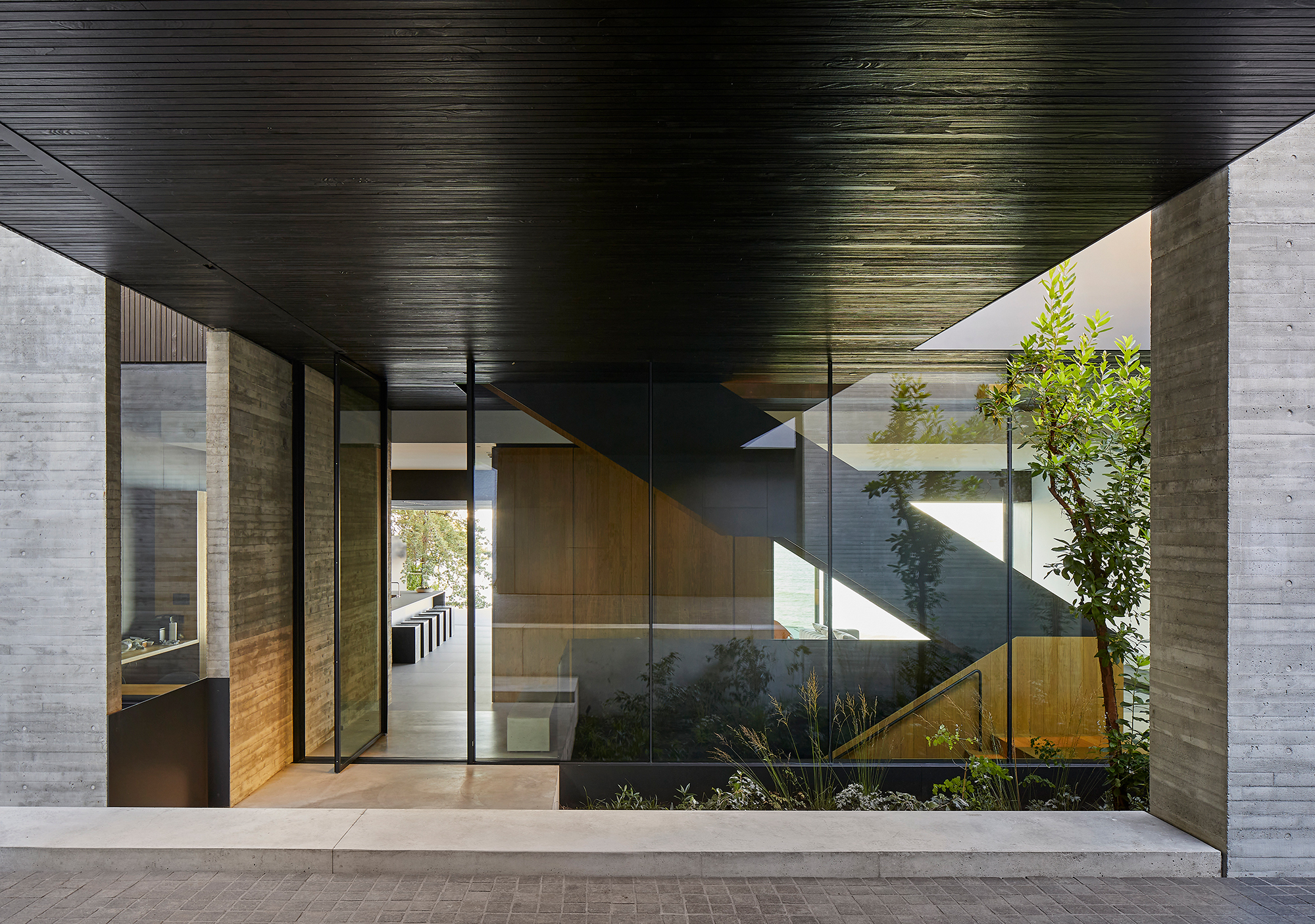
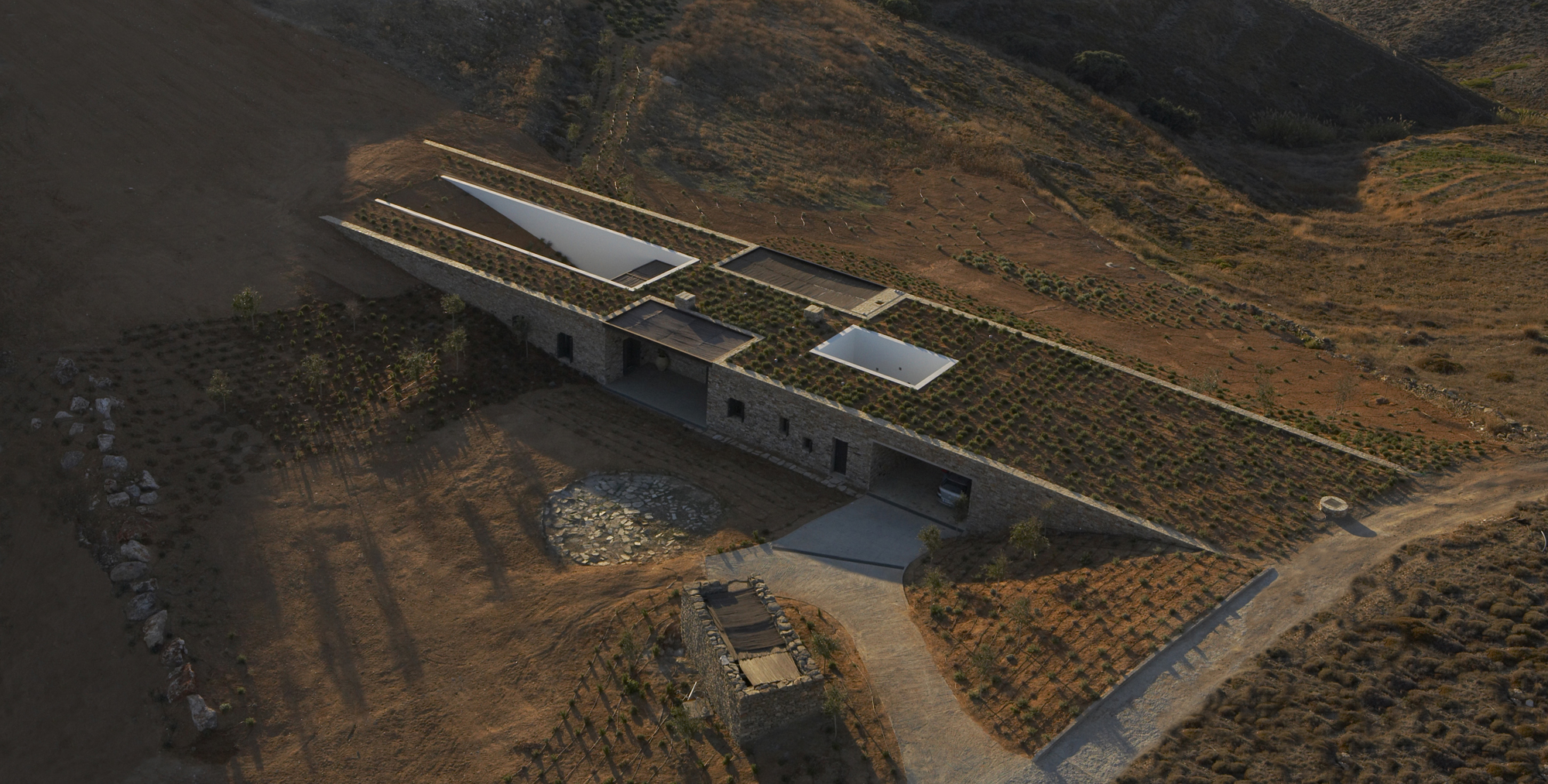
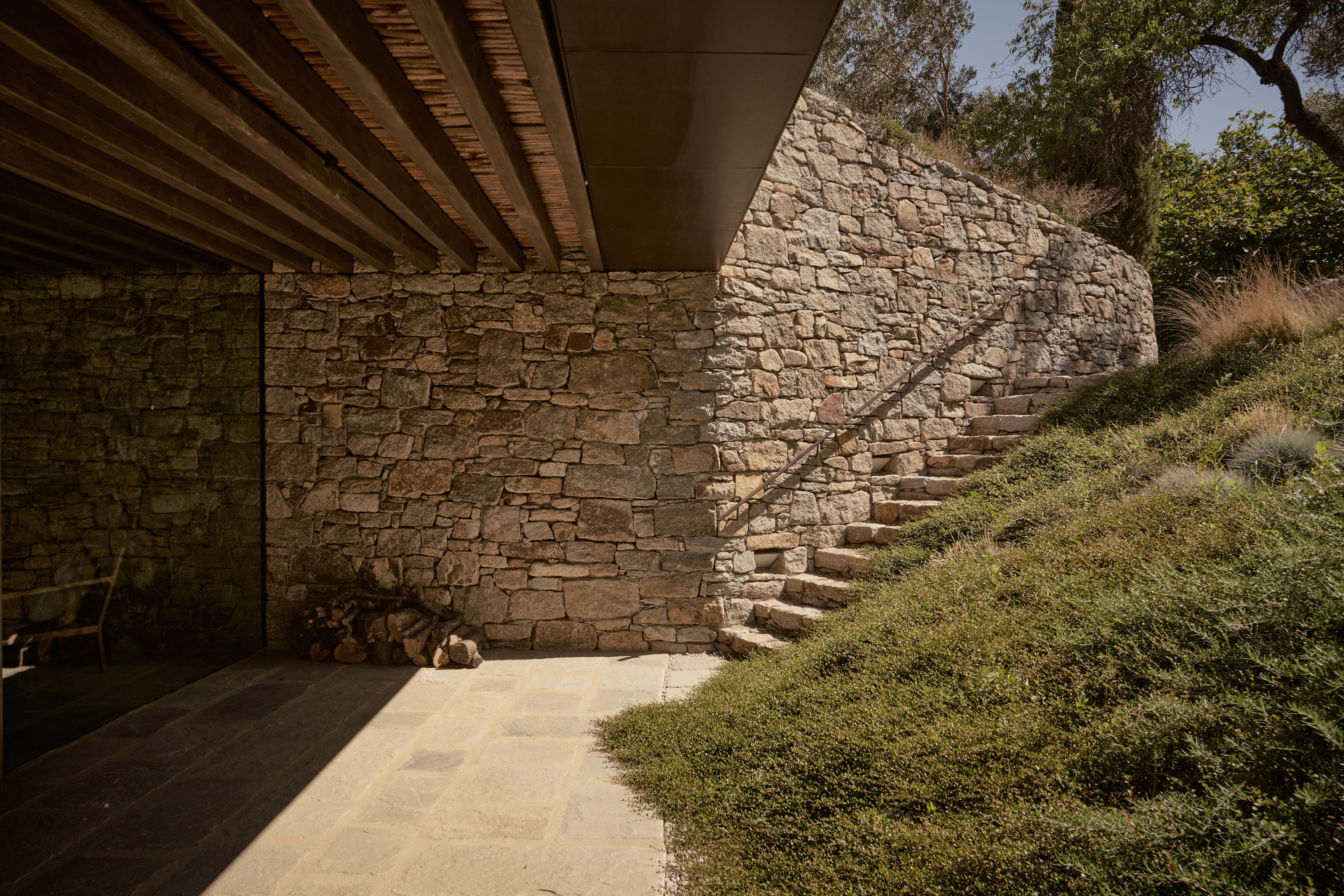
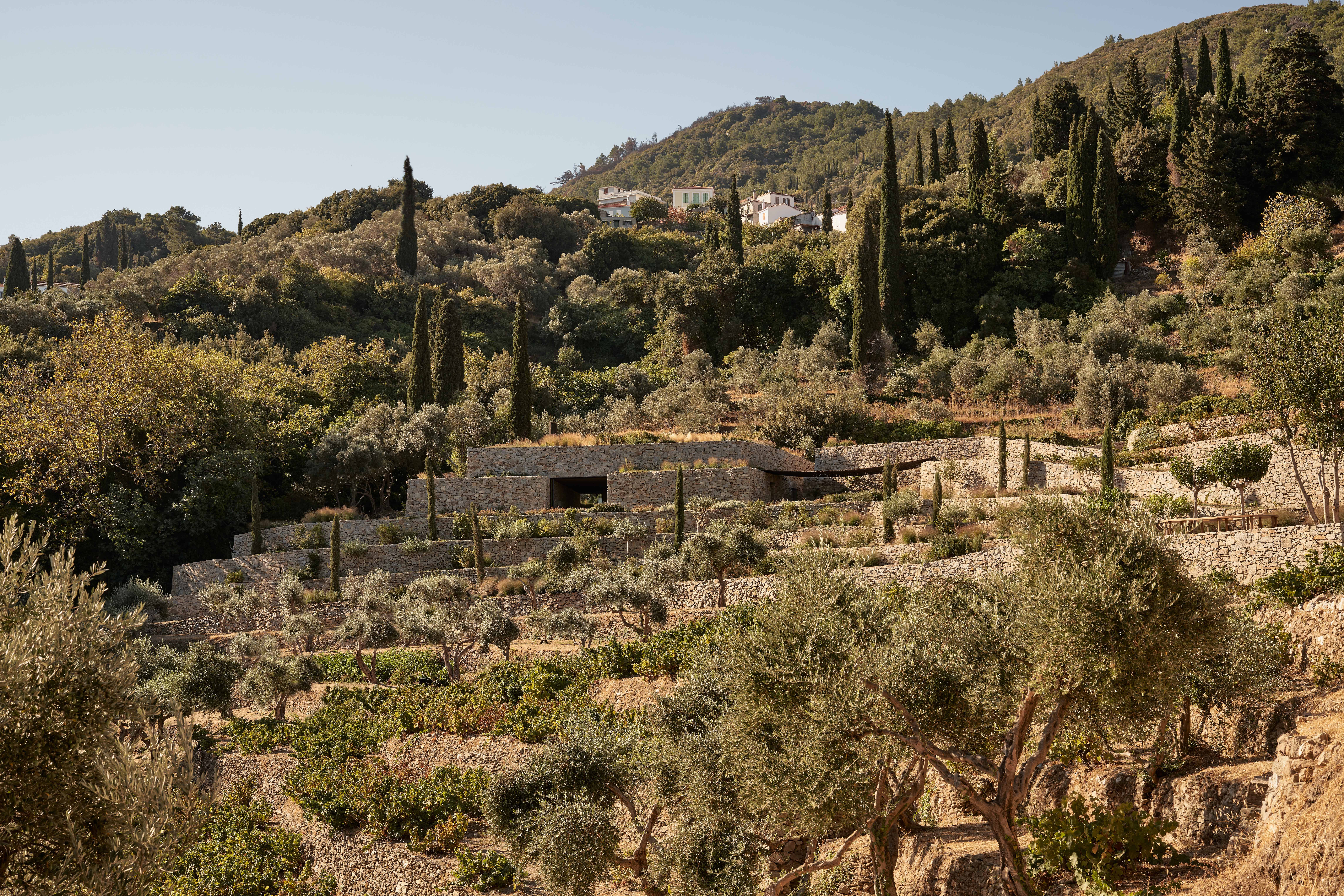

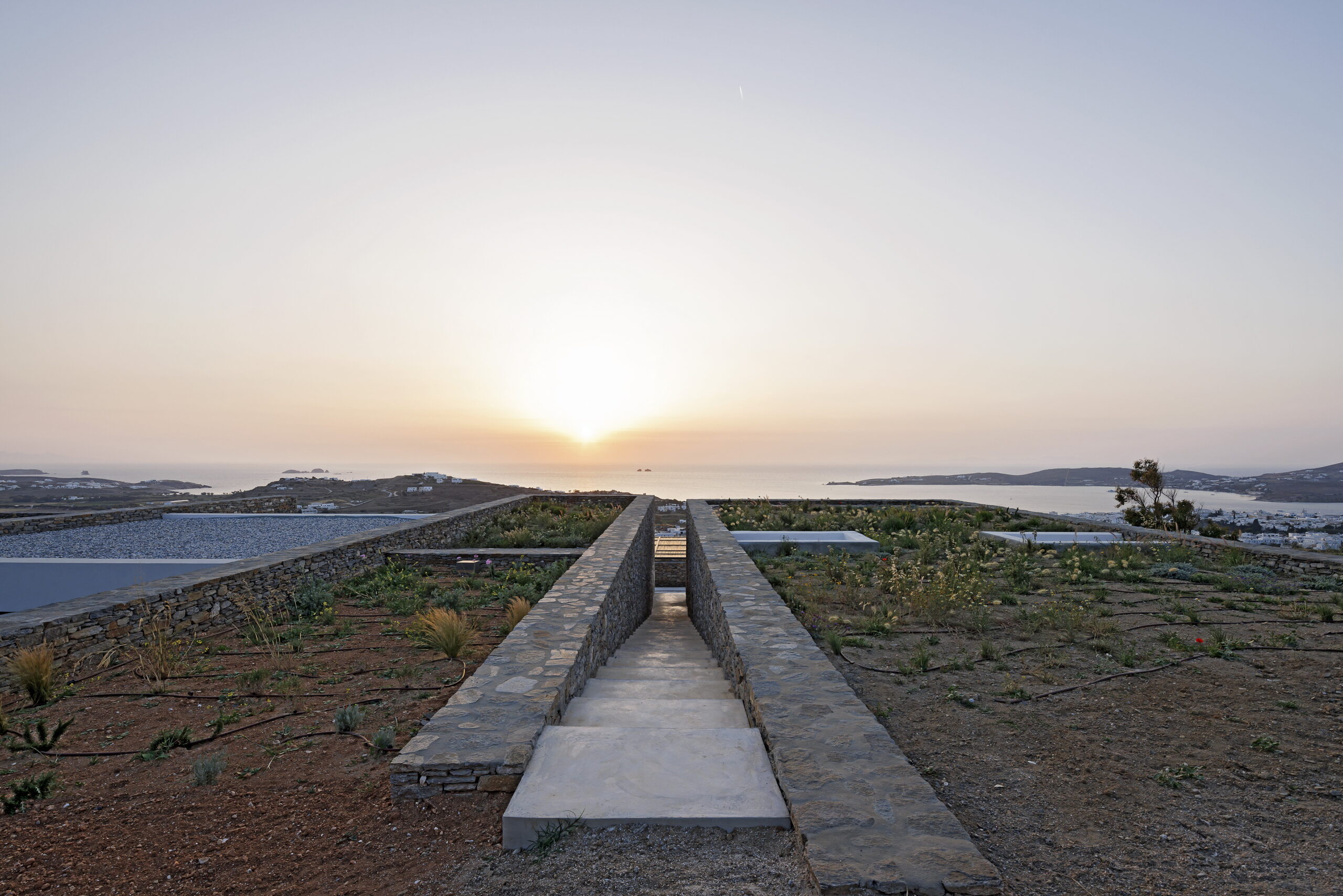
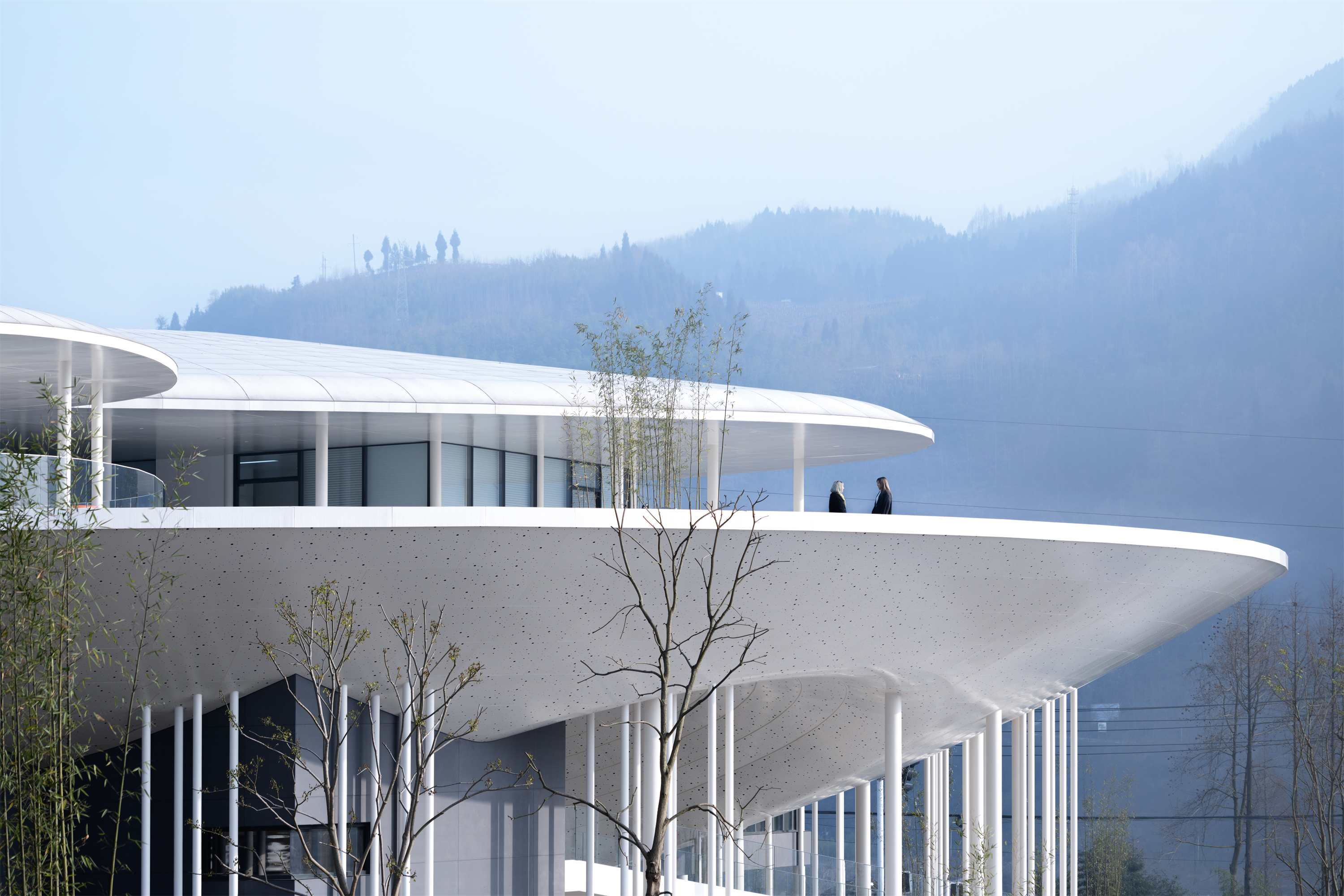
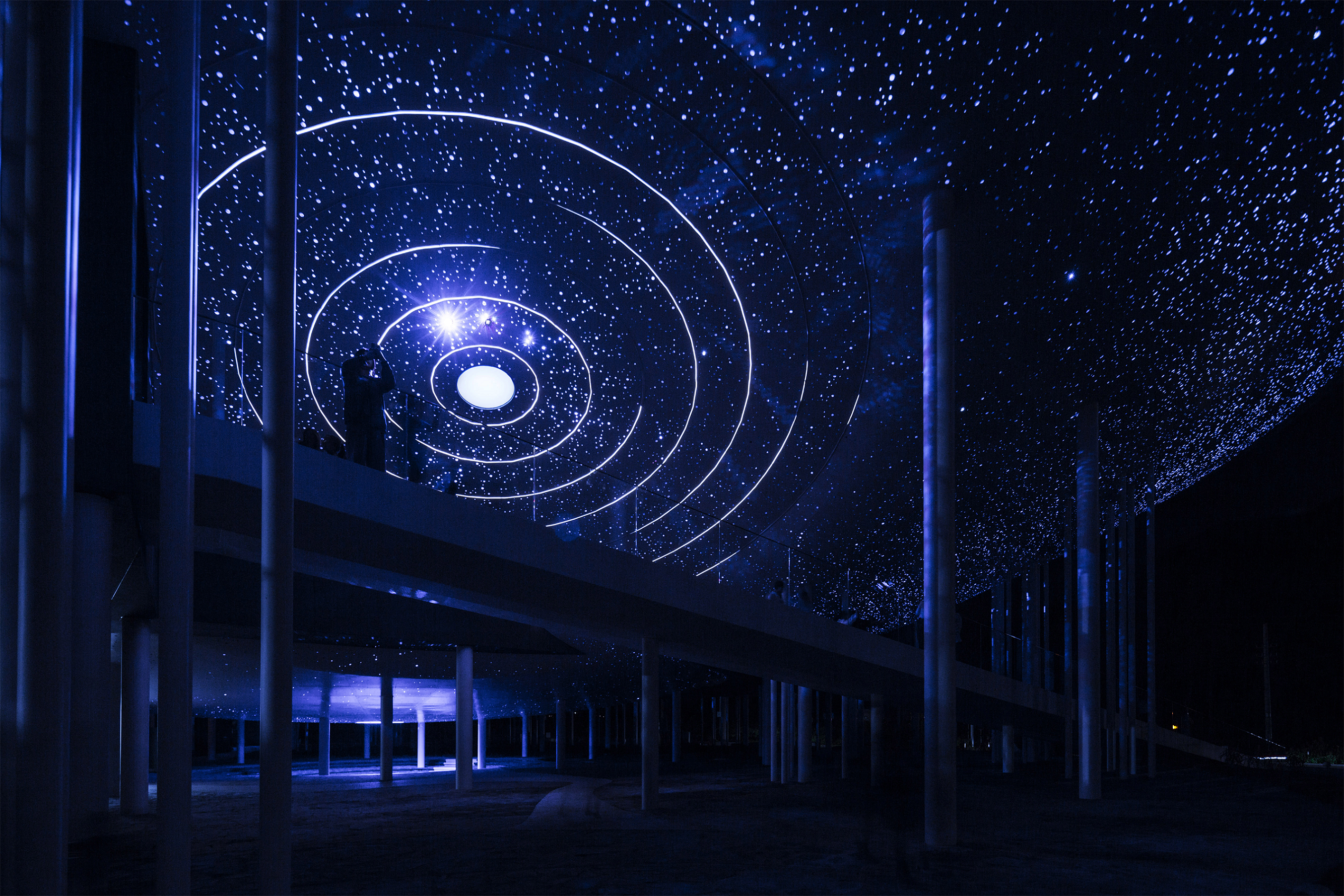
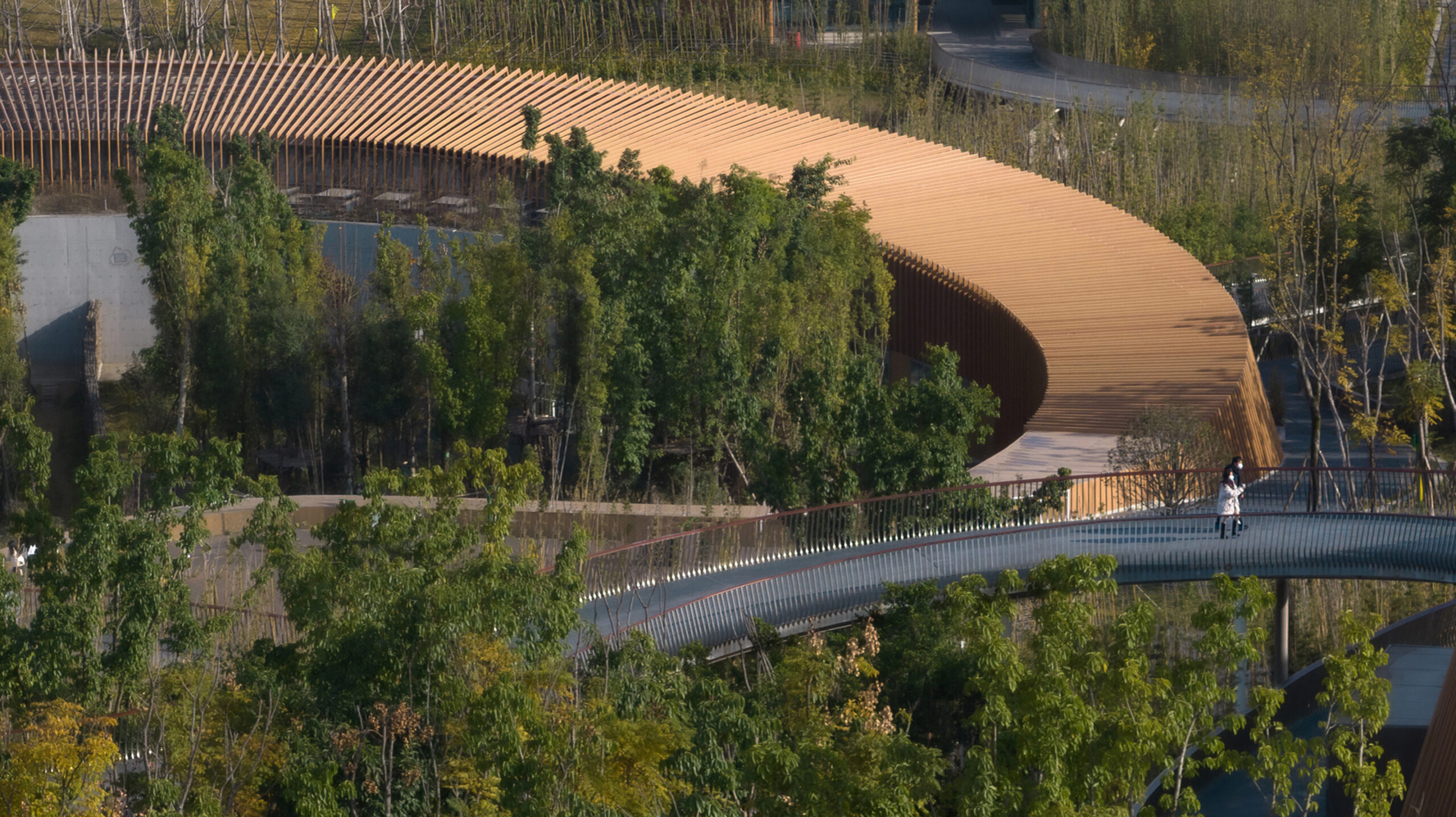
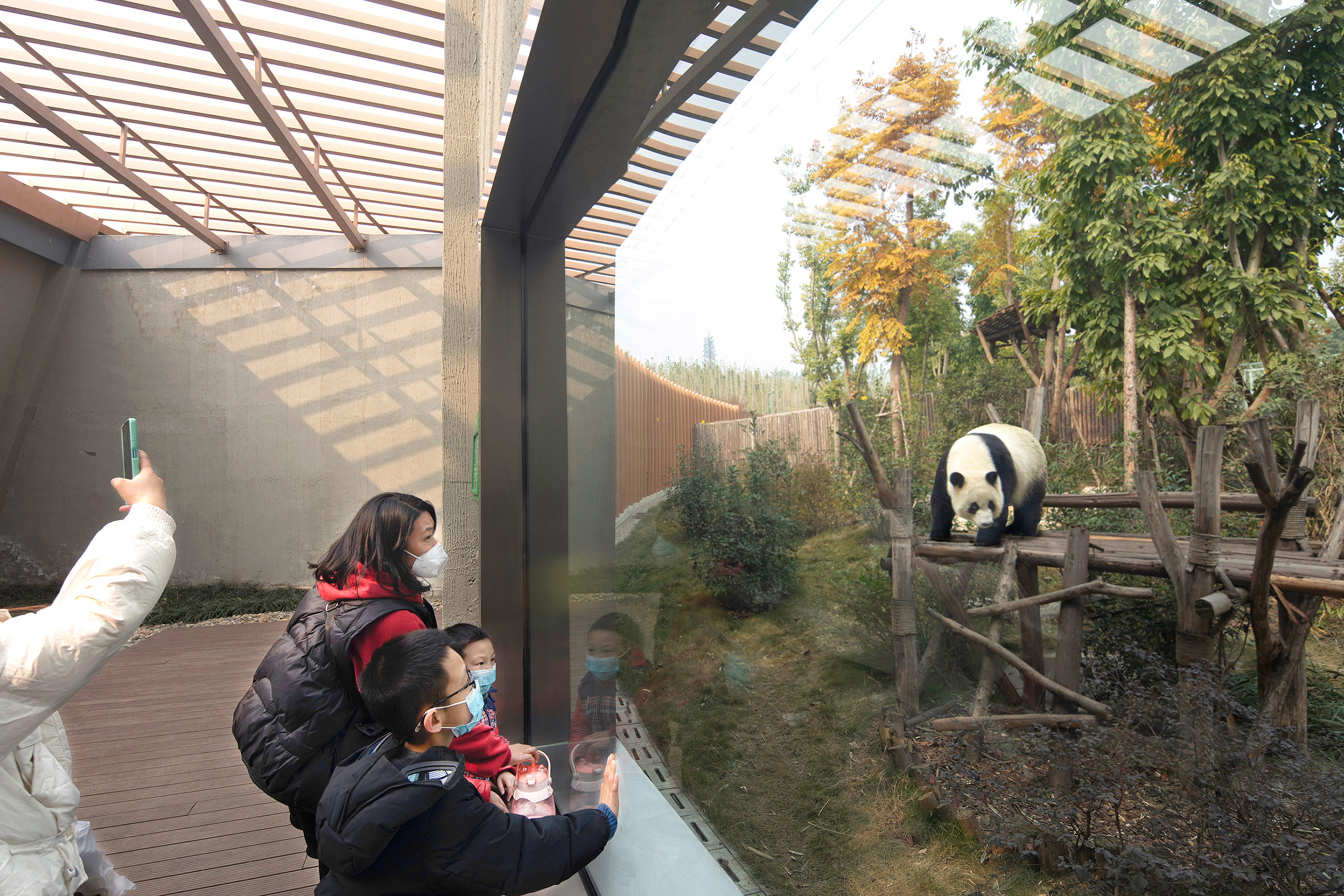 Chengdu is the home of the beloved Giant Panda and the National Giant Panda Research and Breeding Center. Showcasing their commitment to preservation, the latest expansion of the center includes four new panda pavilions designed to feel like they are part of the natural landscape. These pavilions feature open-air circular courtyards that serve as outdoor playgrounds for the pandas, while visitors can observe and learn about their behavior without disturbing the animals.
Chengdu is the home of the beloved Giant Panda and the National Giant Panda Research and Breeding Center. Showcasing their commitment to preservation, the latest expansion of the center includes four new panda pavilions designed to feel like they are part of the natural landscape. These pavilions feature open-air circular courtyards that serve as outdoor playgrounds for the pandas, while visitors can observe and learn about their behavior without disturbing the animals.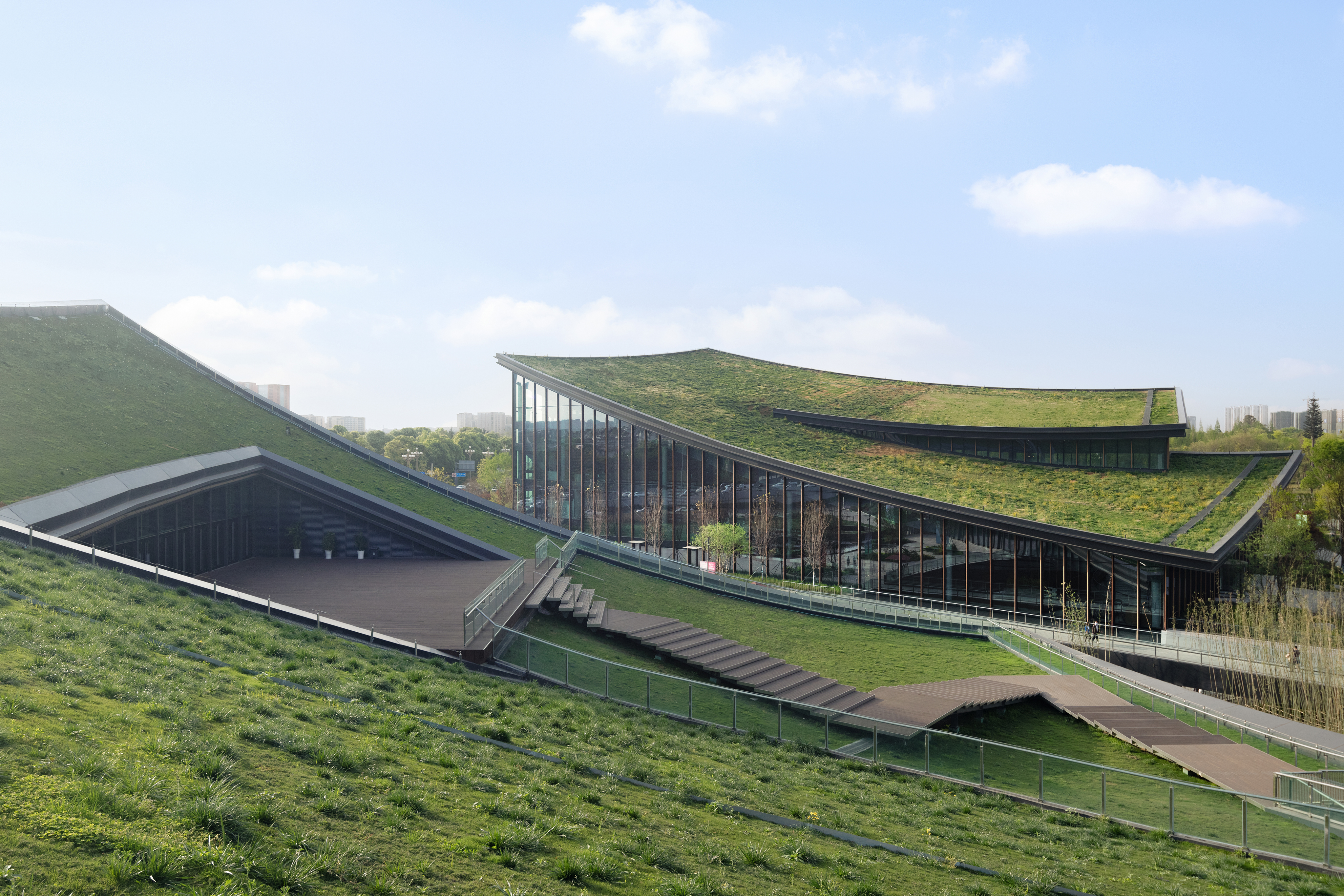
 Tianfu Art Park in Chengdu features the Chengdu Museum of Contemporary Art and the Tianfu Library of Humanity and Art. The park’s stunning curved roofs mimic the nearby mountains, creating a breathtaking skyline.
Tianfu Art Park in Chengdu features the Chengdu Museum of Contemporary Art and the Tianfu Library of Humanity and Art. The park’s stunning curved roofs mimic the nearby mountains, creating a breathtaking skyline.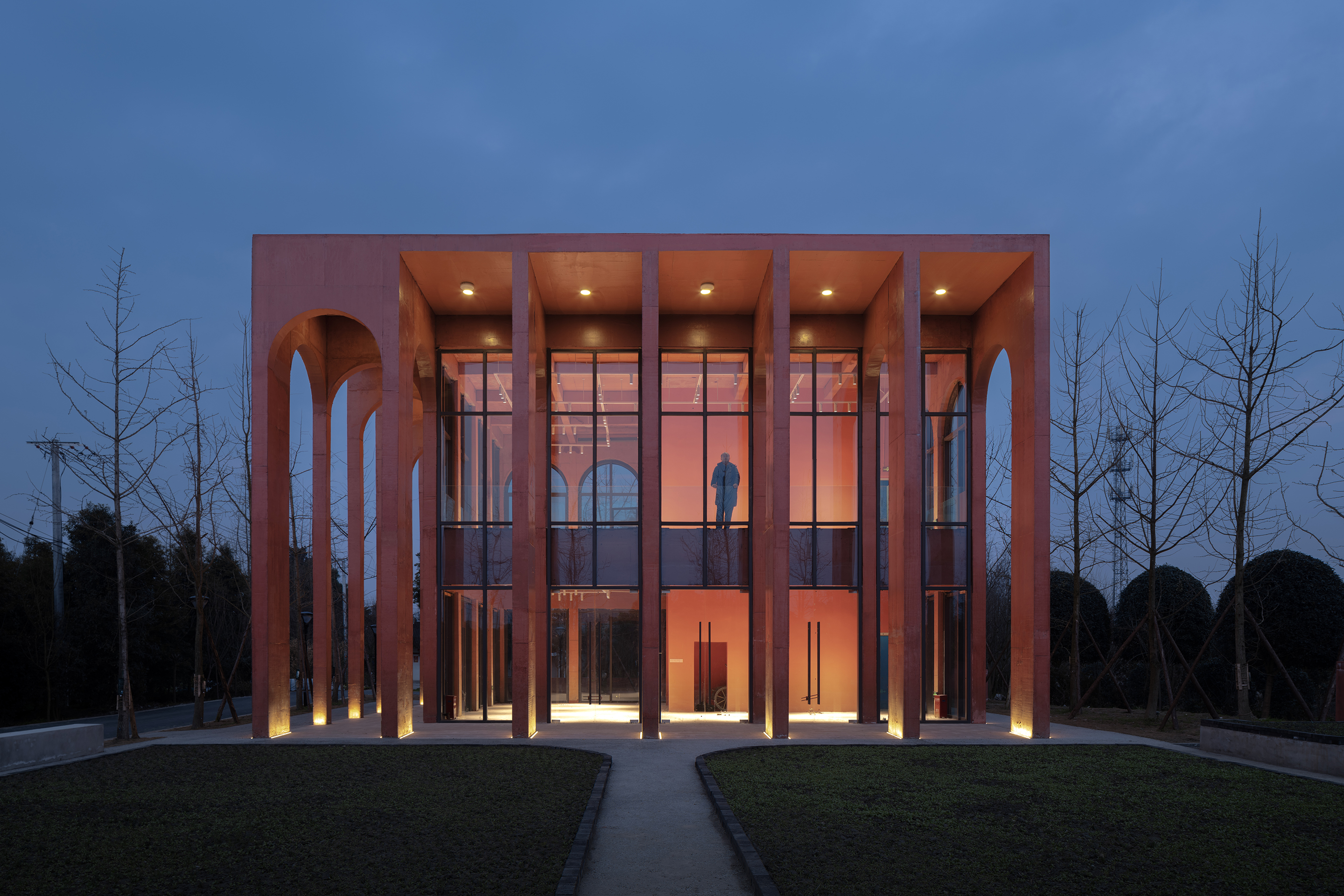
 Drawing inspiration from traditional Sichuan verandas, the design of this courier station (that serves both tourists and locals) reinterprets it with contemporary aesthetics. The building features a double-height semi-enclosed area, providing ample natural light and a multifunctional space for social interaction. This project is a key part of the rural revitalization effort, creating a flexible and inviting communal area.
Drawing inspiration from traditional Sichuan verandas, the design of this courier station (that serves both tourists and locals) reinterprets it with contemporary aesthetics. The building features a double-height semi-enclosed area, providing ample natural light and a multifunctional space for social interaction. This project is a key part of the rural revitalization effort, creating a flexible and inviting communal area. This pavilion spans a historical site of over 2300 years and offers a prime vantage point overlooking the Eastern New Urban District and Three Forks Lake. Inspired by bamboo culture, the design incorporates elements of bamboo shoot towers, reinterpreting traditional Chinese pavilions with inclined supports that resemble bamboo shoots. The structure uses locally sourced materials, including high-performance bamboo-based fiber composite, promoting local employment and sustainable building practices.
This pavilion spans a historical site of over 2300 years and offers a prime vantage point overlooking the Eastern New Urban District and Three Forks Lake. Inspired by bamboo culture, the design incorporates elements of bamboo shoot towers, reinterpreting traditional Chinese pavilions with inclined supports that resemble bamboo shoots. The structure uses locally sourced materials, including high-performance bamboo-based fiber composite, promoting local employment and sustainable building practices.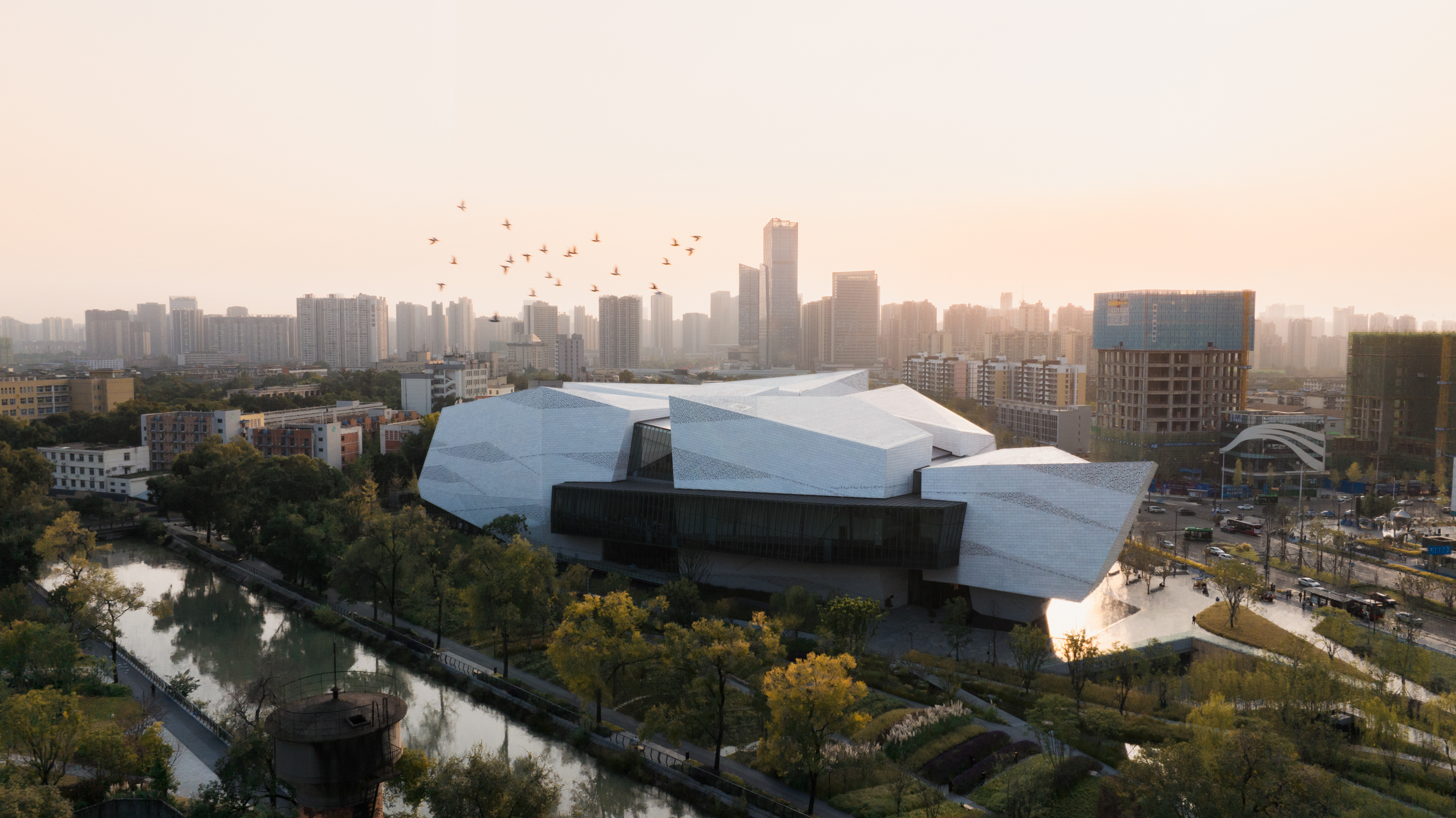
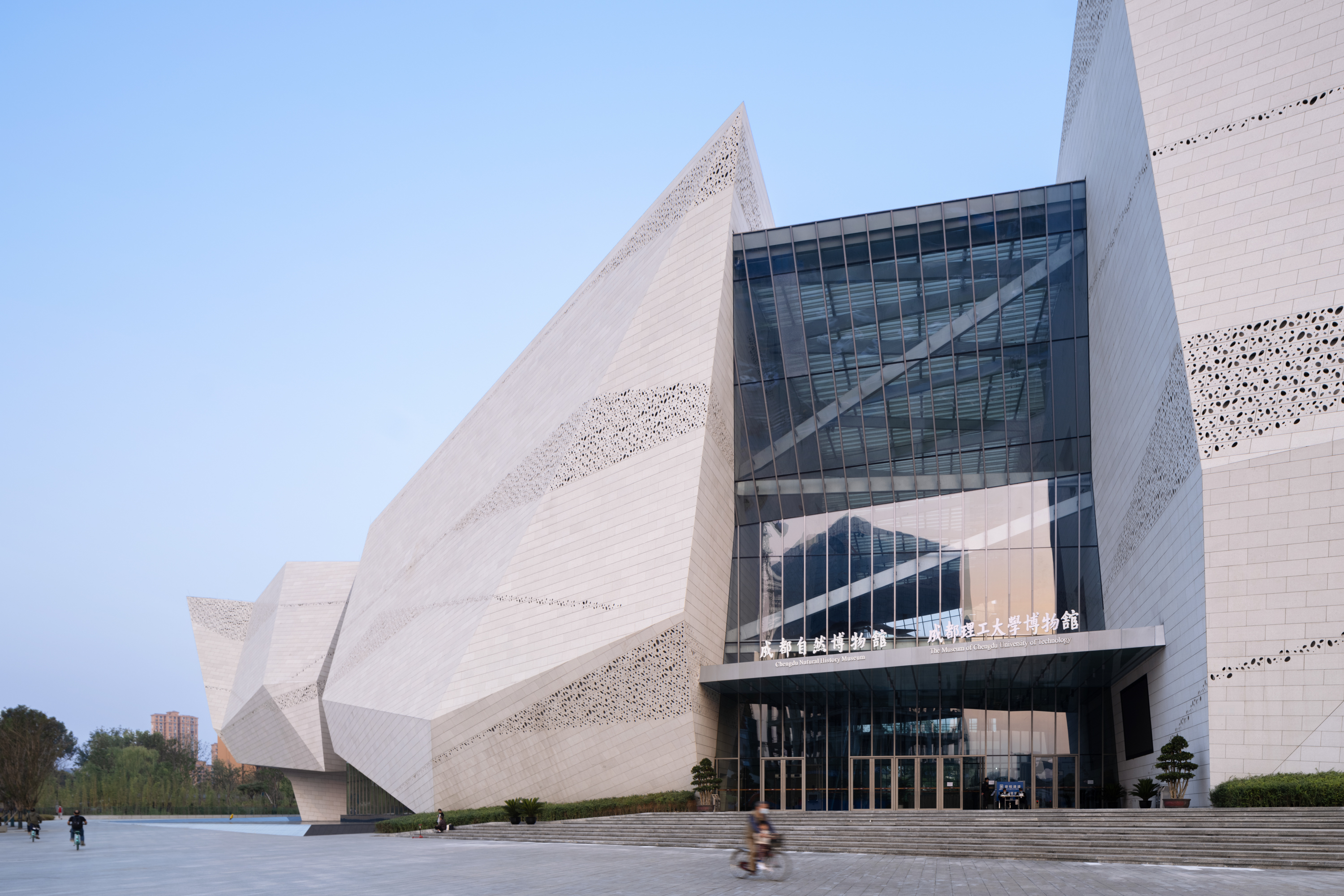 This 538,195-square-foot (50,000-square-meter) museum celebrates Chengdu’s modern ethos and historical legacy with expansive exhibits, public spaces and educational facilities. The design reflects the region’s geological history with dramatic forms that mimic volcanic activity and tectonic shifts. The exterior granite surface features organic perforations, creating a striking visual effect that resembles daylight on mountain snow. Inside, sculpted wooden bridges evoke Chengdu’s ancient water passages, while outside, indigenous plants and waterways create an immersive natural experience.
This 538,195-square-foot (50,000-square-meter) museum celebrates Chengdu’s modern ethos and historical legacy with expansive exhibits, public spaces and educational facilities. The design reflects the region’s geological history with dramatic forms that mimic volcanic activity and tectonic shifts. The exterior granite surface features organic perforations, creating a striking visual effect that resembles daylight on mountain snow. Inside, sculpted wooden bridges evoke Chengdu’s ancient water passages, while outside, indigenous plants and waterways create an immersive natural experience.
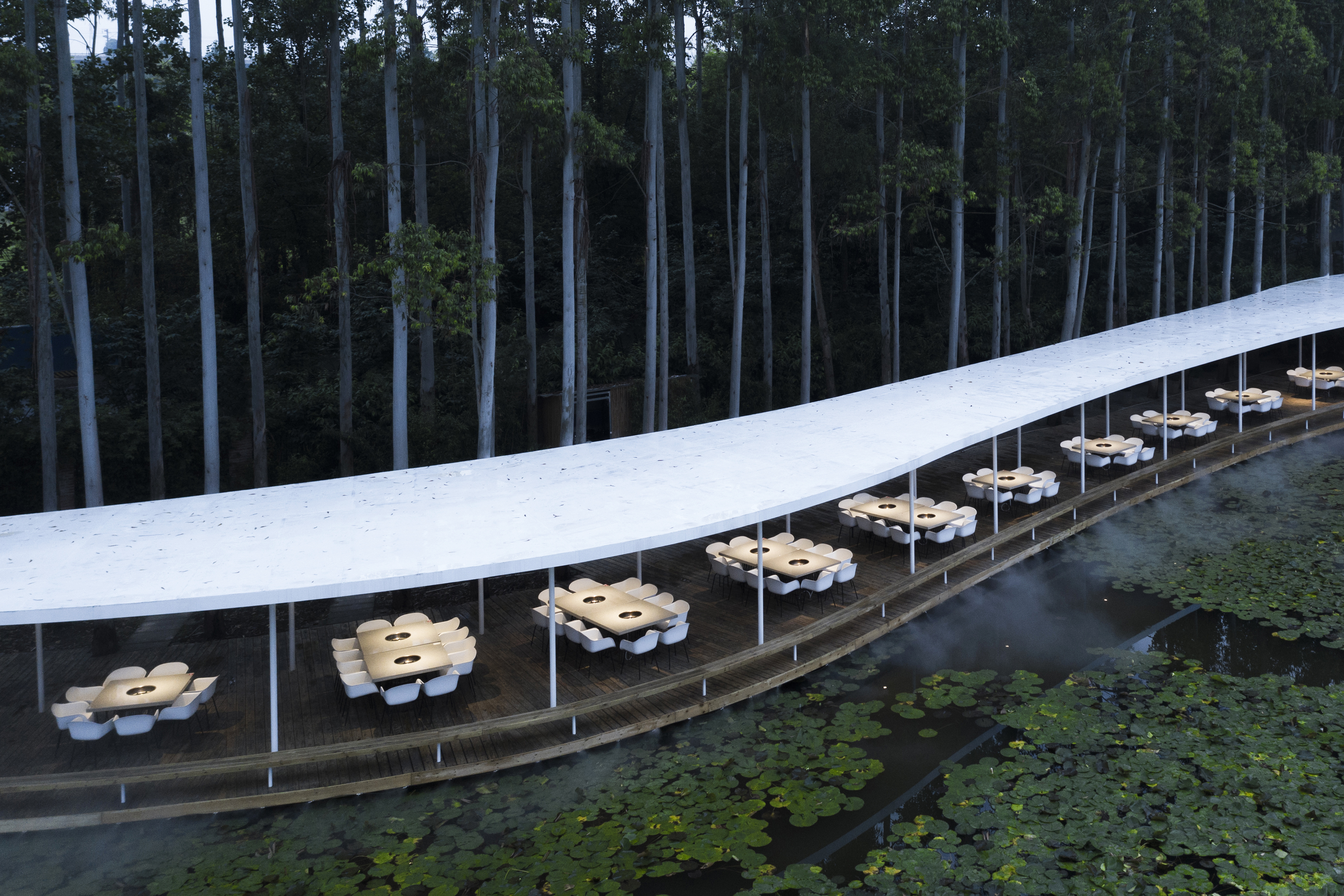 Tucked away in Chengdu’s “green lung,” this unique restaurant offers visitors the perfect spot to enjoy good food and great design. Inspired by the organic shapes of the eucalyptus forest and nearby lotus pond, the restaurant eliminates traditional walls, using pillars and open platforms to immerse diners in nature. The free-flowing roof curves and tree-integrated structure evoke the steam and smoke from boiling hotpots, strengthening the connection between the dining experience and the natural environment.
Tucked away in Chengdu’s “green lung,” this unique restaurant offers visitors the perfect spot to enjoy good food and great design. Inspired by the organic shapes of the eucalyptus forest and nearby lotus pond, the restaurant eliminates traditional walls, using pillars and open platforms to immerse diners in nature. The free-flowing roof curves and tree-integrated structure evoke the steam and smoke from boiling hotpots, strengthening the connection between the dining experience and the natural environment.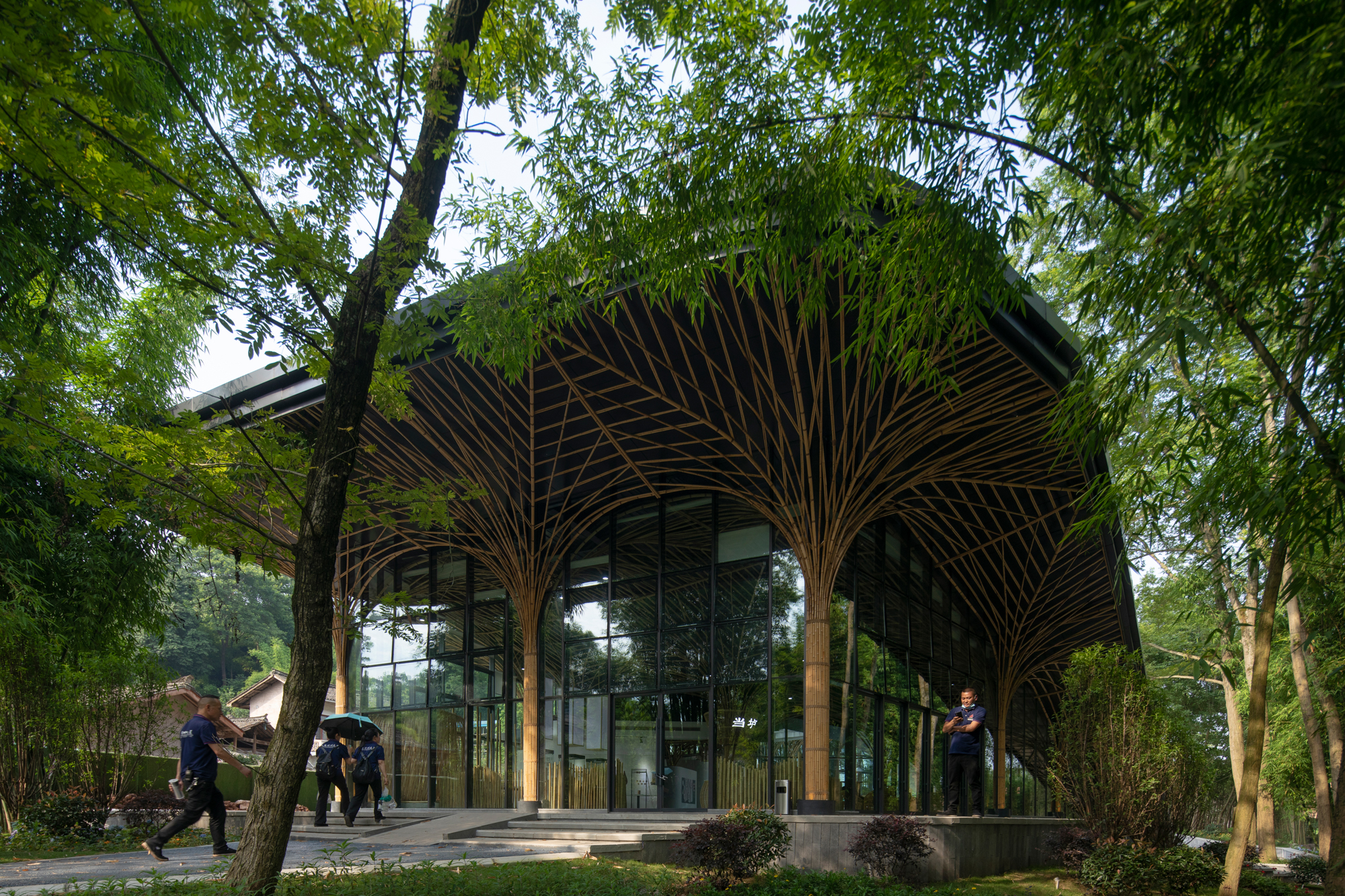
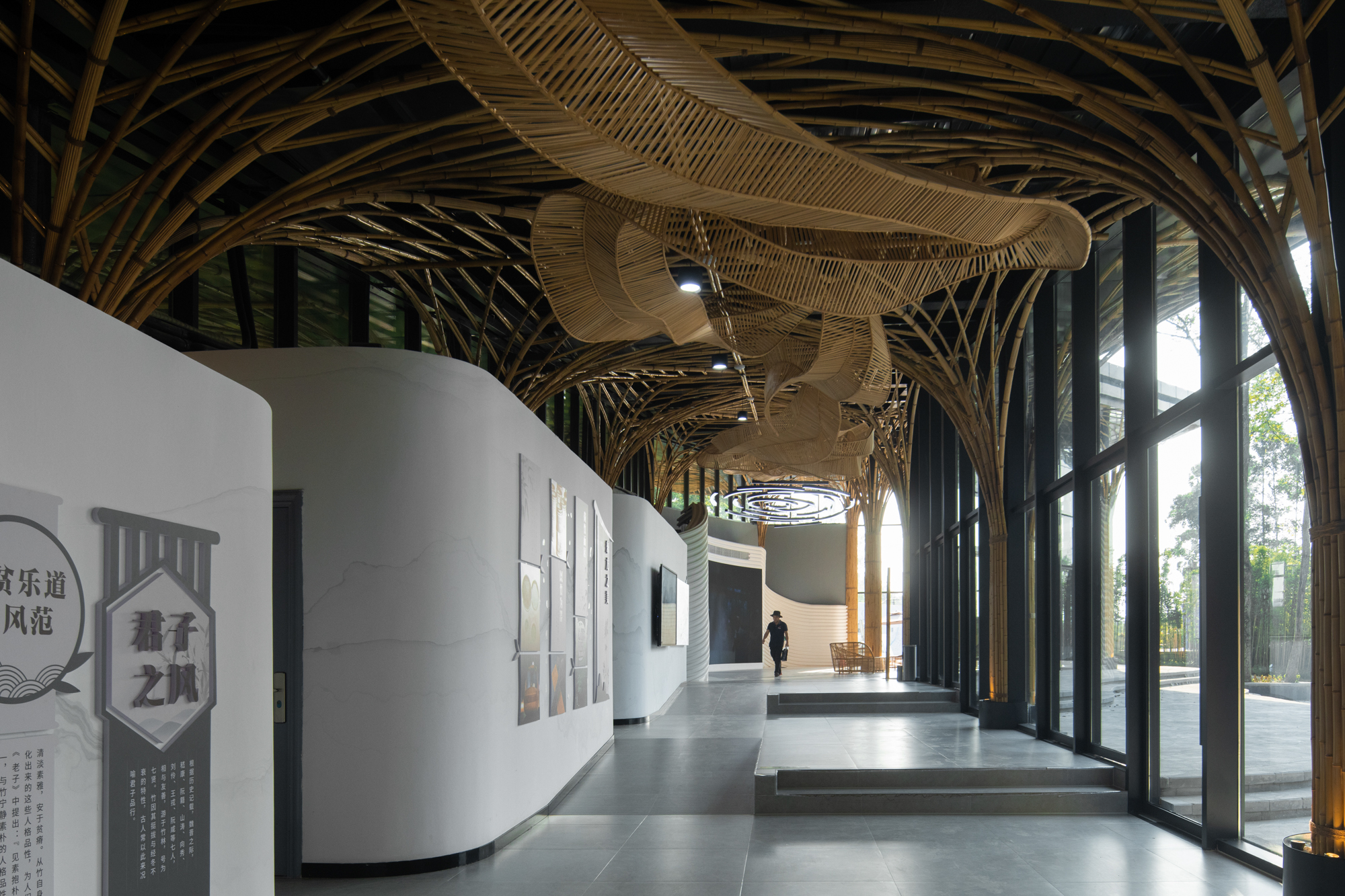 This project is all about bamboo! Located near a vast bamboo forest, this pavilion highlights the beauty of the material in its design. It serves multiple purposes: a visitor center, a workshop for local crafts and a village gathering place. The pavilion features two interlocking roofs that form a public courtyard, often used by locals for dancing and events. The overall design gives visitors the sensation of walking through a bamboo forest.
This project is all about bamboo! Located near a vast bamboo forest, this pavilion highlights the beauty of the material in its design. It serves multiple purposes: a visitor center, a workshop for local crafts and a village gathering place. The pavilion features two interlocking roofs that form a public courtyard, often used by locals for dancing and events. The overall design gives visitors the sensation of walking through a bamboo forest.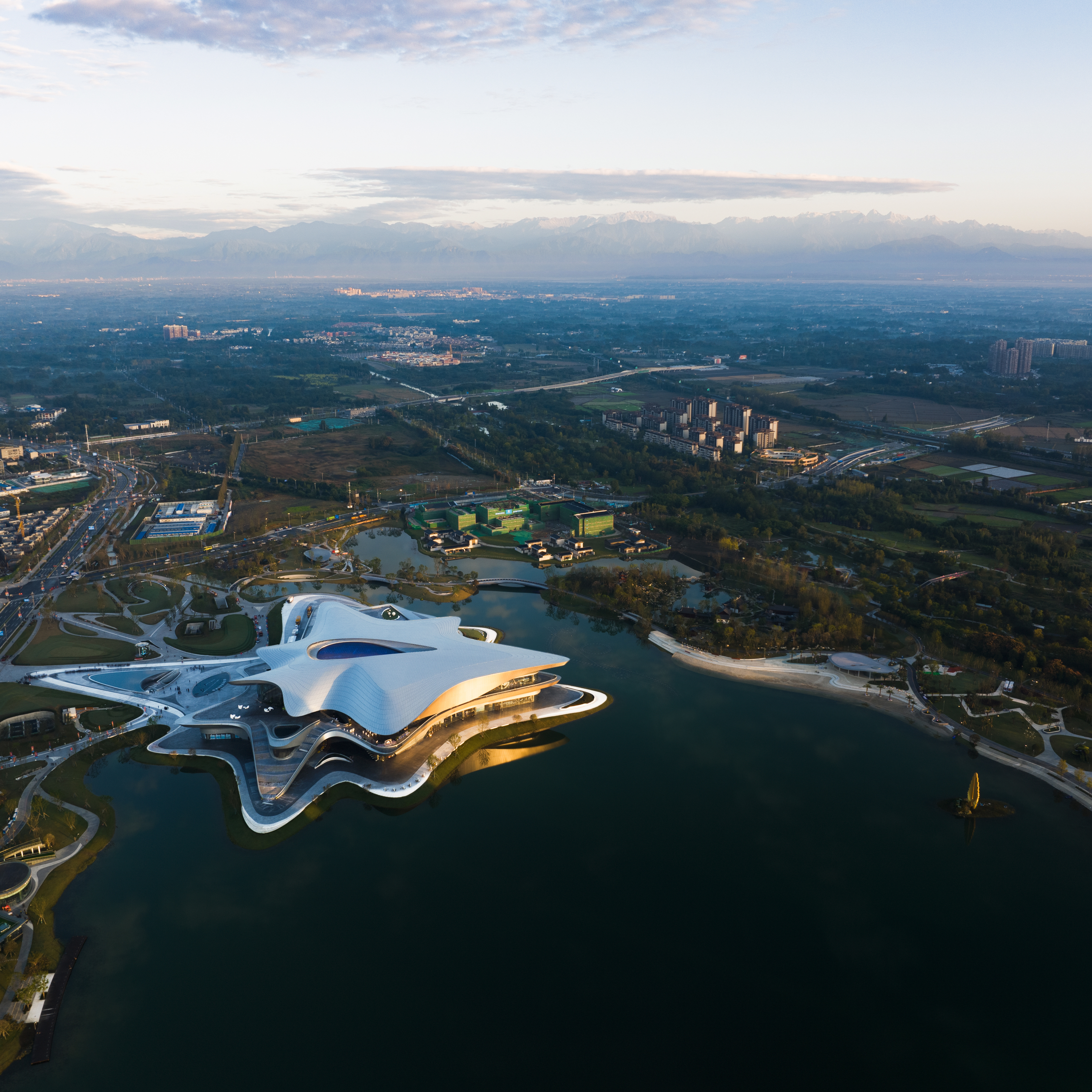
 Another fun fact about Chengdu is that it’s actually China’s leading incubator of science fiction. Showcasing the city’s contribution to the genre’s evolution and popularity, the new Chengdu Science Fiction Museum opened by hosting the World Science Fiction Convention (Worldcon) and Hugo Awards for the first time in China.
Another fun fact about Chengdu is that it’s actually China’s leading incubator of science fiction. Showcasing the city’s contribution to the genre’s evolution and popularity, the new Chengdu Science Fiction Museum opened by hosting the World Science Fiction Convention (Worldcon) and Hugo Awards for the first time in China.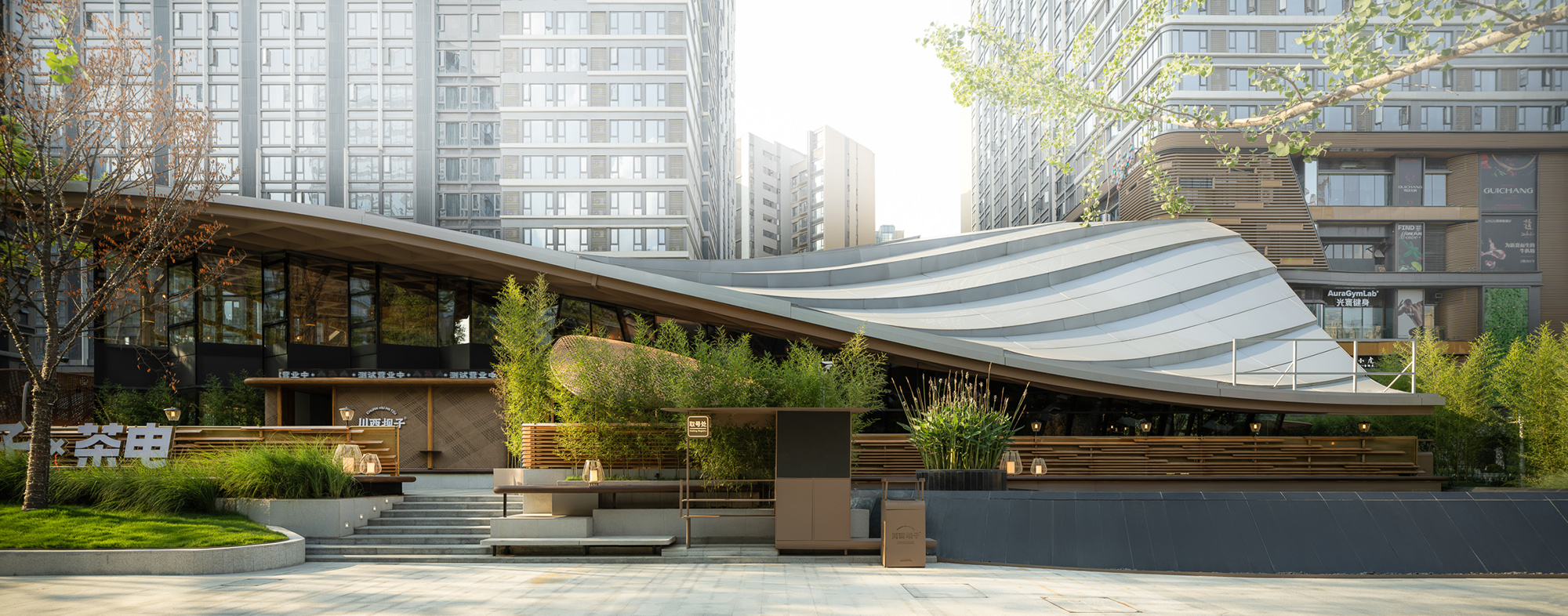
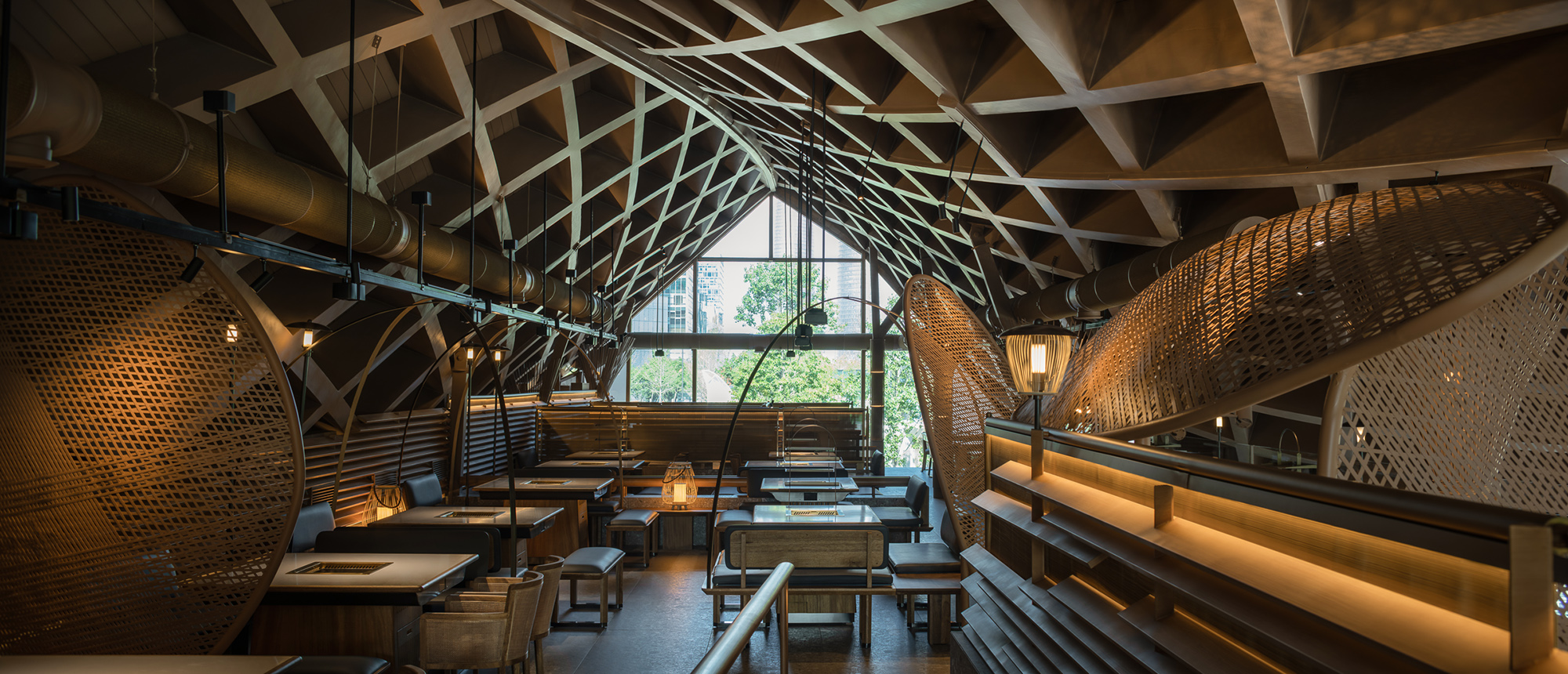 If you want to try Chengdu’s signature traditional food in a uniquely designed space, this is the place to be. The teahouse retains the original slanted roof and incorporates bamboo-woven elements like awnings and screens. The layout creates an uninterrupted connection between the indoor and outdoor spaces, offering an engaging and traditional dining experience.
If you want to try Chengdu’s signature traditional food in a uniquely designed space, this is the place to be. The teahouse retains the original slanted roof and incorporates bamboo-woven elements like awnings and screens. The layout creates an uninterrupted connection between the indoor and outdoor spaces, offering an engaging and traditional dining experience.
 Serving as the entry to the Luxe Lake development, this center combines art, theater and dining into one cohesive space. Inspired by Chinese culture and the Sichuan landscape, the design mimics the movement of a dragon, with the structure descending from the hills to meet the lake.
Serving as the entry to the Luxe Lake development, this center combines art, theater and dining into one cohesive space. Inspired by Chinese culture and the Sichuan landscape, the design mimics the movement of a dragon, with the structure descending from the hills to meet the lake.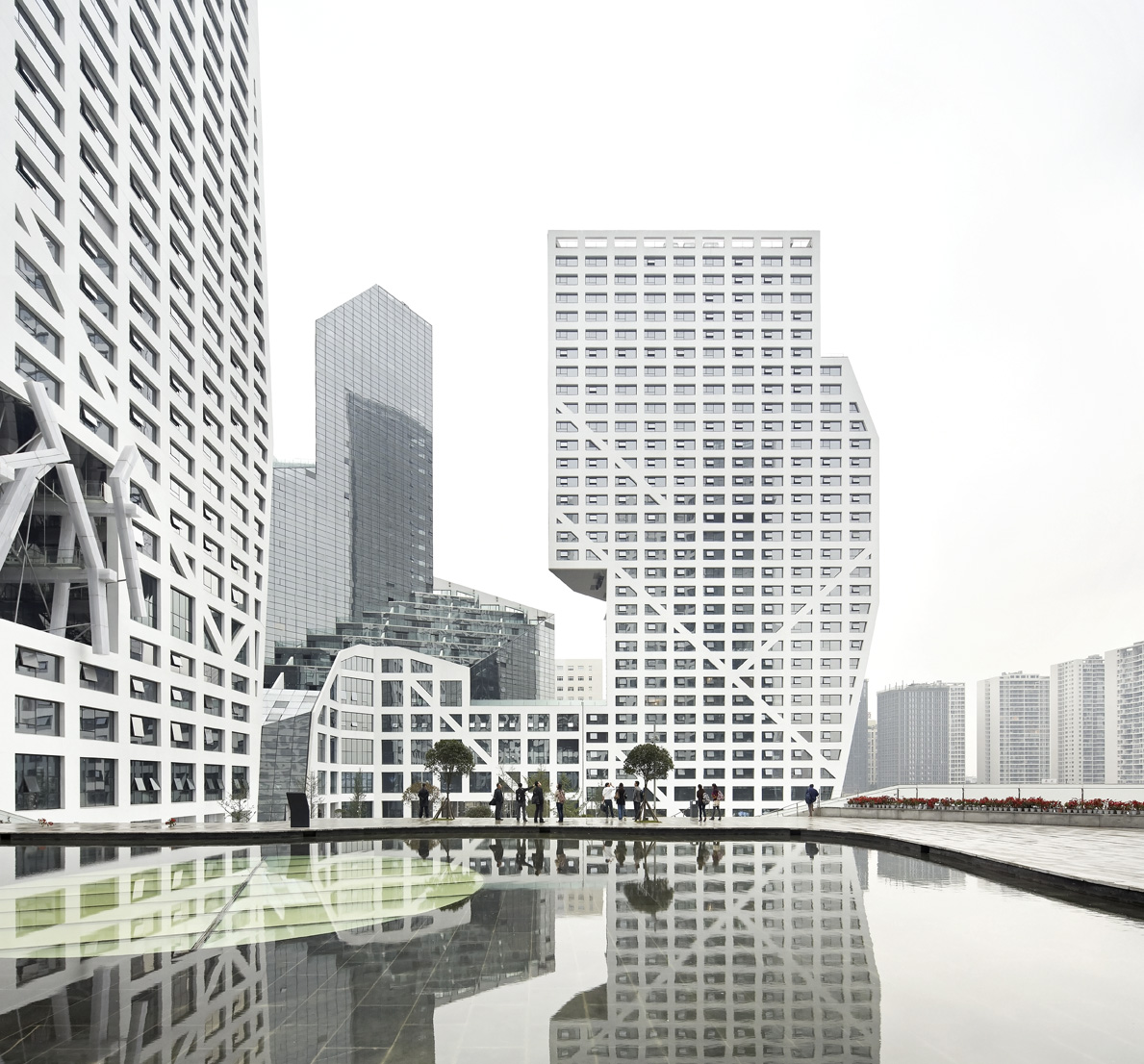
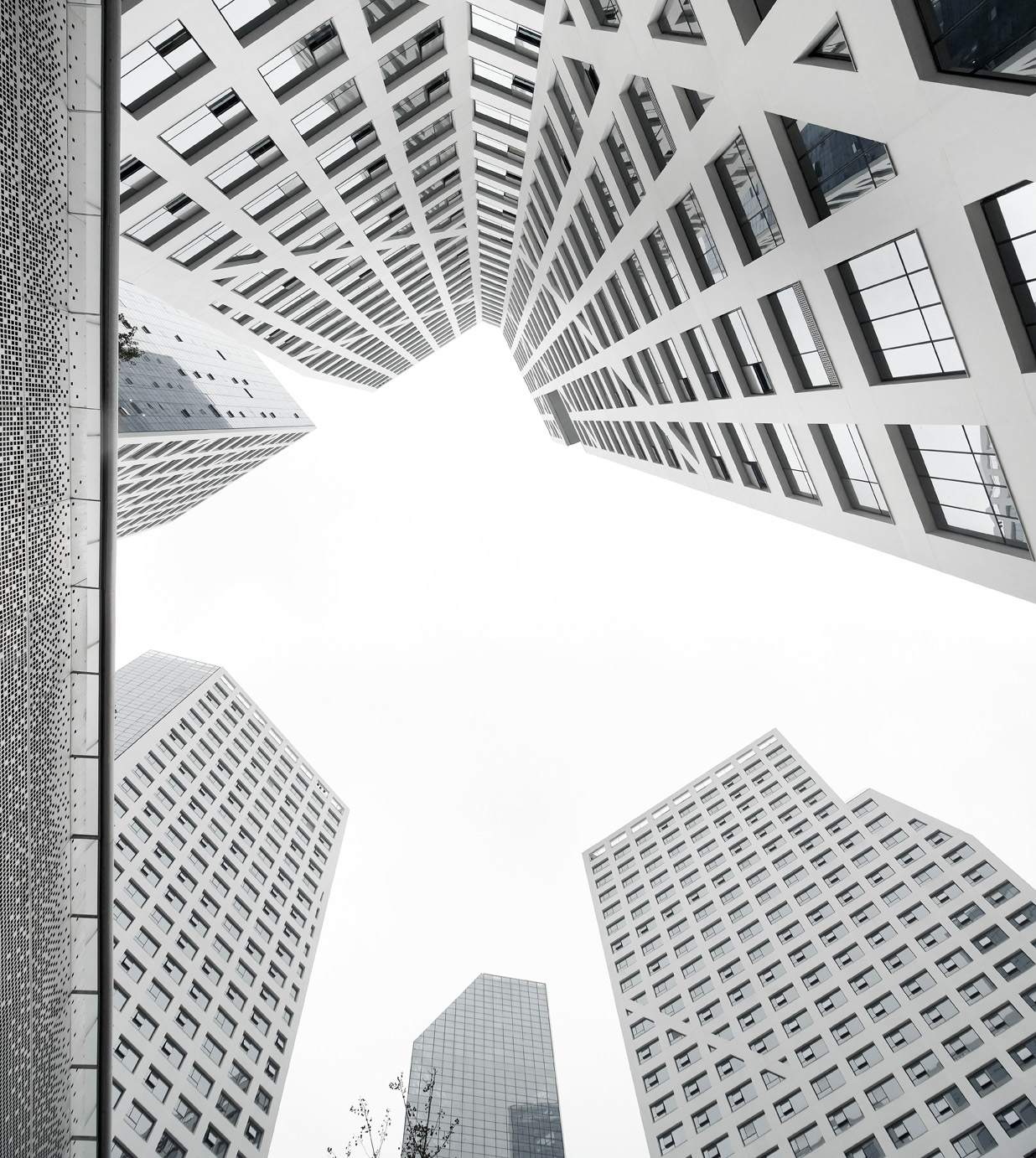 This complex stands out with its sun-sliced geometry, maximizing natural light throughout its structure. The design includes urban terraces, cascading pools and green roofs, creating vibrant public spaces inspired by Du Fu’s poetry. Sustainable elements like geothermal heating and rainwater harvesting make it a forward-thinking landmark in Chengdu.
This complex stands out with its sun-sliced geometry, maximizing natural light throughout its structure. The design includes urban terraces, cascading pools and green roofs, creating vibrant public spaces inspired by Du Fu’s poetry. Sustainable elements like geothermal heating and rainwater harvesting make it a forward-thinking landmark in Chengdu.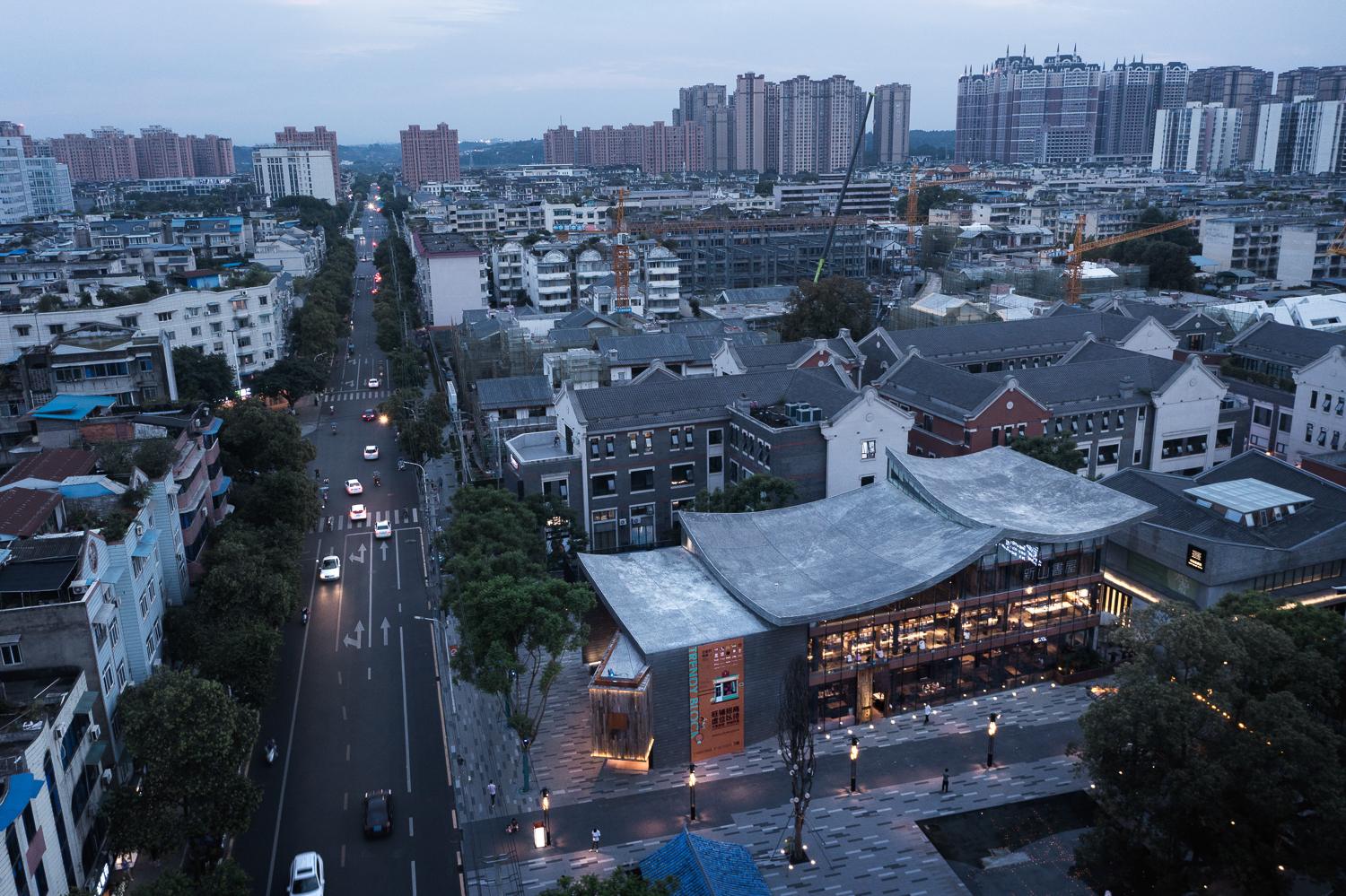
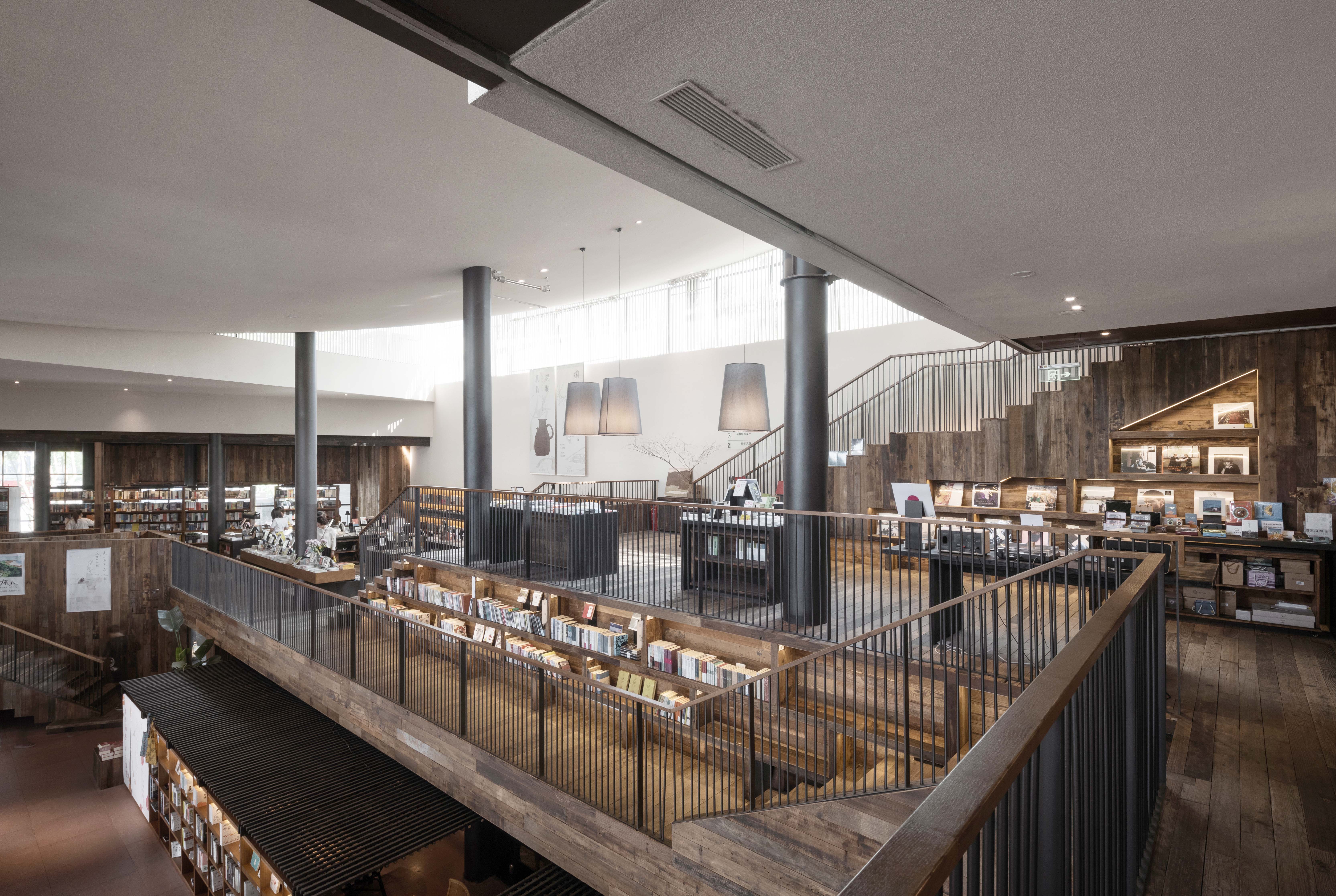 The Xinshan Bookstore is a key part of the historical district’s urban renovation. Featuring a creative design inspired by traditional curvilinear roofs, it does a great job of combining modern and historic aesthetics.
The Xinshan Bookstore is a key part of the historical district’s urban renovation. Featuring a creative design inspired by traditional curvilinear roofs, it does a great job of combining modern and historic aesthetics.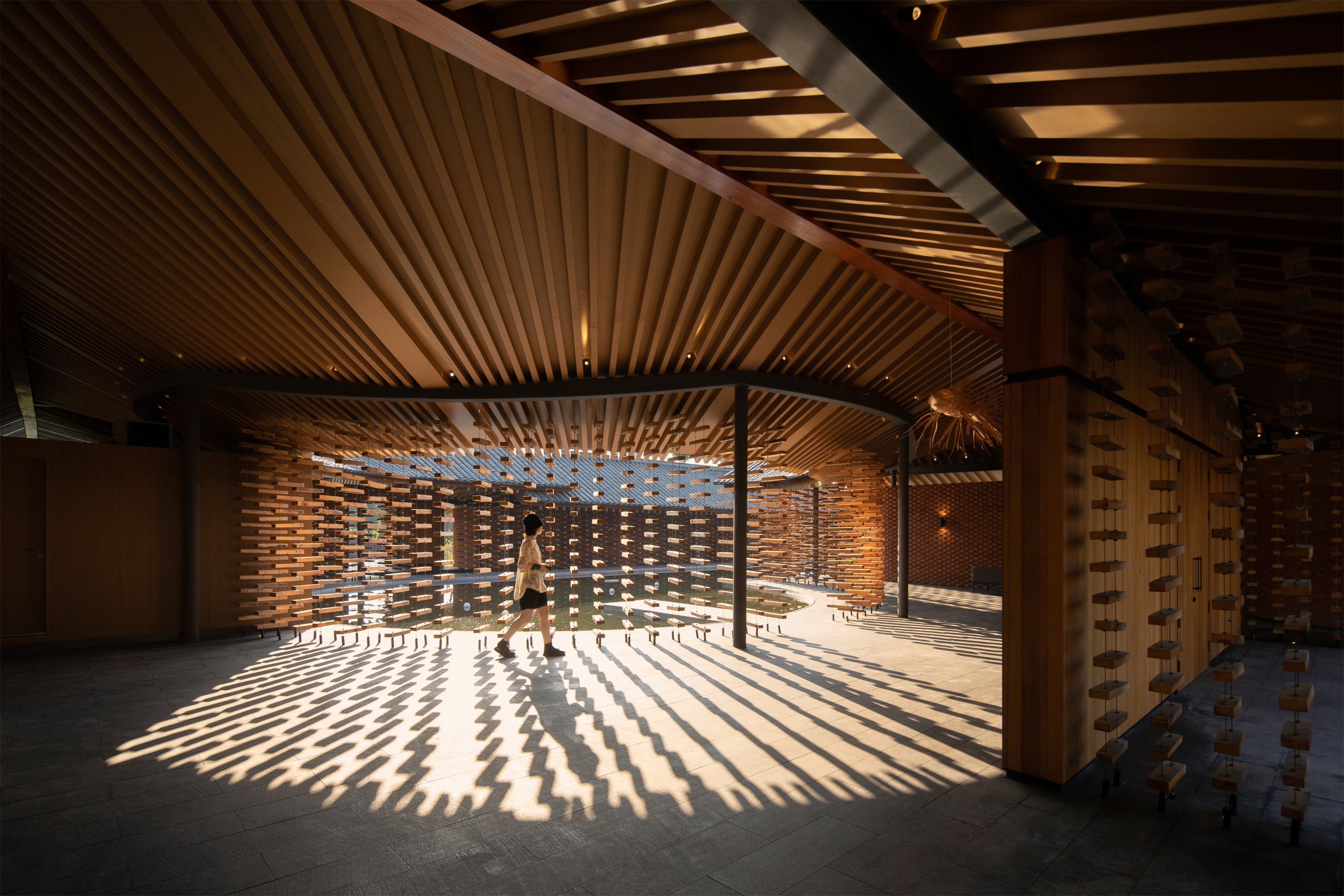 This multifunctional cultural space is located in Anshi Village near Yibin, not too far from Chengdu, making it a perfect day trip destination.
This multifunctional cultural space is located in Anshi Village near Yibin, not too far from Chengdu, making it a perfect day trip destination.
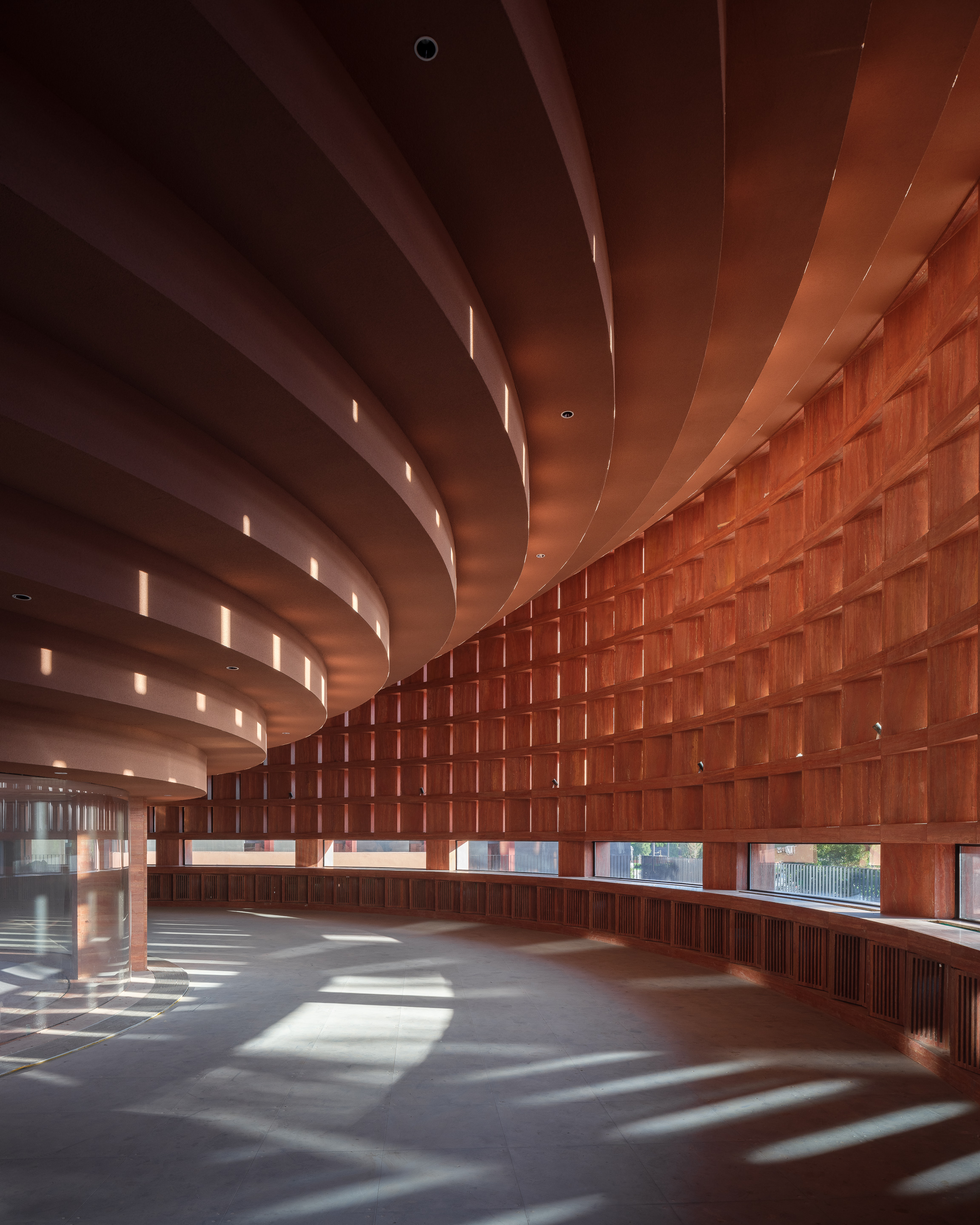 If you find yourself on a day trip from Chengdu to Xi’an, don’t miss the Qujiang Museum of Fine Arts. Neri&Hu’s latest design is envisioned as a new landmark for the city, standing out with its monolithic urban monument concept and subterranean layout.
If you find yourself on a day trip from Chengdu to Xi’an, don’t miss the Qujiang Museum of Fine Arts. Neri&Hu’s latest design is envisioned as a new landmark for the city, standing out with its monolithic urban monument concept and subterranean layout.





























